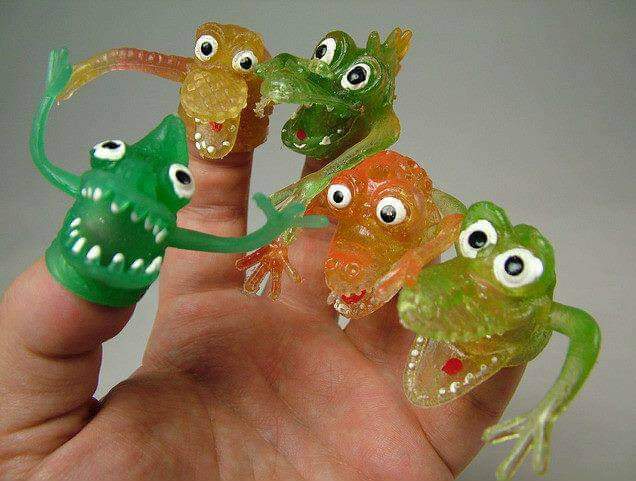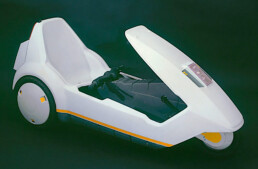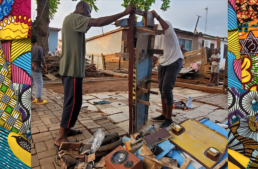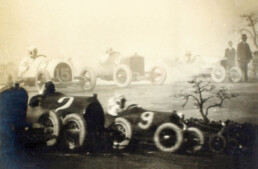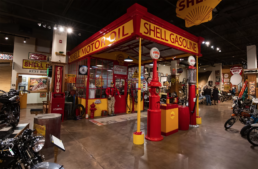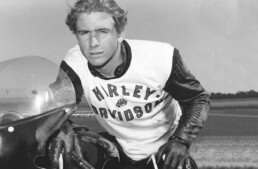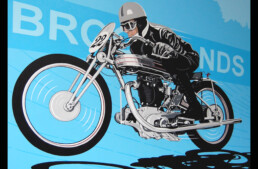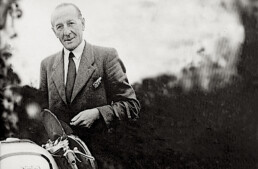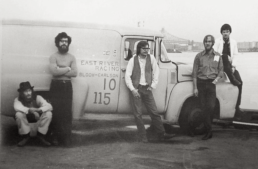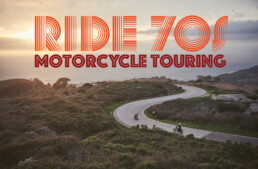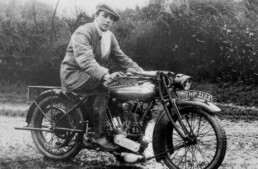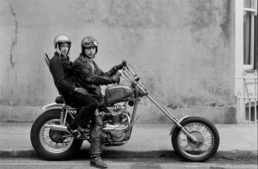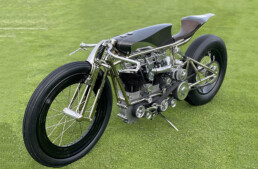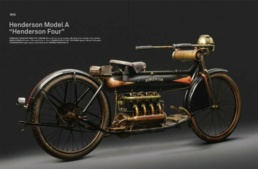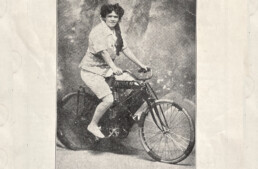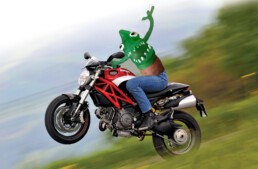Sinclair C5 - the Personal Electric Vehicle
The concept of 'personal electric mobility' has been around for almost 150 years. In fact, the very first patent for a motorcycle (1871) specified an electric motor, from an era when both motors and the batteries to power them had to be built by hand, and were hardly reliable. Give a read to our History of Electric Motorcycles article for some background. While the legacy of electric vehicles in mass transport and industrial use is a century of success (think electric buses, trollies, trains, forklifts, etc), the mass-production of personal electric vehicles has a far spottier and more problematic story. Only in the past ten years has the electric vehicle become truly popular for personal use, but that doesn't mean clever folks haven't tried.
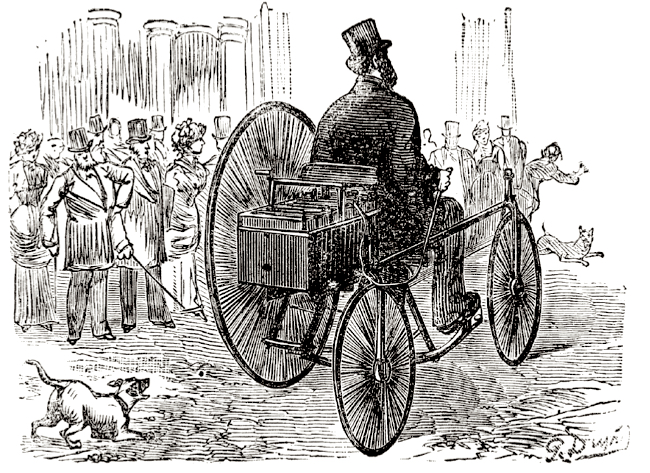
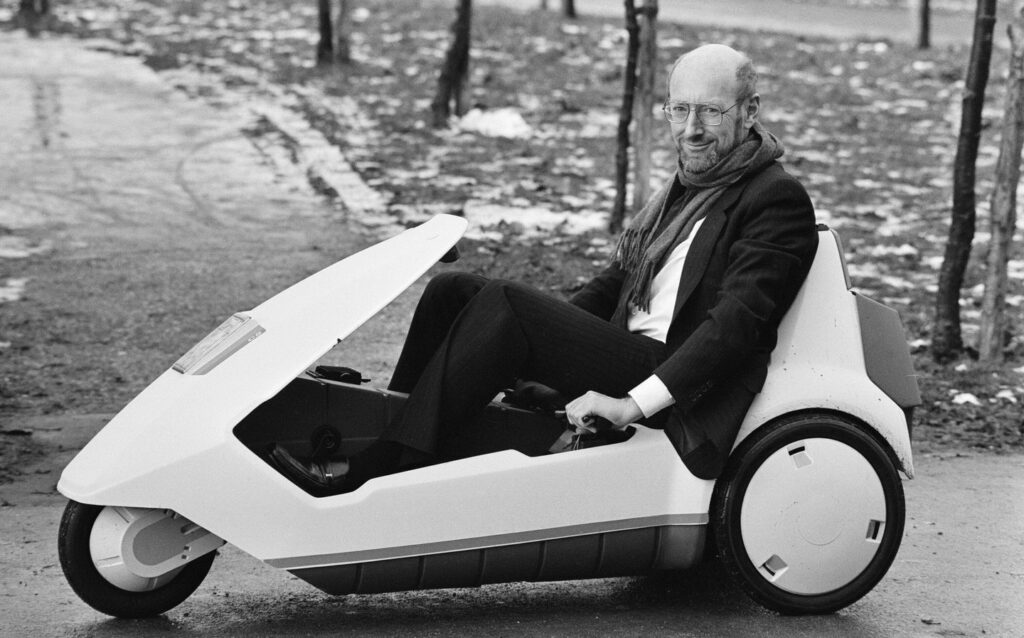
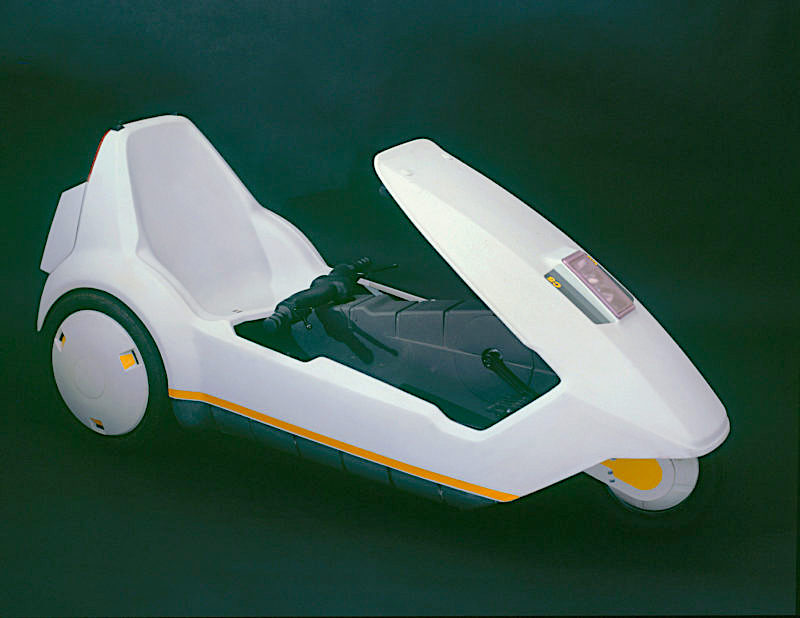
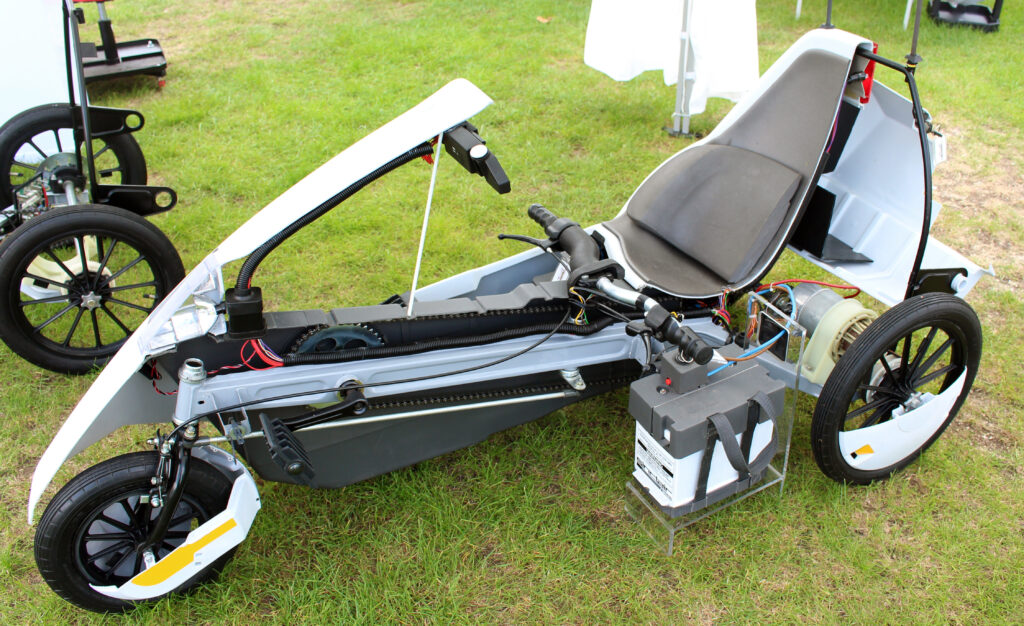
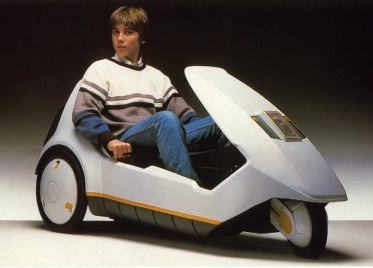
The Sinclair C5 was assembled from major components by different contractors: the plastic body by Linpac, the chassis and gearbox by Lotus, a Phillips motor, Oldham lead-acid battery, etc. A deal was negotiated with a Hoover washing machine facility in Wales to assemble and test the C5, with production slated for 200,000 units/year. Before the January 1985 launch of the C5, 2500 had already been built to deal with anticipated demand.
The Sinclair C5 was launched at a lavish press reception at Alexandra Palace, featuring Stirling Moss. As it was cold, most of the C5s refused to run properly, and ran out of battery very quickly. Press testers taking the C5 out on the road were terrified when they encountered trucks, which could not see them and belched exhaust directly in their faces. There was no weather protection, so testers froze and got wet. In short, the launch was a disaster. And the bad news kept coming, with magazines and newspapers expressing concern about the lack of any safety equipment, the invisibility of the C5 to many drivers, and the lack of training/licensing/helmet requirement for young riders. The 250W electric motor was insufficient for any hill, and the battery ran flat between 6-12 miles, far below the 30-mile claimed range.
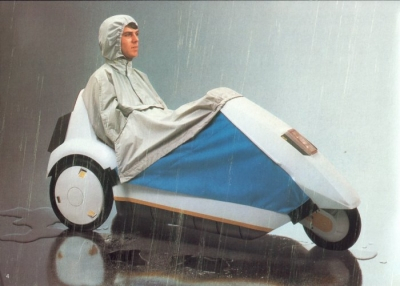
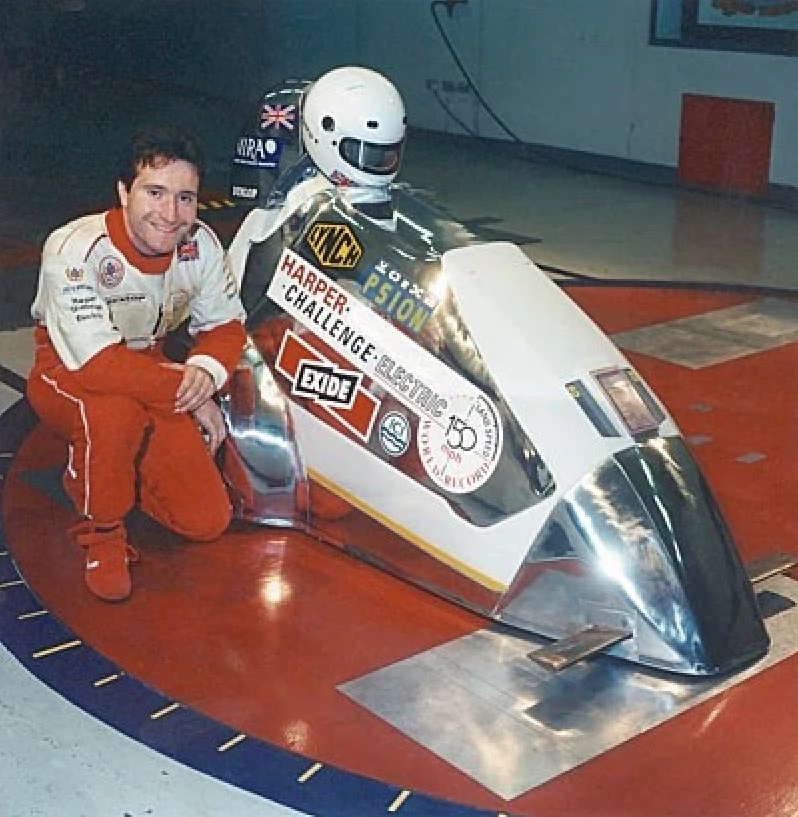

Samuel Aboagye - A Promising Update
We'll expand on this story soon, but much has happened since we installed Samuel Aboagye's Solar Scooter and Solar Taxi in our Electric Revolutionaries exhibit at the Petersen Automotive Museum. The Motor/Cycle Arts Foundation sent team members Dan Green and Greg Hatton to Accra, Ghana, to make a short documentary of Sam's world, which you can see here. Our team was invited to present the story our relationship with Sam at a design conference in Marrakesh, Morocco, by Safir Belali, who teaches at the Art Center College of Design in Pasadena. Two of our team were able to participate in person - Greg Hatton and Nadia Amer - and Paul d'Orléans participated by Zoom. We shared our film of Samuel, and discussed our developing relationship with him, and were then joined by Samuel himself by Zoom, who answered questions from the professional designers and students in attendance. It turned out to be quite a moving presentation, as Samuel has basically has nothing and lives in a very poor community, but created something amazing solely from his ingenuity and resourcefulness.

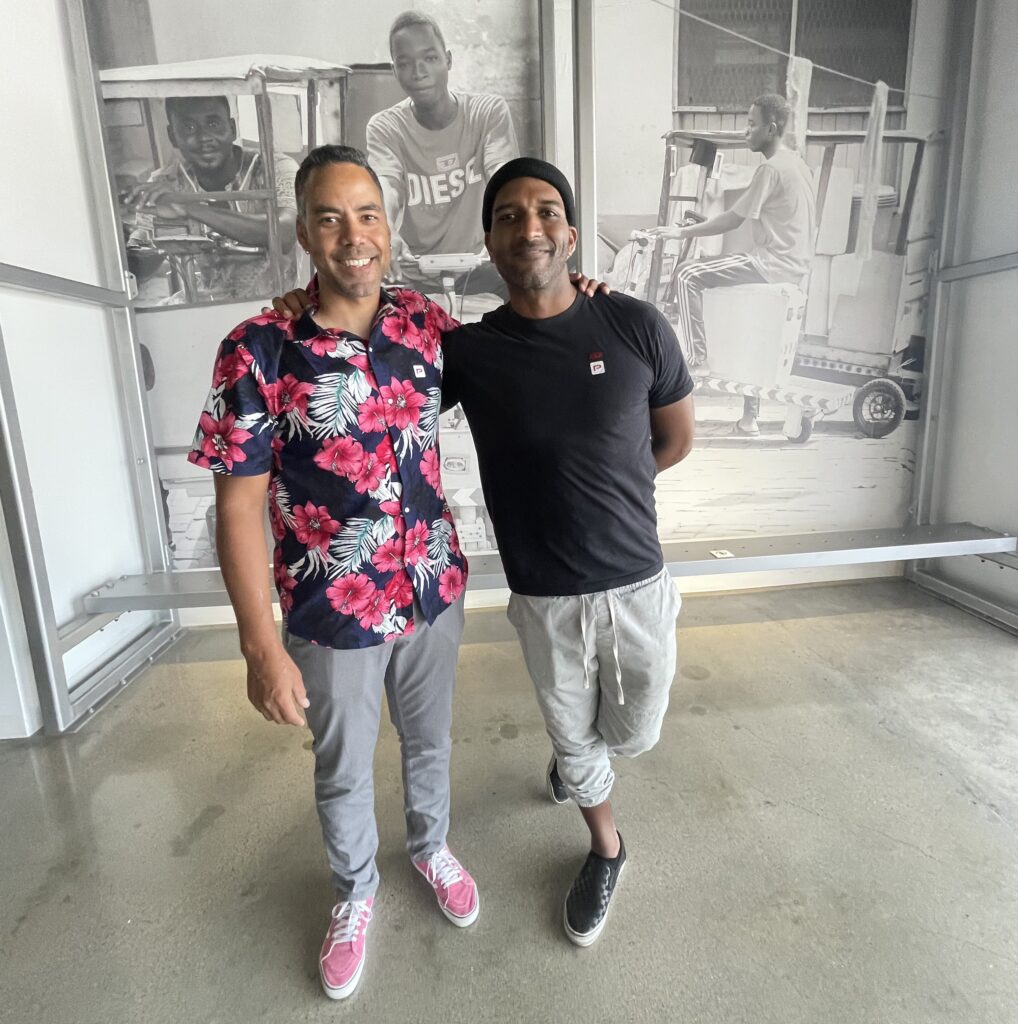
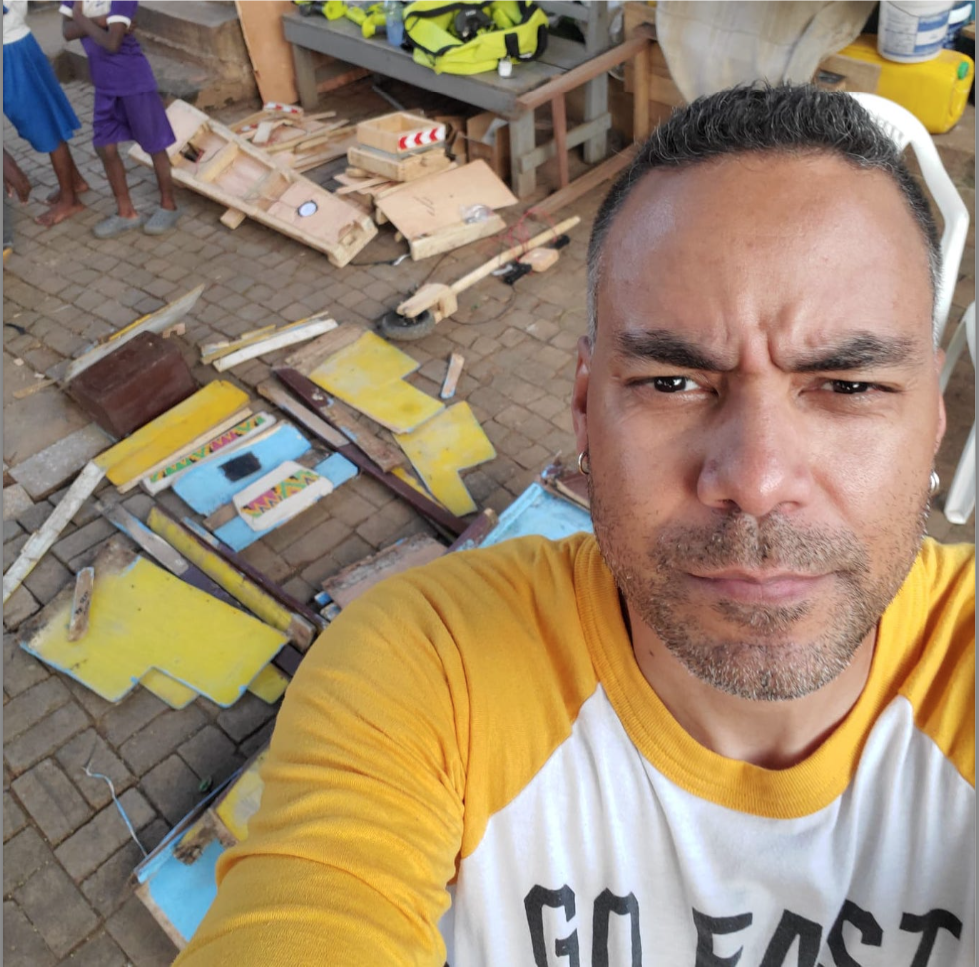
[Dan Green]
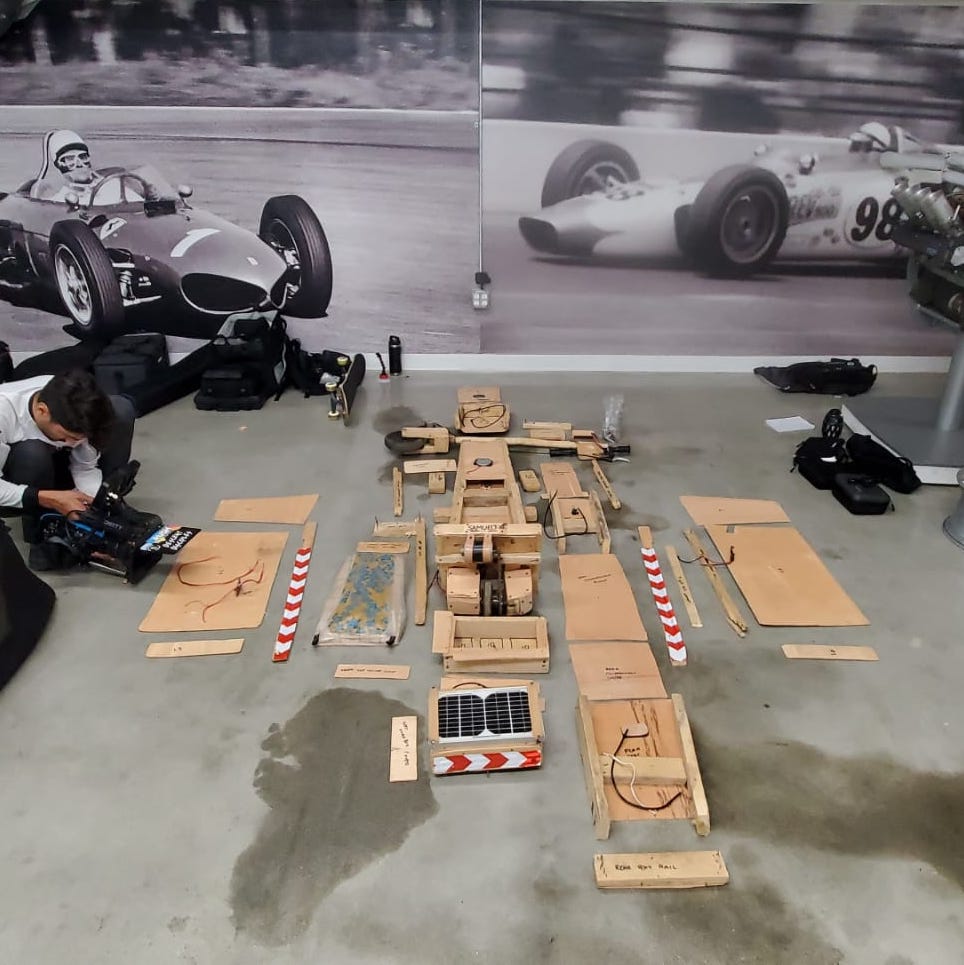
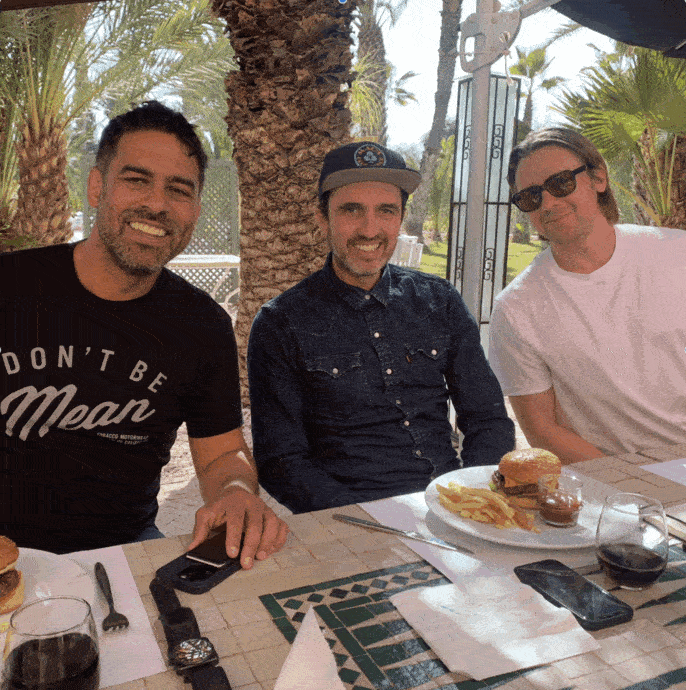

Albert Menasco: Pirate of the Sky
If you were asked to define a swashbuckling life, what would that include? How about motorcycle racing, wing-walking, car racing, working an international carnival circuit, piloting experimental planes, and manufacturing the winningest aero racing engines of the 1930s? There’s only one man with such a resumé: Albert Menasco. And yet, I’d never heard of him until Dr. Robin Tuluie (see our article 'Actually it IS Rocket Science') introduced me to the name via the 1928-ish aero-engine race car he’d built using a Menasco engine, but more on that anon. Curiosity about Menasco revealed he was a quintessentially adventurous American in the ‘Teens, a motor-showman when a cocktail of unbridled enthusiasm, innocence and technical know-how would typically end with you famous, dead, or famously dead. Menasco somehow walked the middle way, and ended as neither, while his legacy and impact continue to this day, nearly unheralded.
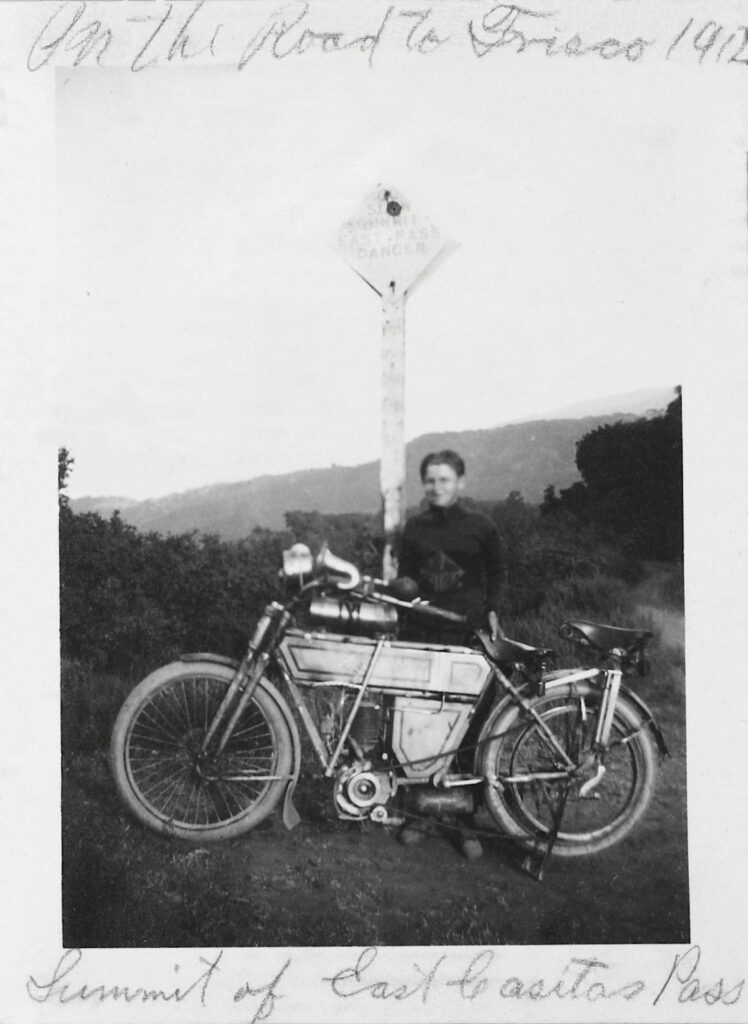
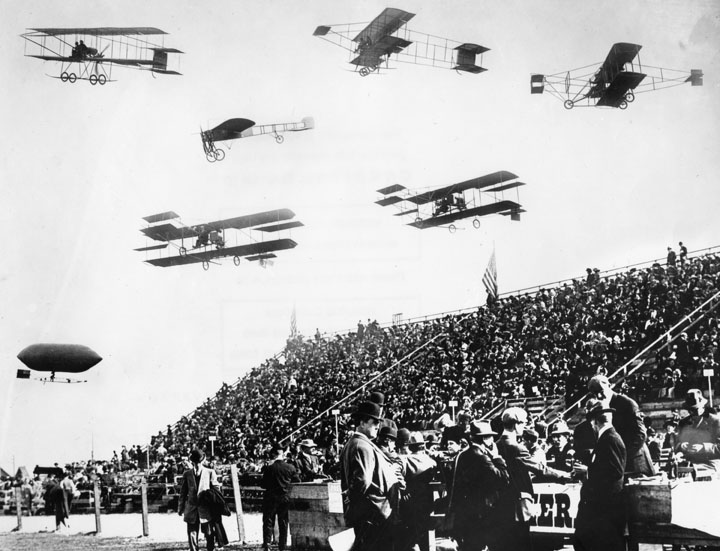
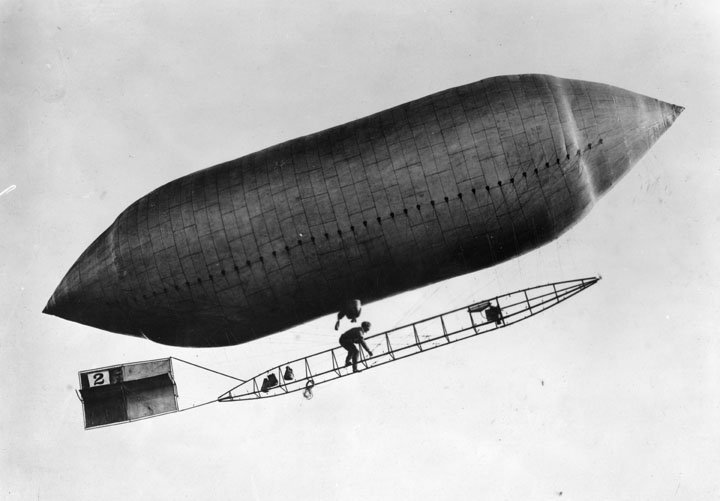
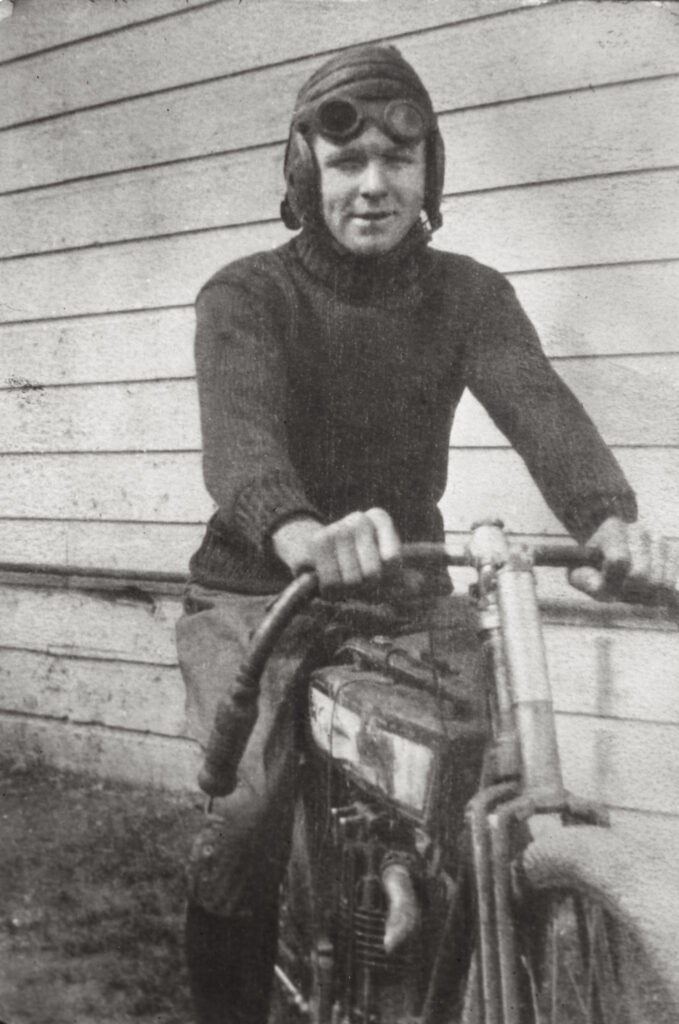

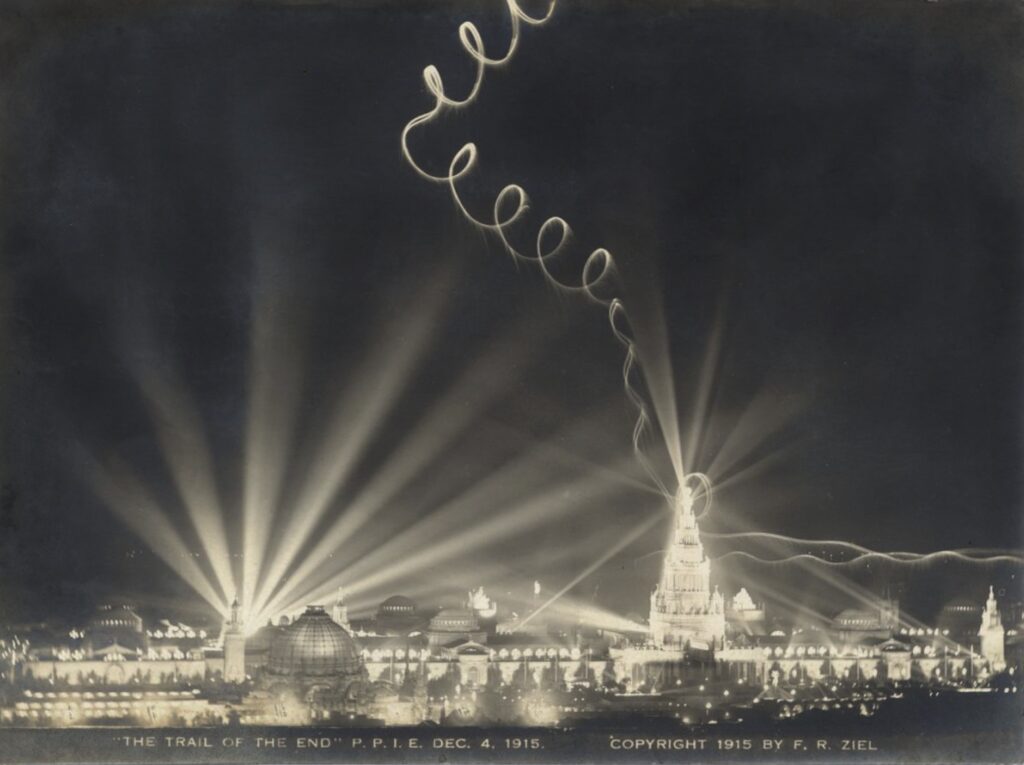
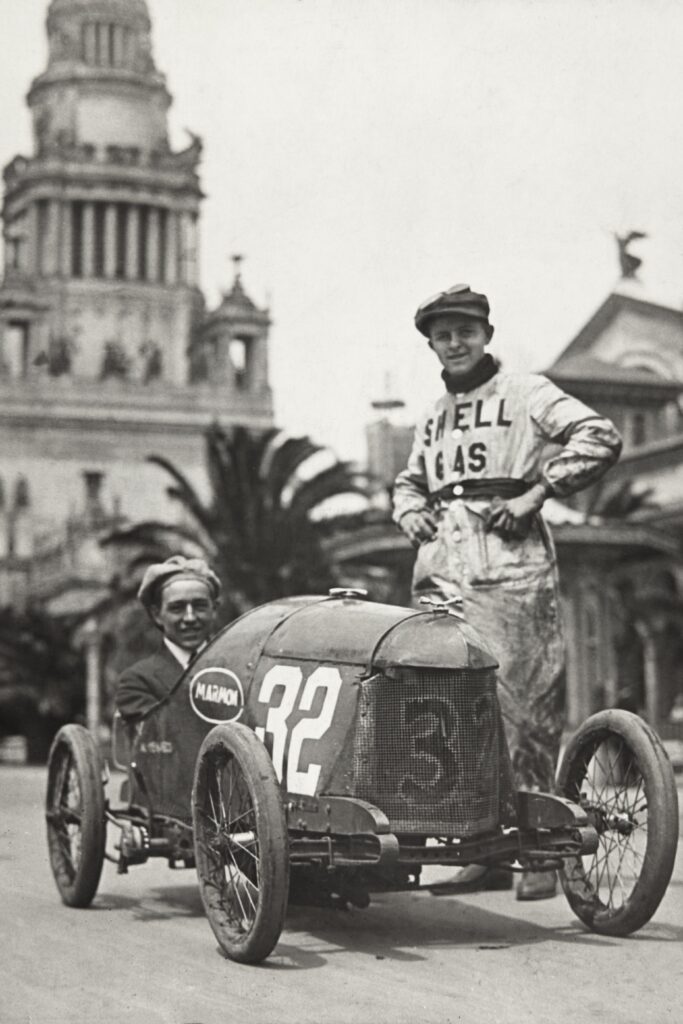
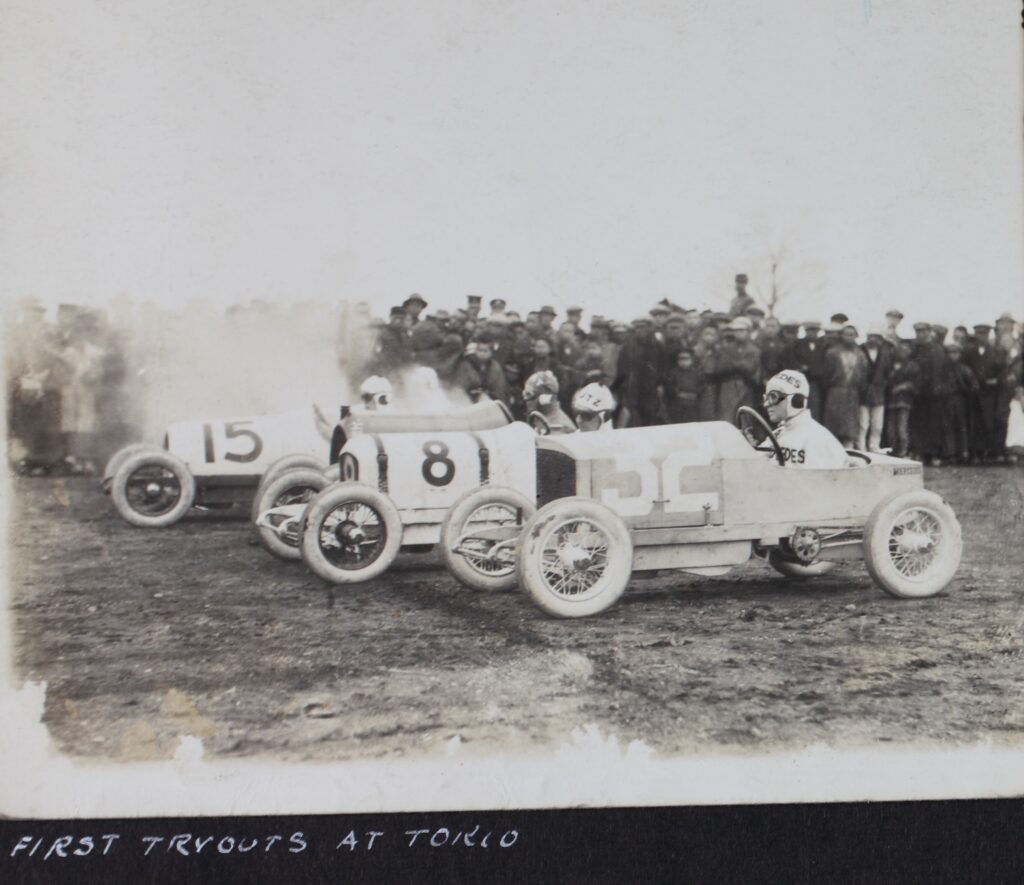
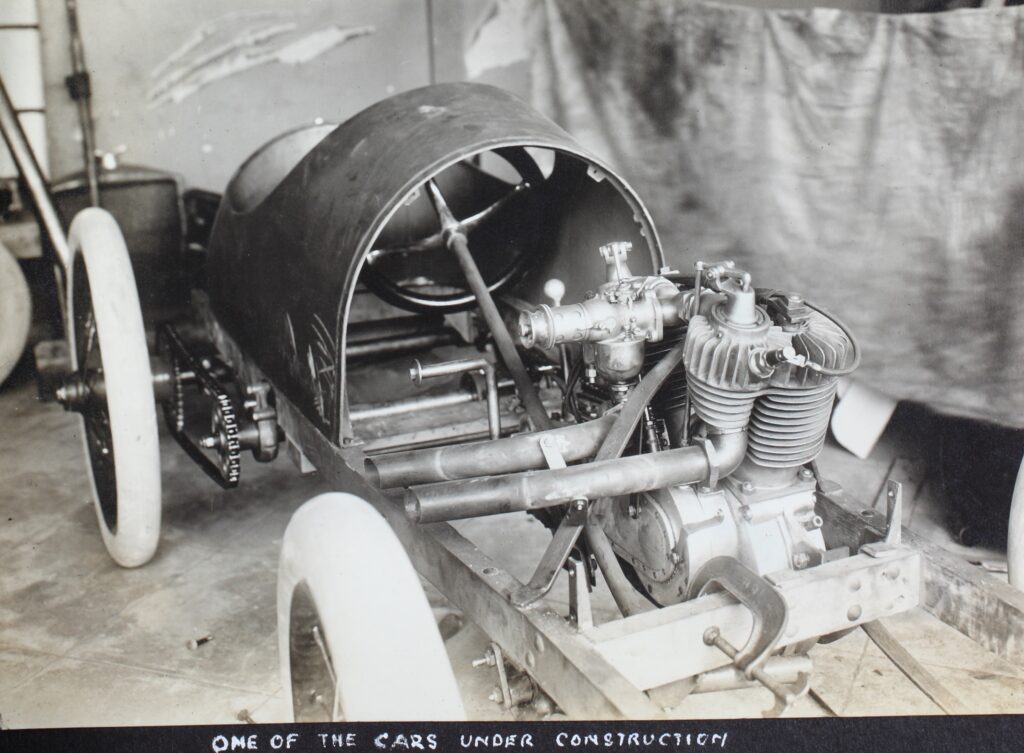
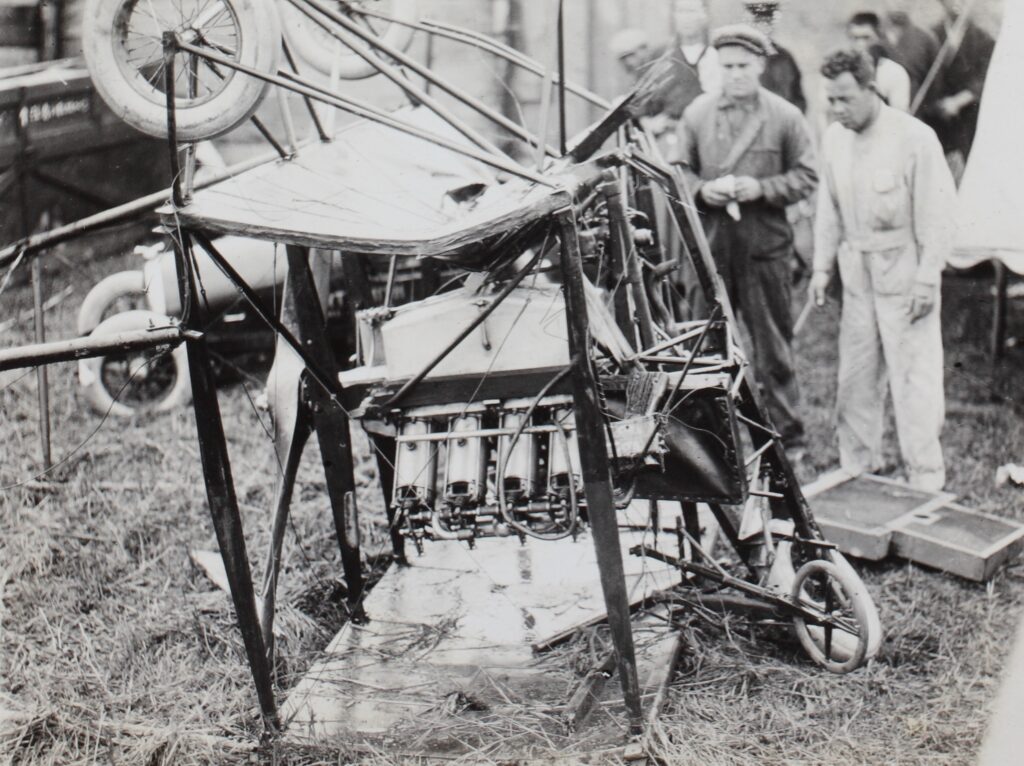
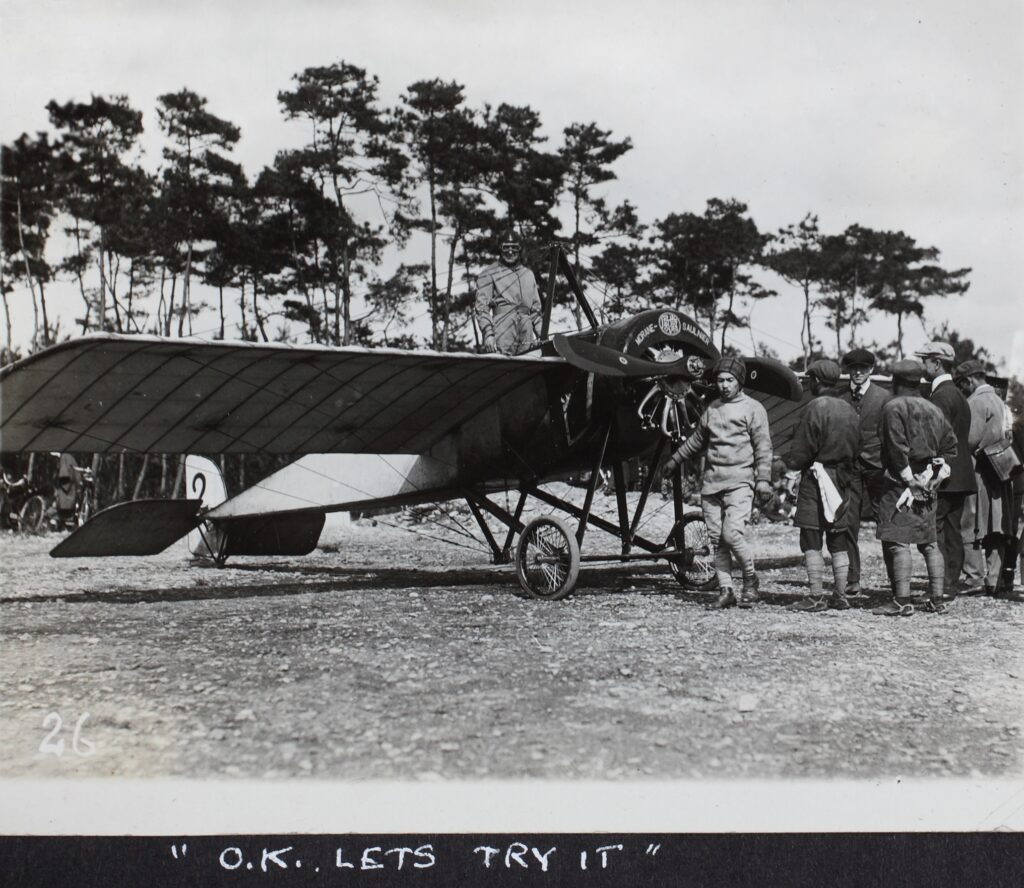
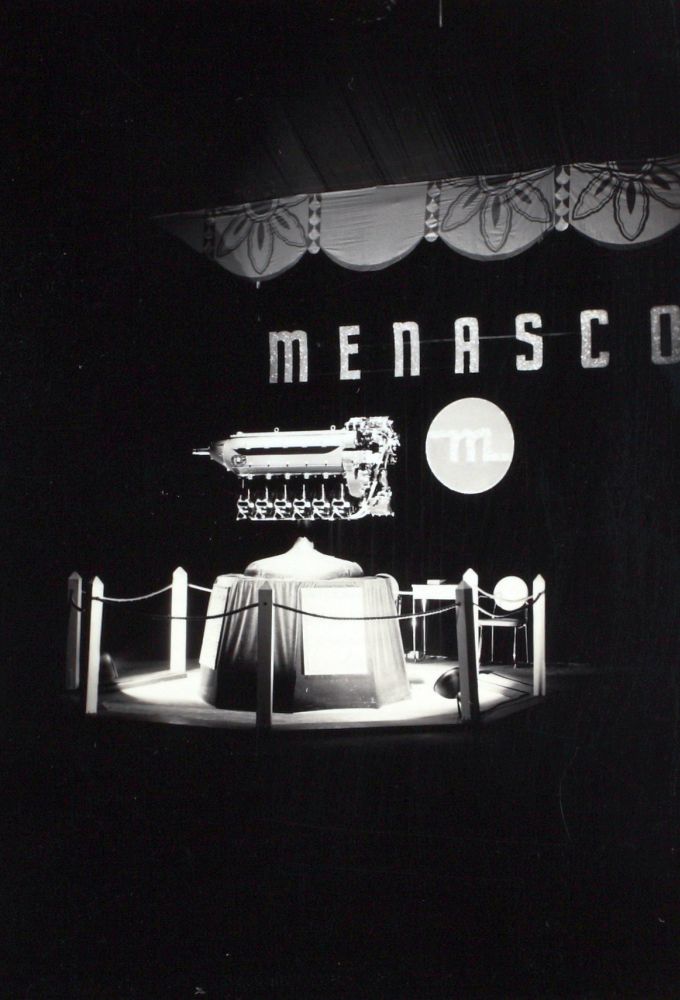

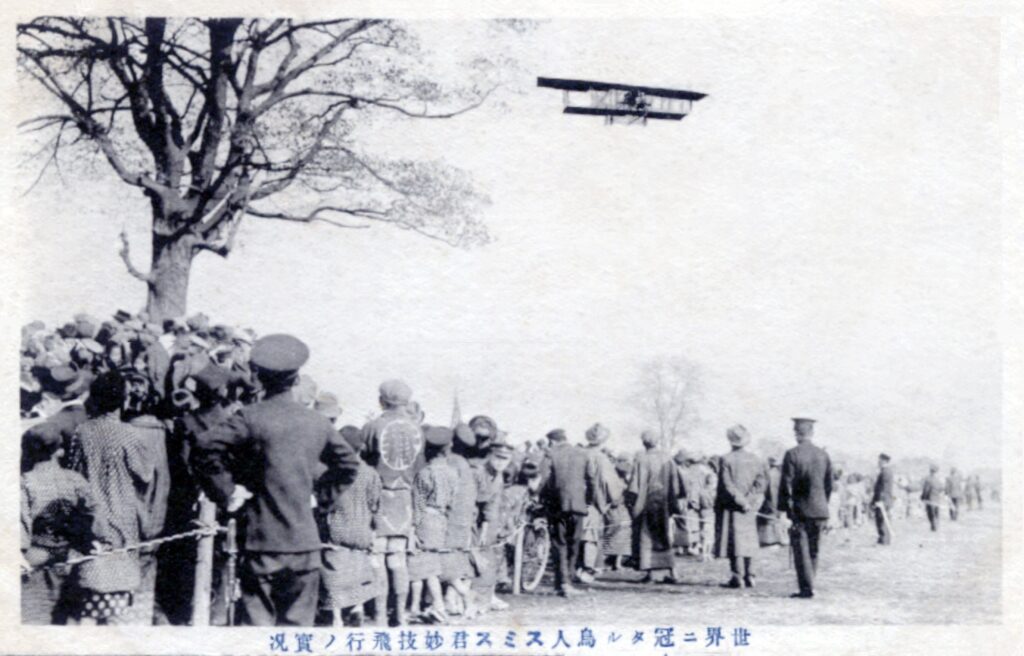
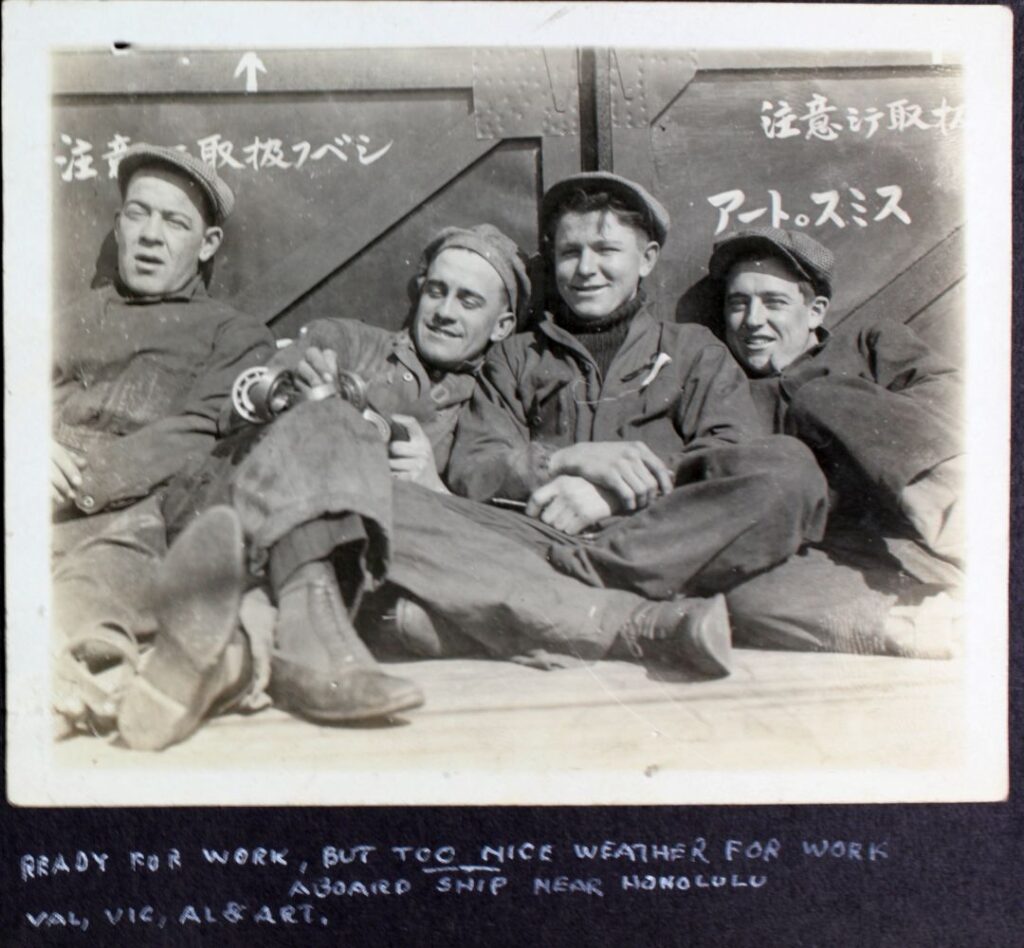
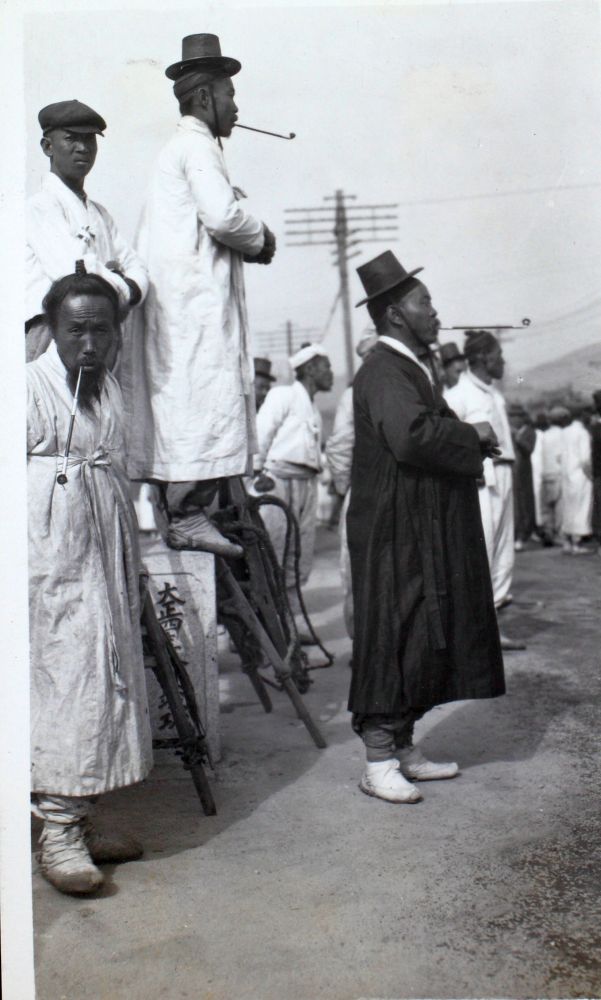
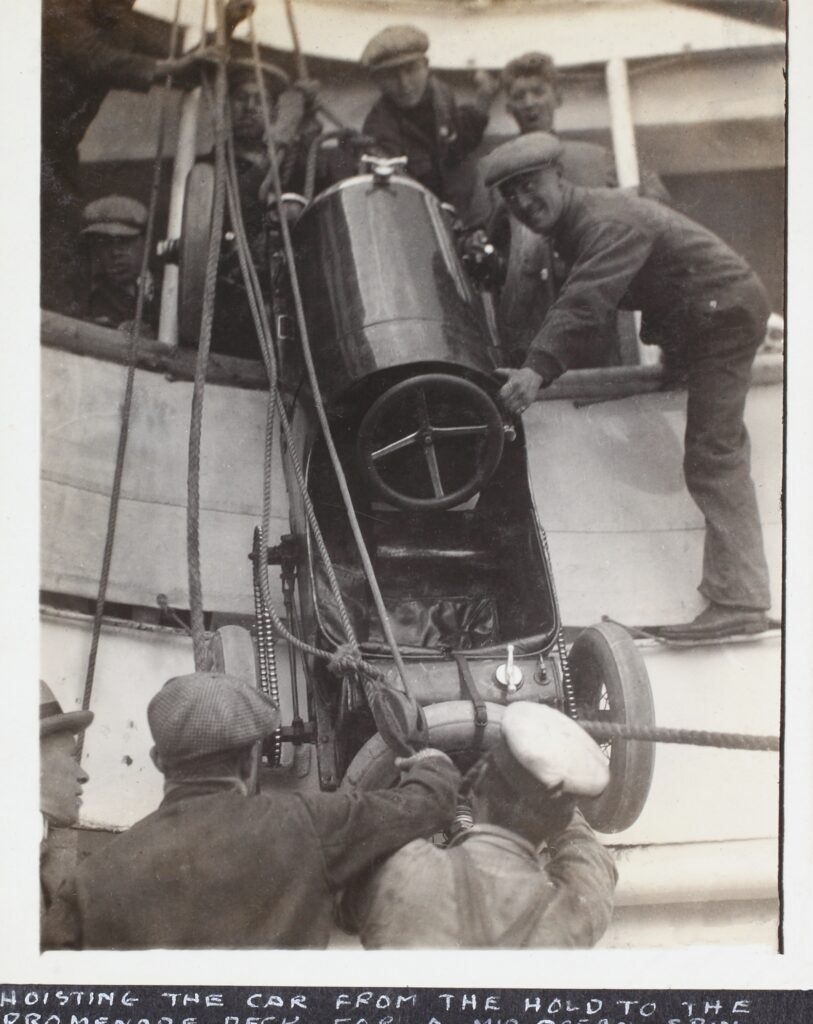

[This article originally appeared in The Automobile magazine, the July 2021 edition. Special thanks to the San Diego Air & Space Museum for permission to dig into the Albert Menasco archives, and reproduce many of the remarkable photos used here.]

Top 10 at the John Parham Estate Auction
September 6-9 at the National Motorcycle Museum in Anamosa, Iowa
From original-paint to original thinking, there's an amazing diversity of machinery available at the John Parham Estate Auction, hosted by Mecum. It was a tough decision to close the National Motorcycle Museum, but with the death of its primary benefactor a few years ago, it was always going to be a money loser, so the decision was purely practical. It's sad to lose such an amazing collection in one spot, but on the upside, it makes for an exciting opportunity for folks to find some unique motorcycles. You can bid online, but it's definitely preferable to show up and see the museum one last time, and catch the energy of the auction, which is always fun. There are hundreds of bikes and even more hundreds of lots of automobilia - posters, engines, photos, and a bunch of cool antique toys. Have a look at the Mecum John Parham Estate Auction page here. And now, my faves from the Museum:

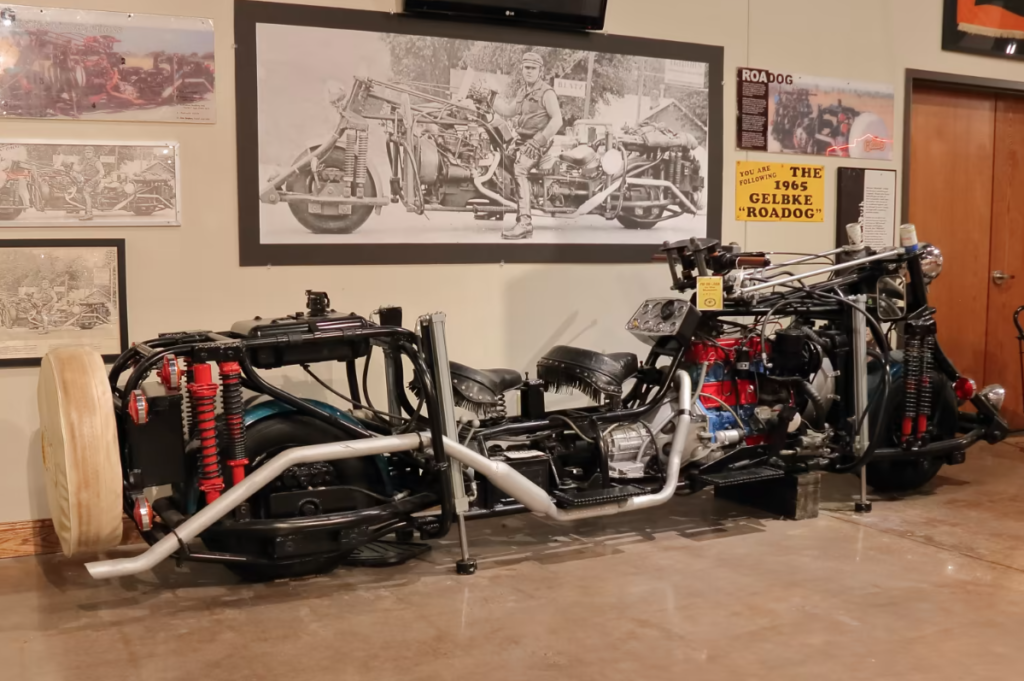
2. 1911 Steco Engineering Co. Aerohydroplane
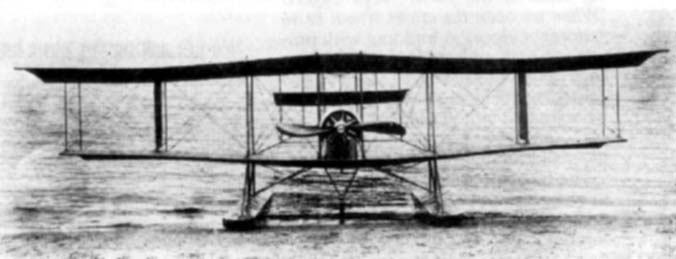
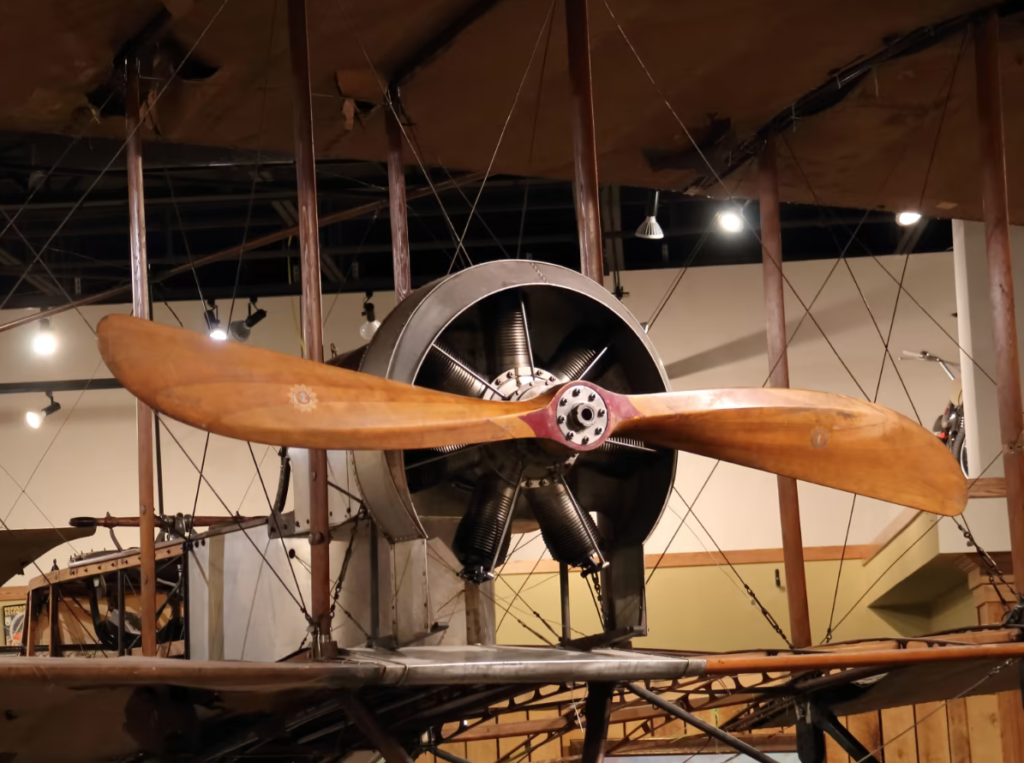
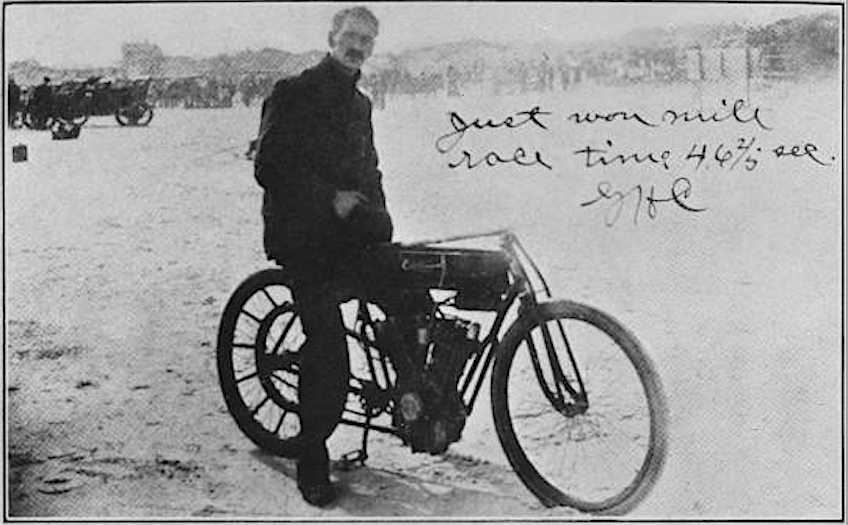
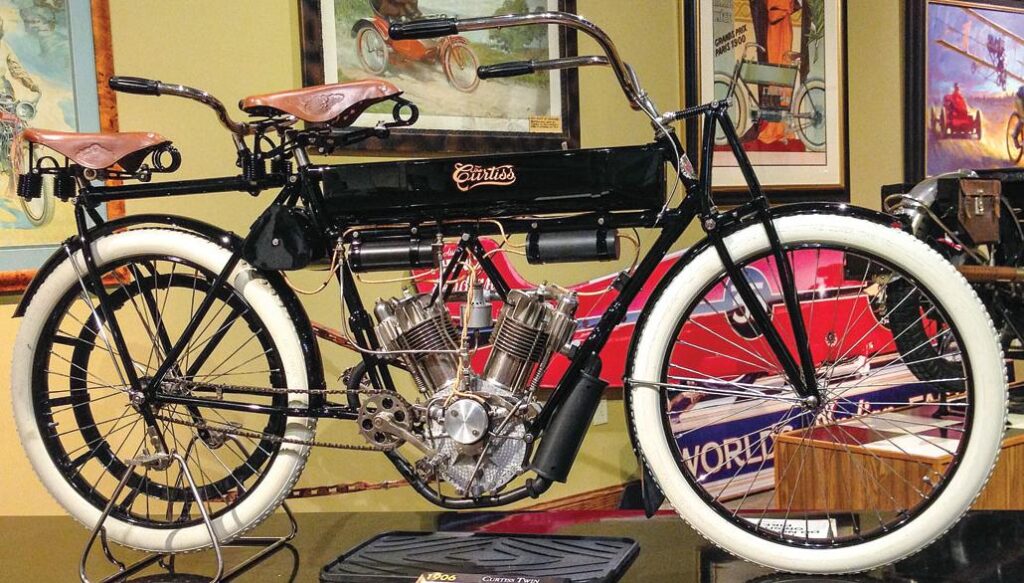
4. Indian Quarter Midget Racer
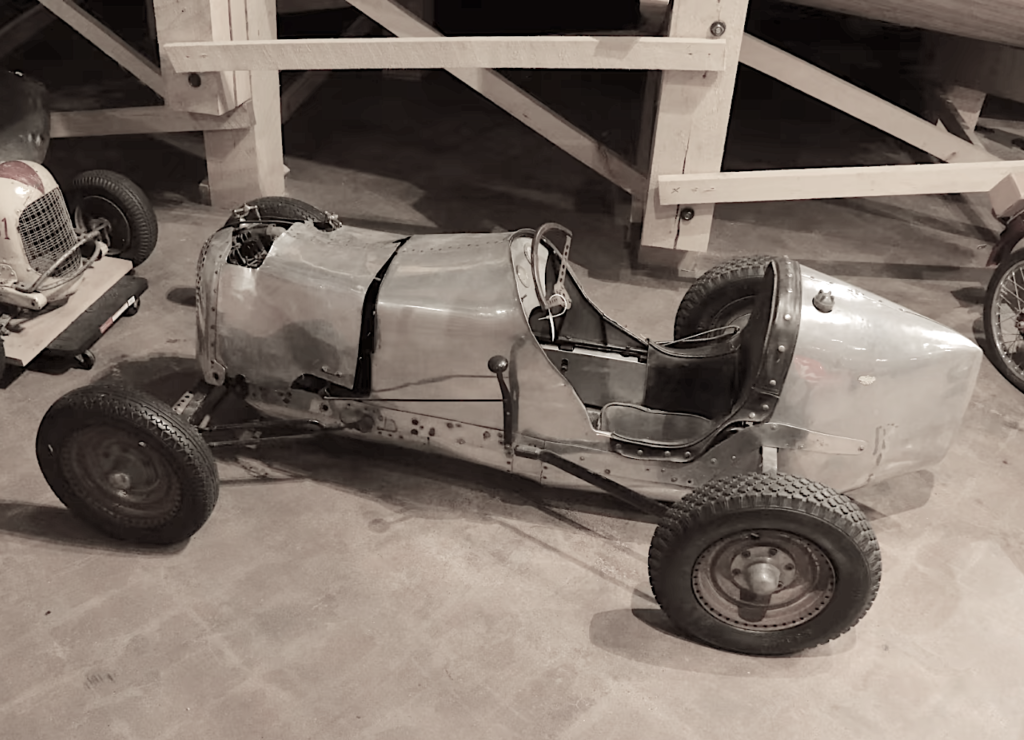
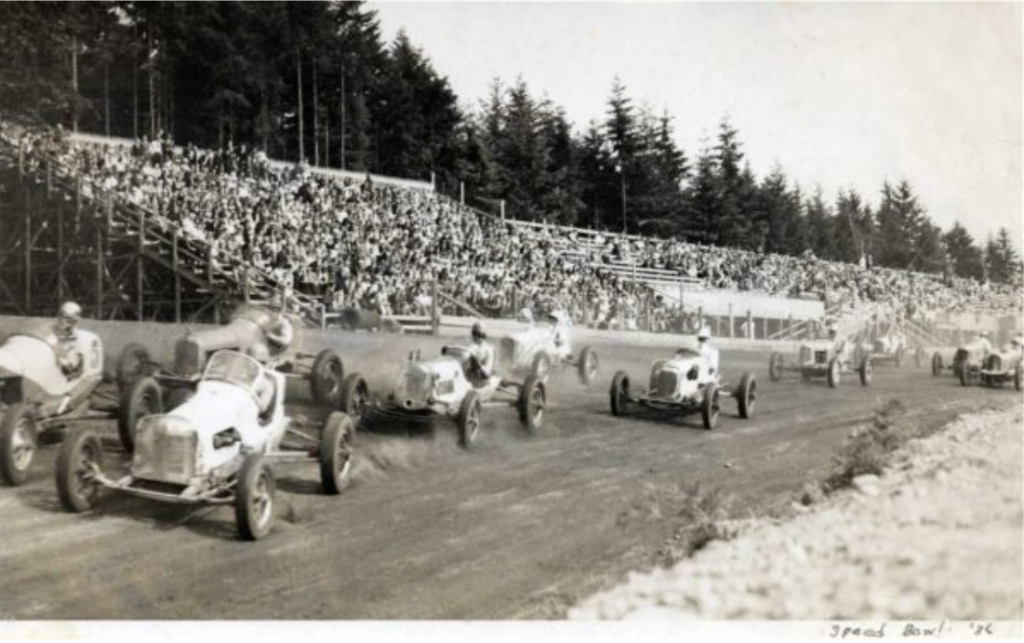
5. 1966 Harley-Davidson Electra Glide 'Willie's Latin Thing'
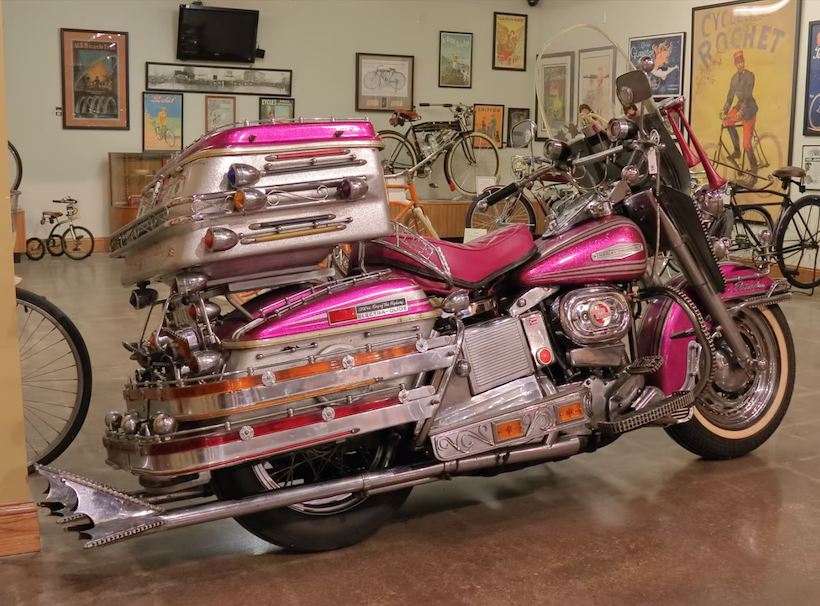
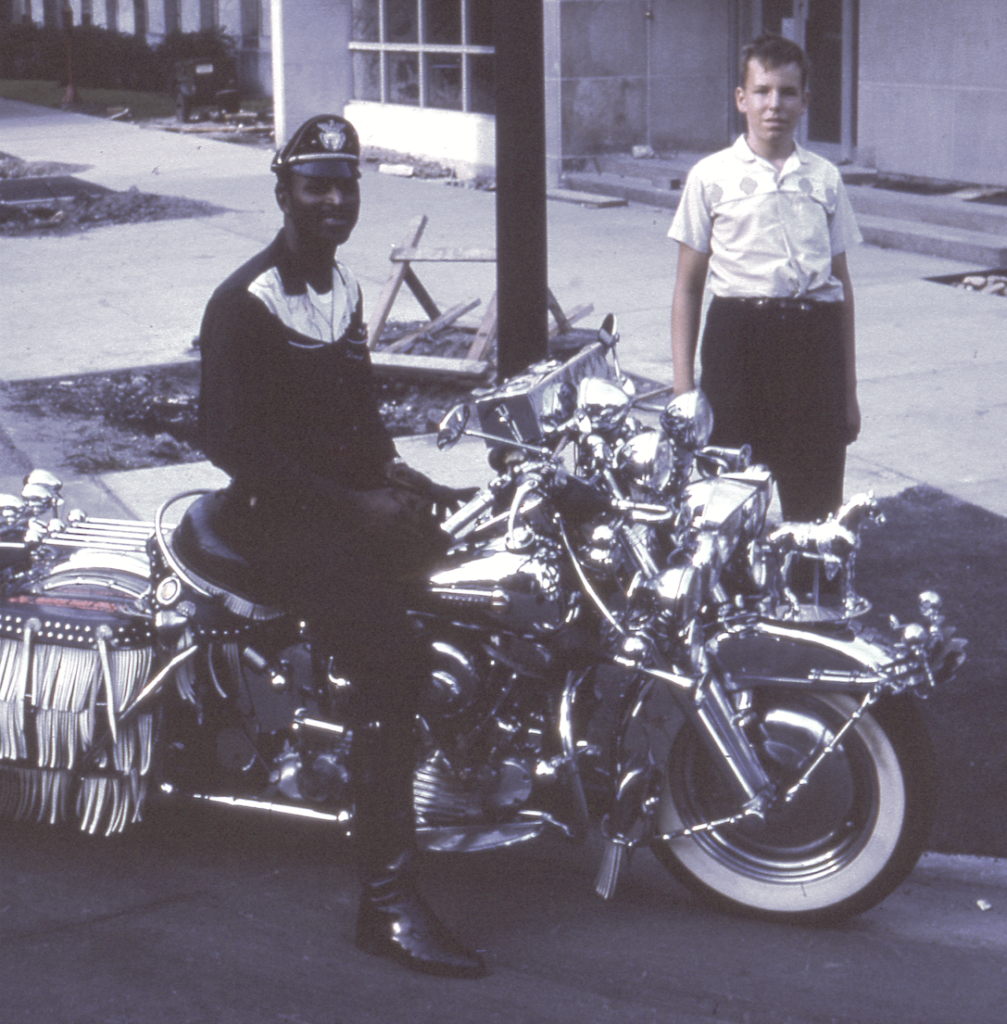
6. 1927 Brough Superior SS100 Pendine replica

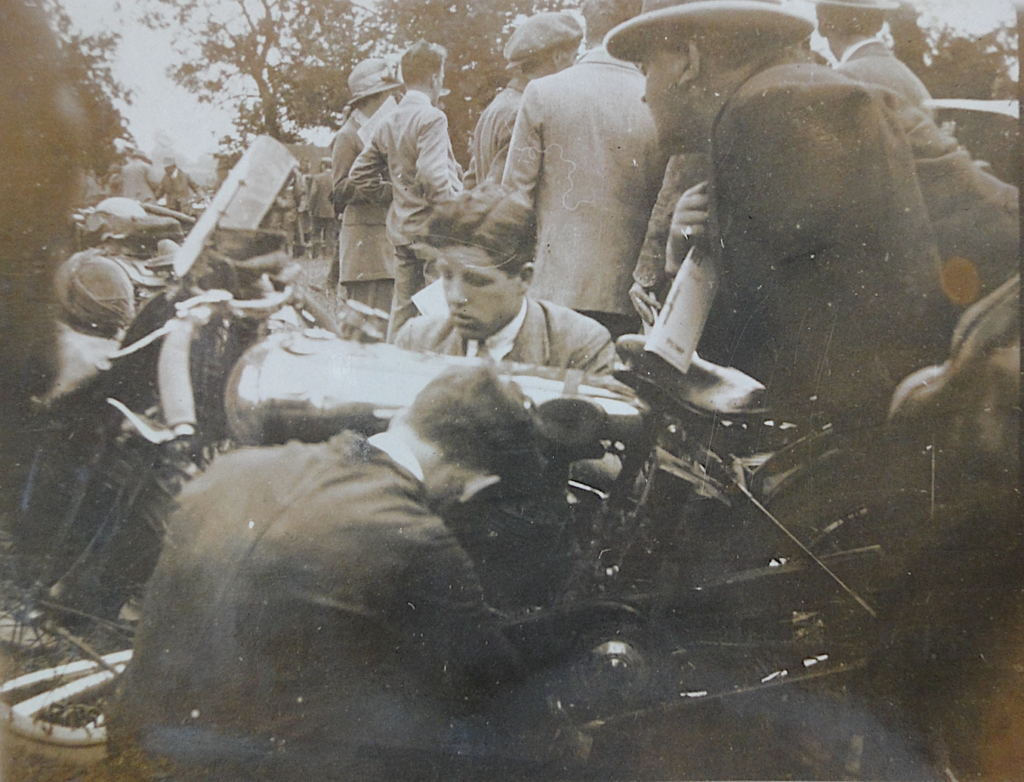
7. 1956 Rumi Formichino Scooter
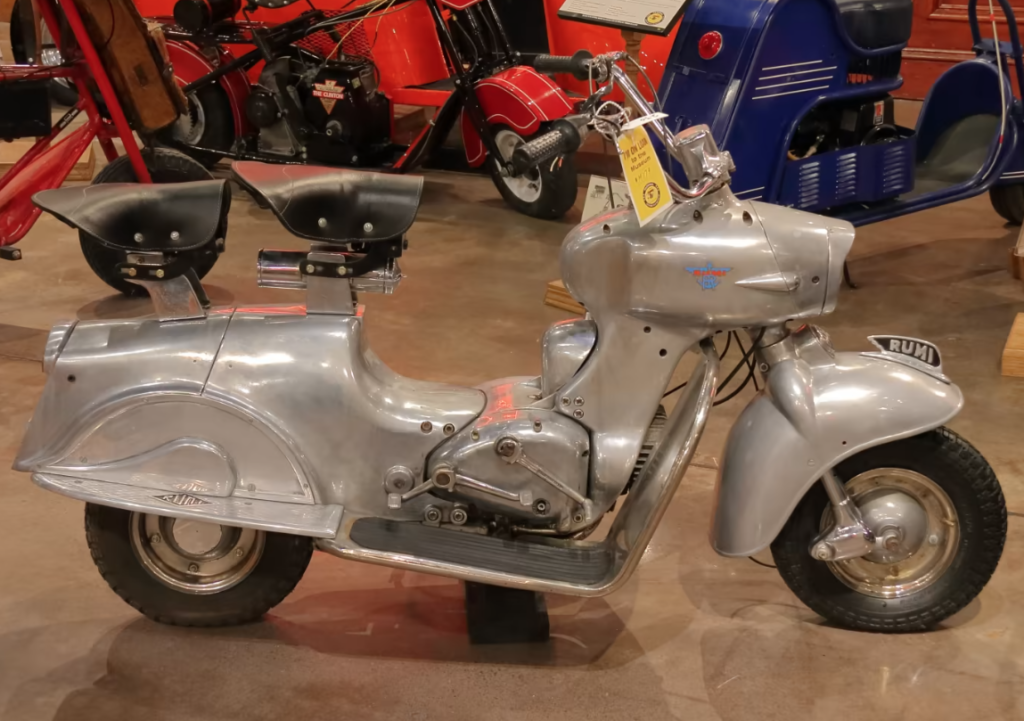
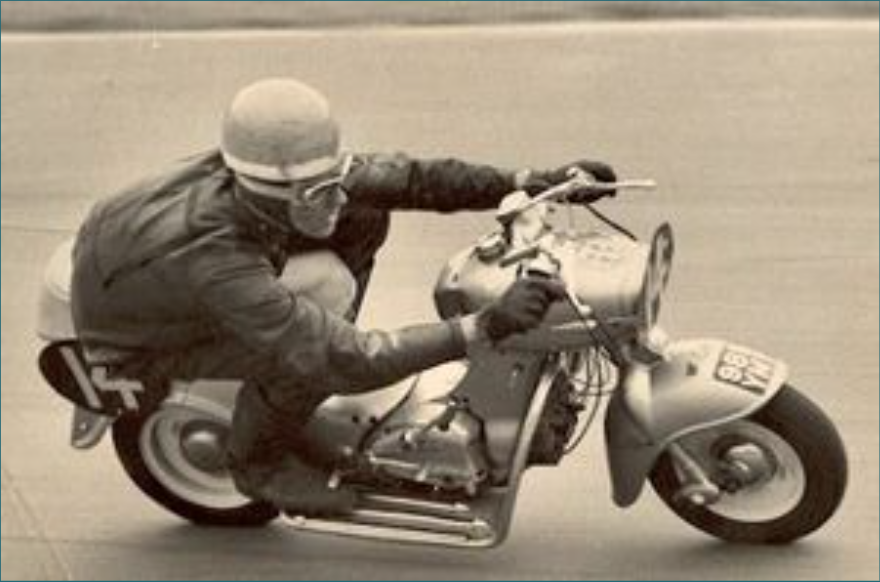
8. 'Dragon Bike' from The Wild Angels
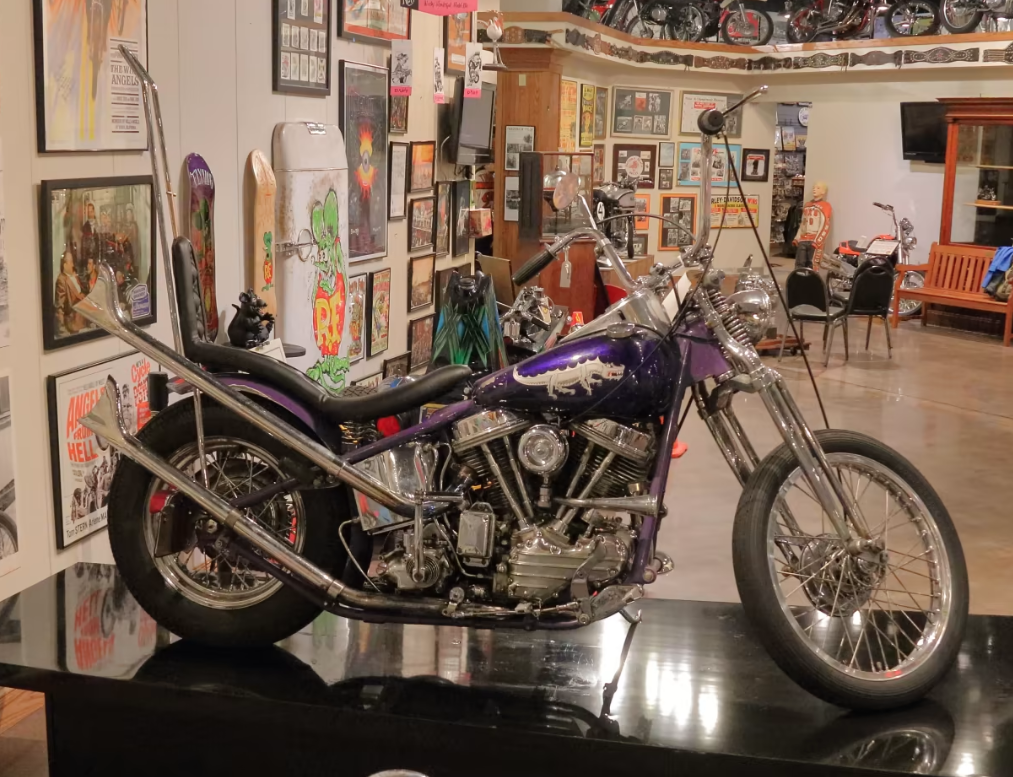
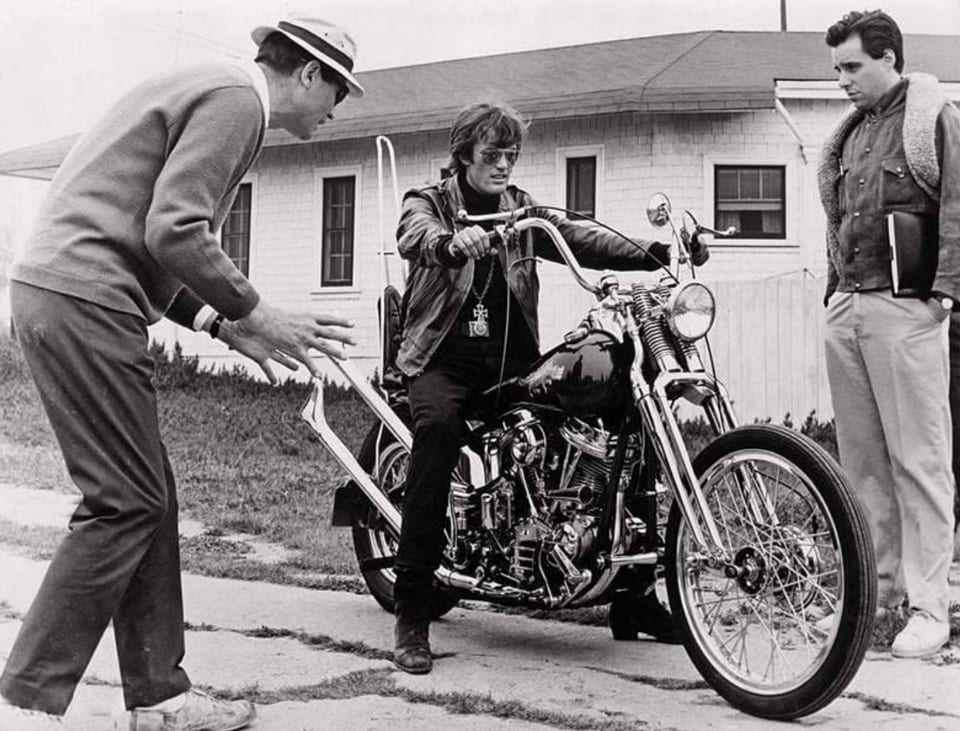
Assistant Director Peter Bogdonavich watching. The Dragon Bike is iconic. [API press photo]
9. 1940 Indian Model 640 Sport Scout racer
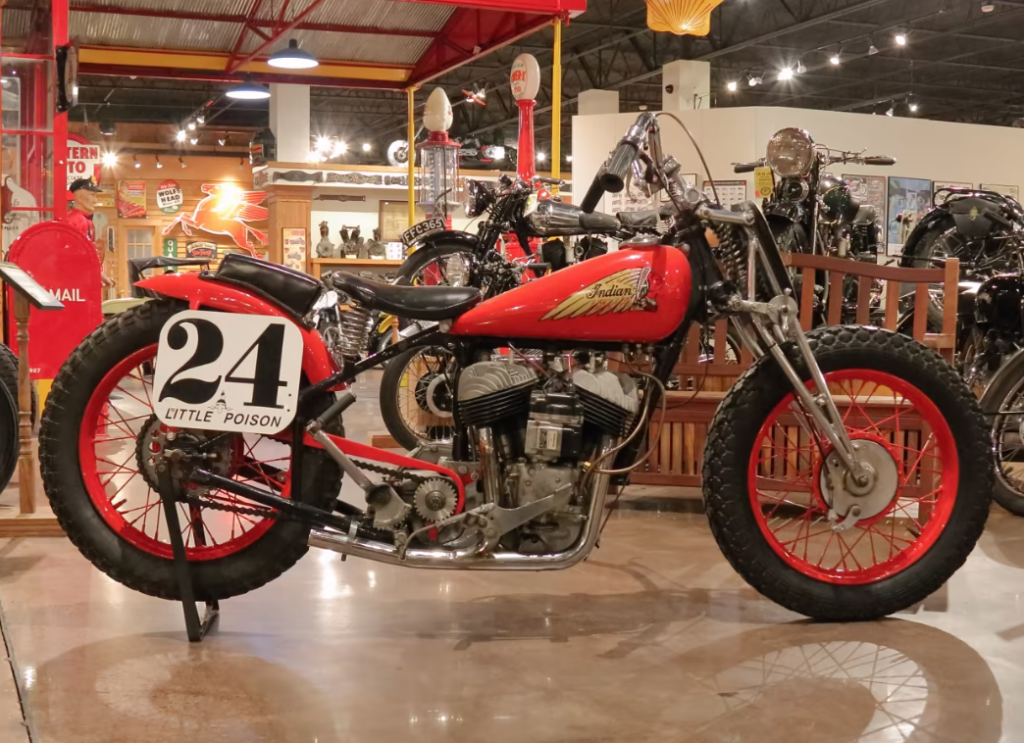
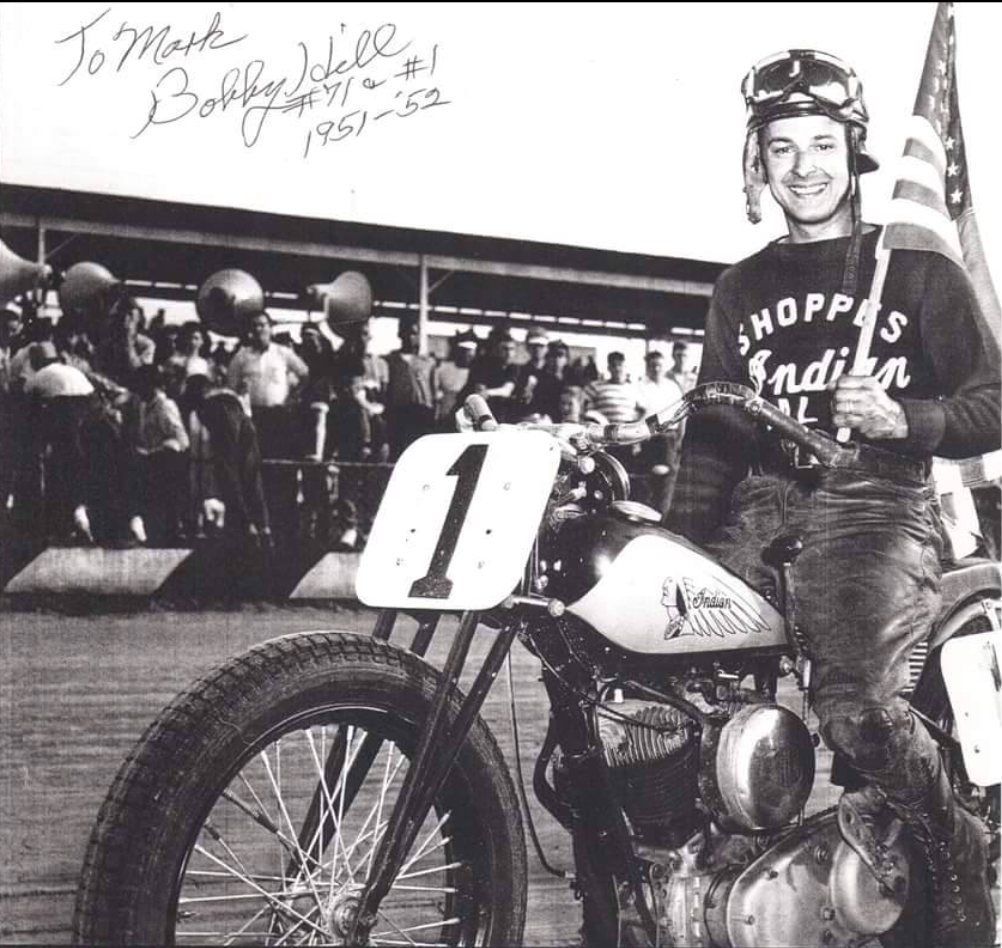
Both Harley-Davidson and Indian were ready for the introduction of the Class C racing season. The Sport Scout, introduced in 1934, was a strong contender in the series for 20 years, particularly in the early 1950s with the Indian wrecking crew of Bobby Hill, Bill Tuman and Ernie Beckman, who shared several National Championship titles, and swapped the AMA No.1 plate over a four-year period.
The Indian Sport Scout used a 42-degree V-Twin sidevalve, 45ci (745 cc) motor, and was in production for nine years (1934 to 1942). Indian’s chief engineer and designer, Charles B. Franklin, responsible for the creation of the Scout (1919), Chief (1922) and Scout Pony (1932), roughed-out in sketch form the Sport Scout before his death aged 52, on October 19, 1932. Diverging from Scout’s long running cradled-framed and leaf-spring fork motorcycle (1920 through 1933) the first Sport Scout, similar to the Scout Pony, used a keystone rigid frame through 1940, then used a plunger rear suspension for 1941-42, with a girder fork used on all years. The two-piece frame consisted of a front downtube and rear fork bolted to the engine/transmission unit by front and rear mounting plates. Lack of a frame under the motor/transmission maximized ground clearance during banking and the girder fork offer more front-end travel, making the Sport Scout a good motorcycle for dirt track racing. Tuner alterations to this bike include a BTE twist grip throttle, a modified foot clutch, shortened hand shifter, a special foot-peg set up, a solo/pillion seat setup and a Splitdorf magneto in place of the original battery ignition. It's interesting to mention that Indian stopped producing this model in 1942, and all the wins in the 1950s were taken on Sport Scouts that were at least 10 years old! It's a legendary machine, and not easy to find today.
10. 1928 Husqvarna Model 180 V-twin
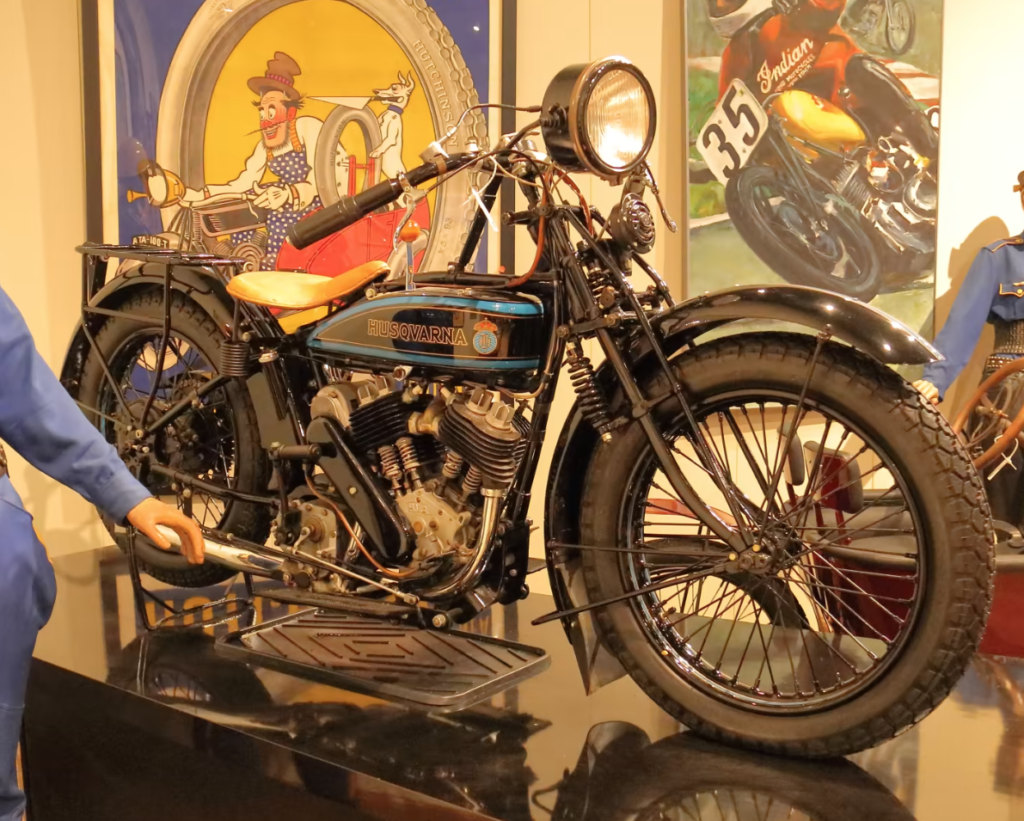
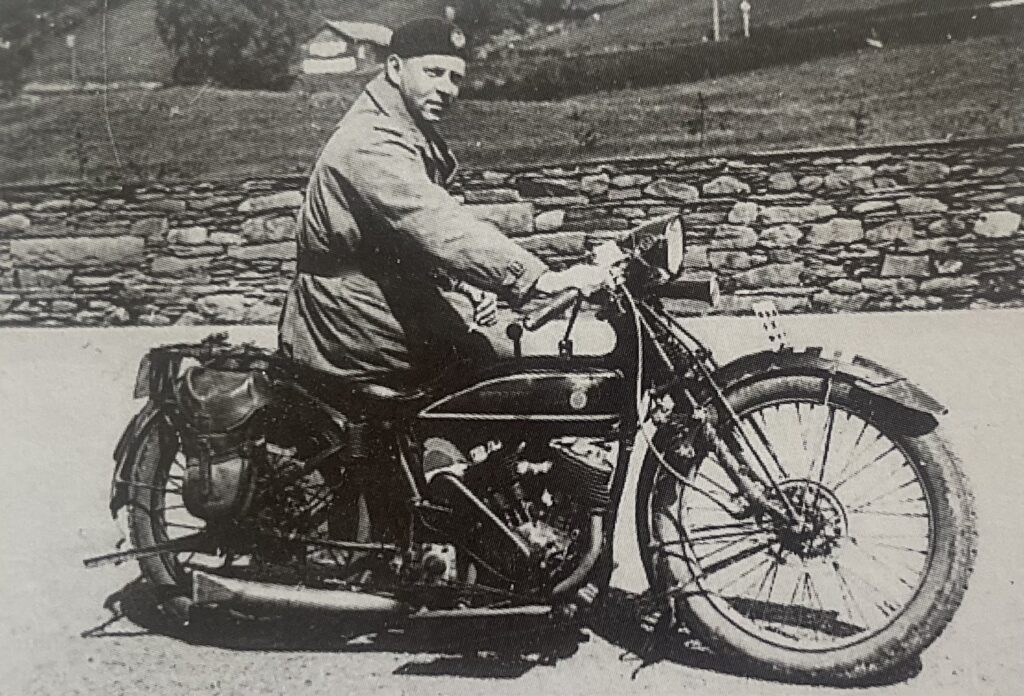

2 Million Miles with Velocettes
The Velocette Owners Club of North America is notorious among one-make motorcycle clubs for its cheek in actually riding their old motorcycles for long distances every year, just for the hell of it. Their annual Summer Rally has been a calendar fixture for 40 years now, with the first ride in BC Canada dubbed the 'submarine rally' because it rained so hard every single day. The 40th anniversary of that first ride was named the 2 Million Mile Rally, as an approximation of the total miles ridden for the participating Velocettes over that span. As a risky possible repeat of the first rally, this year's ride was organized on Vancouver Island, but was an example of how much the global climate has shifted, with the weather sunny and warm, the province in deep drought, and Canada's central forestlands on fire since May. Luckily the wind blows eastward from the Pacific coast, so while the Midwest and East Coast are reading Canada's smoke signals, and the air on Vancouver Island was clear.
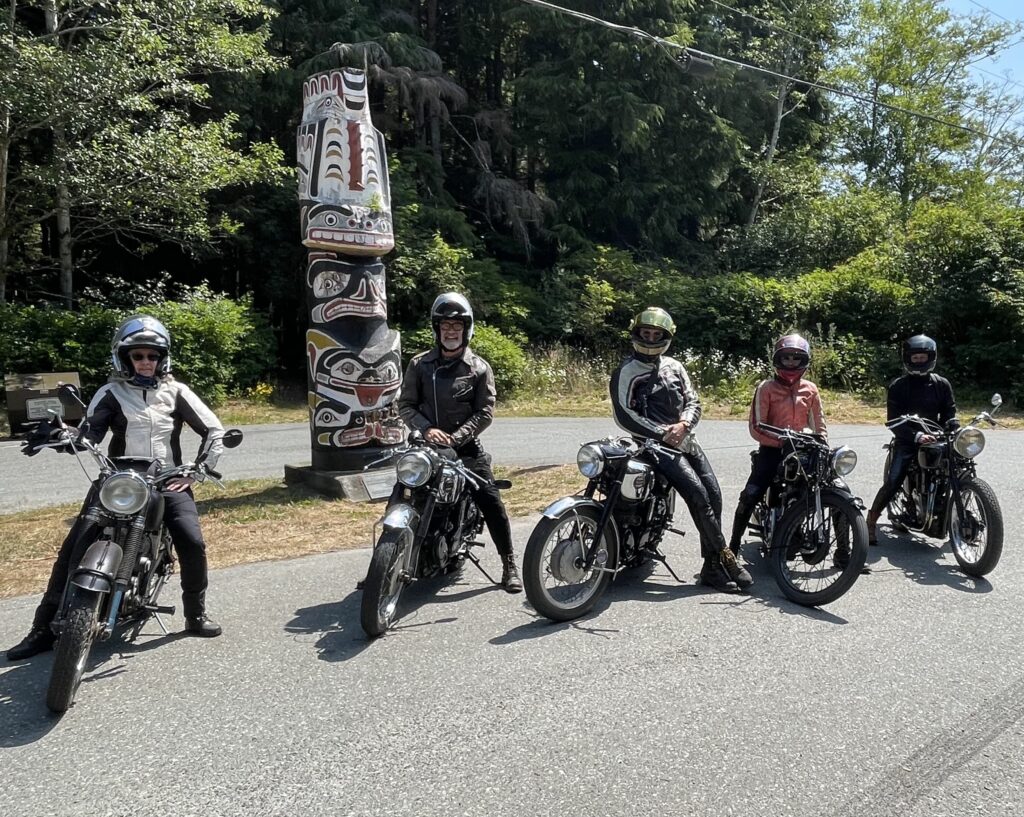

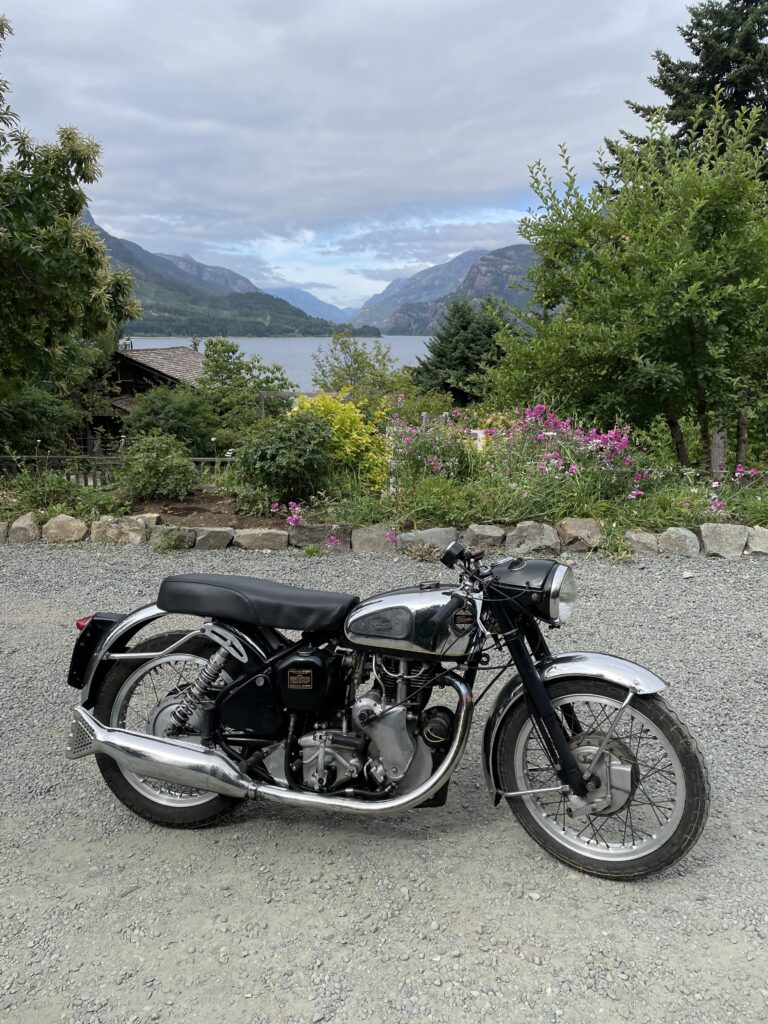
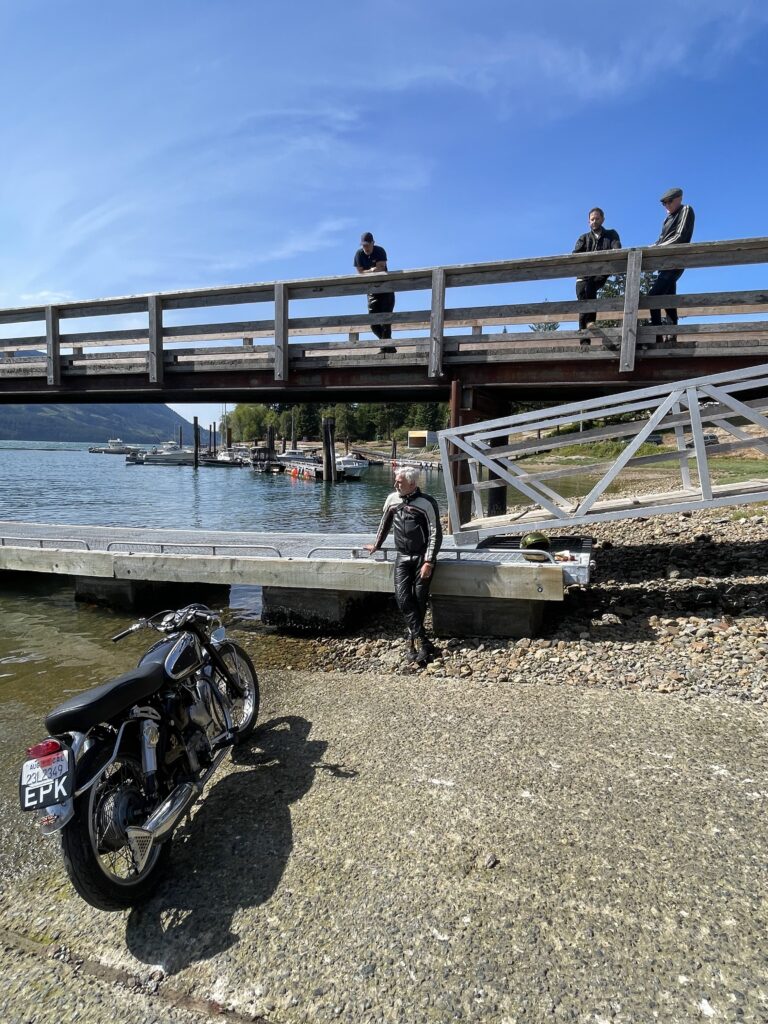
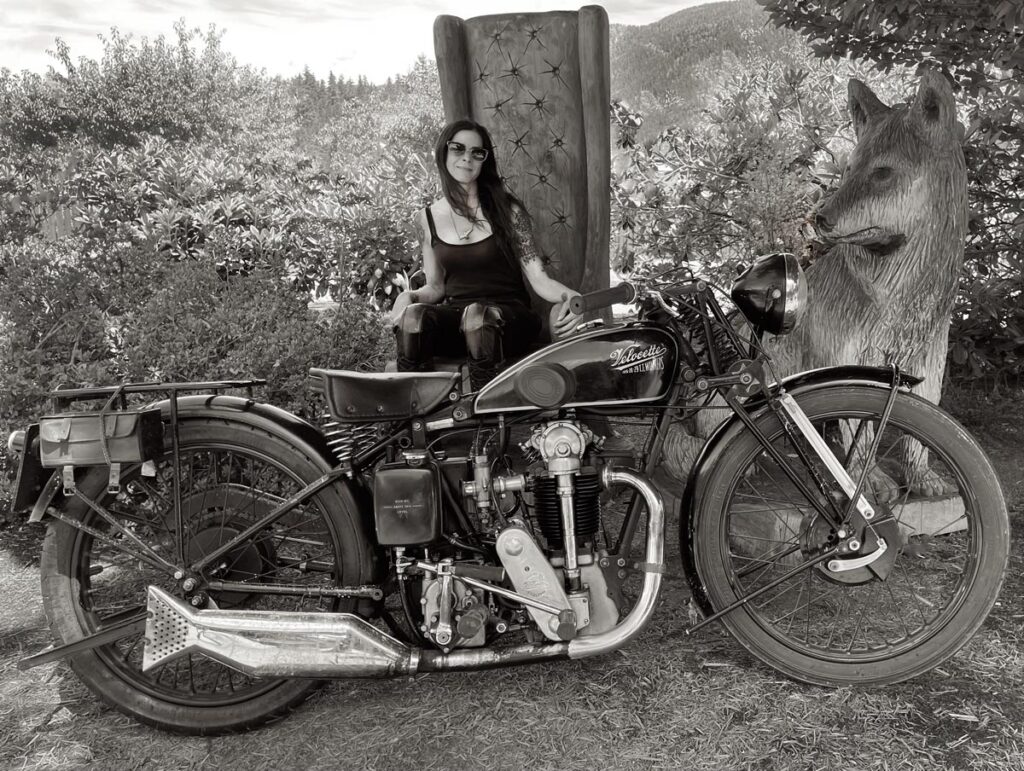
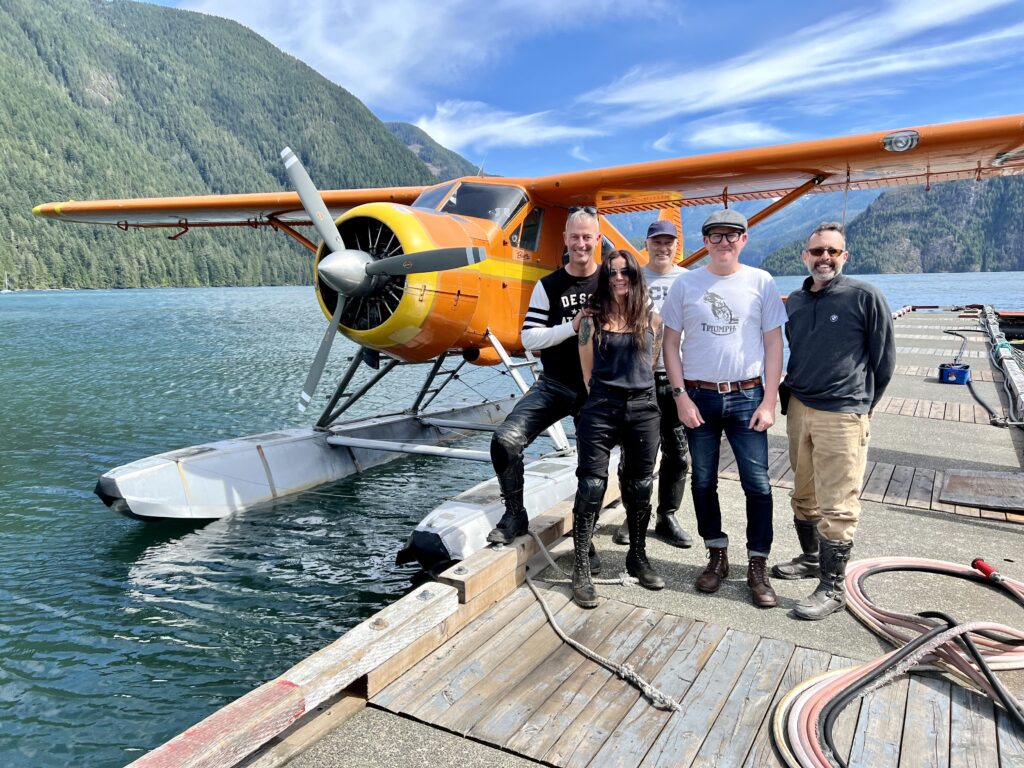
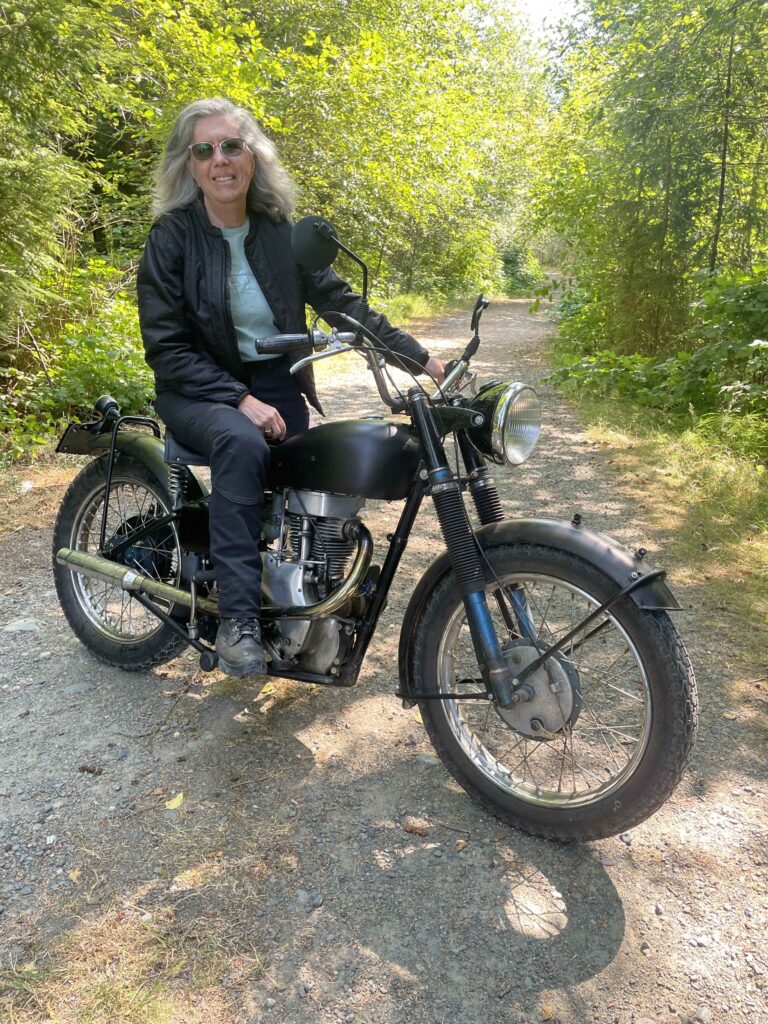
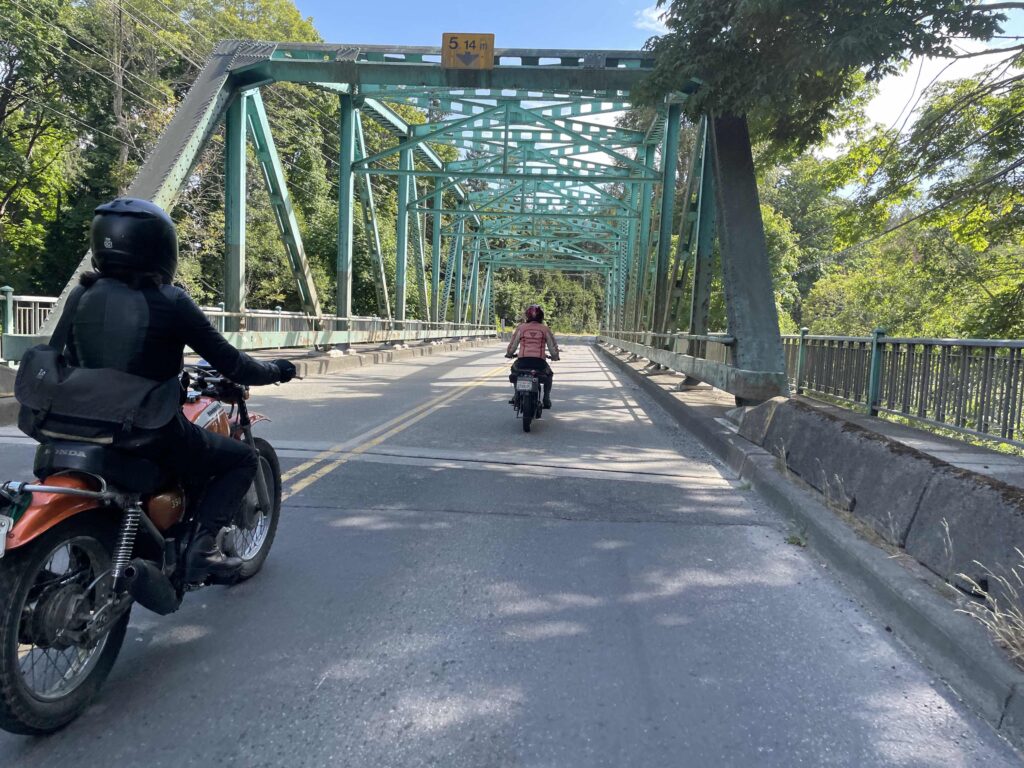
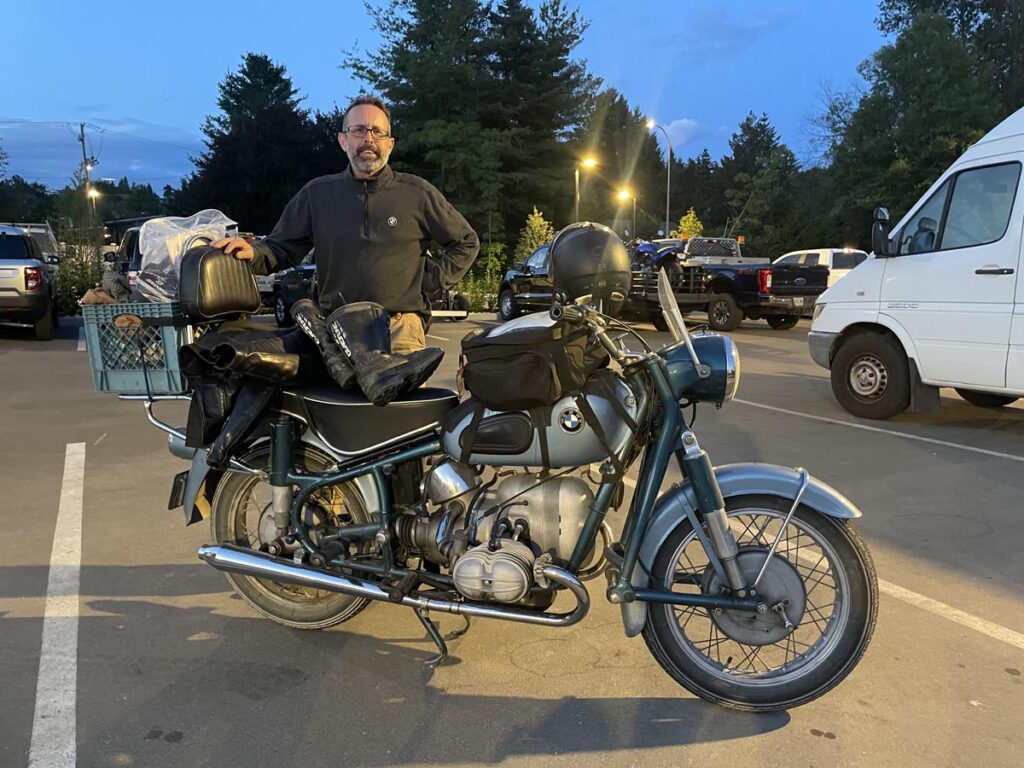
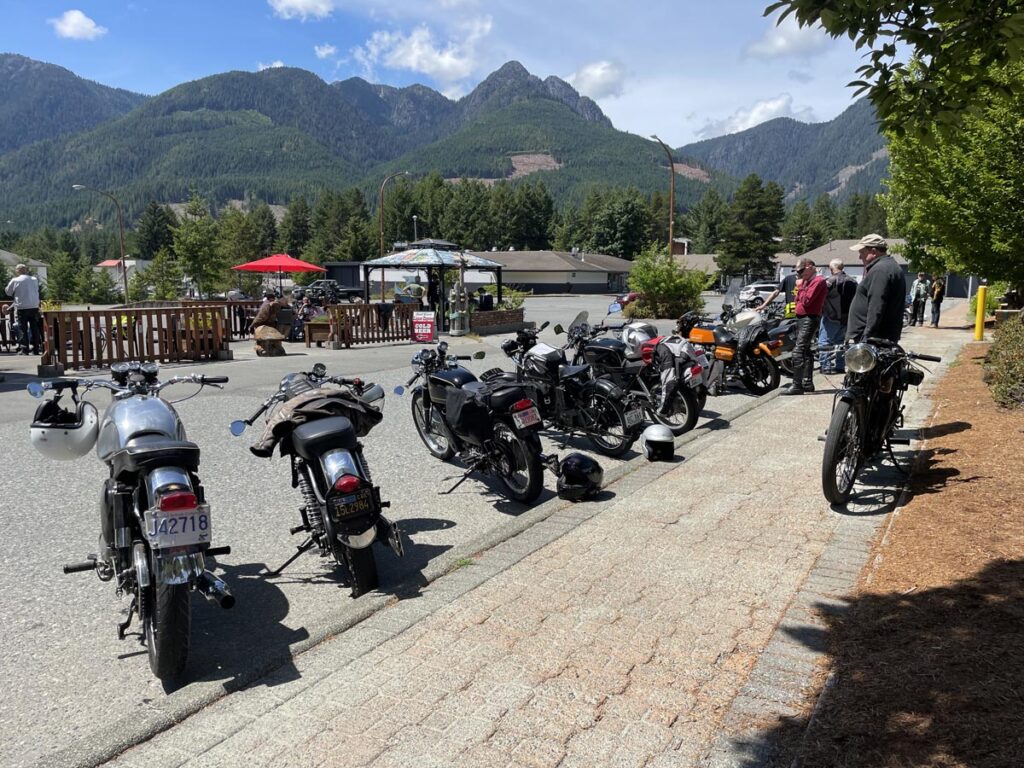
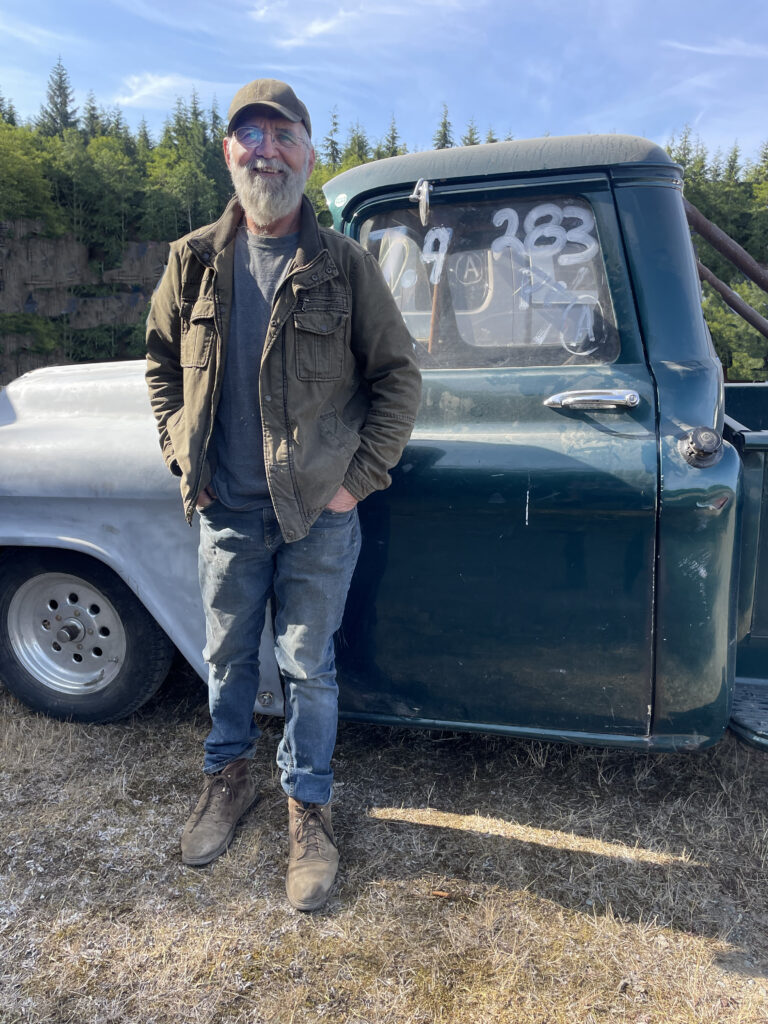
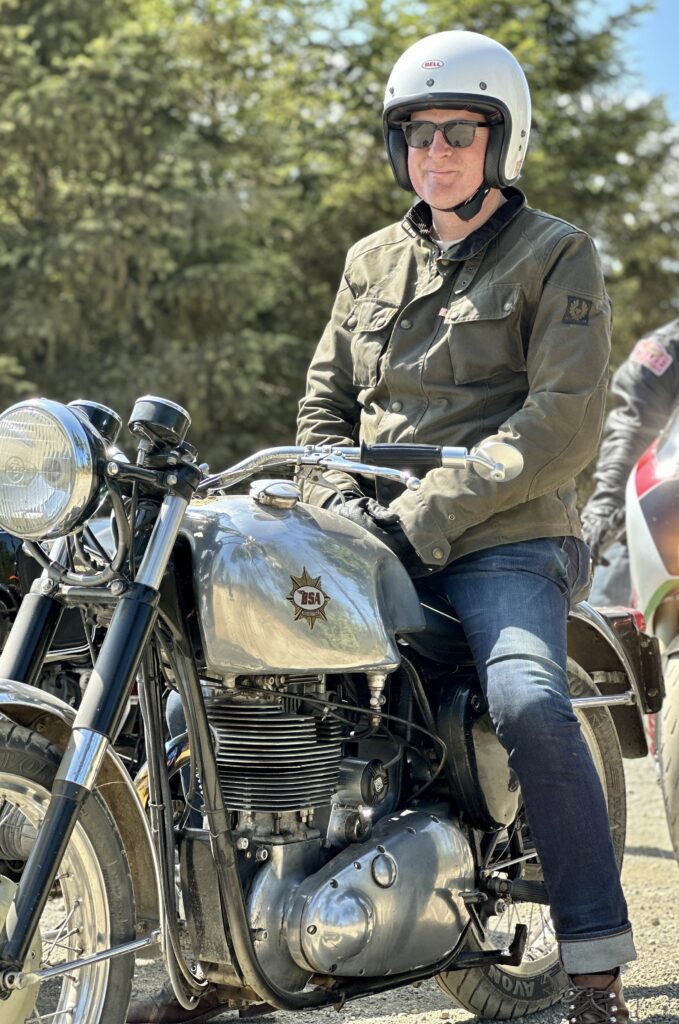
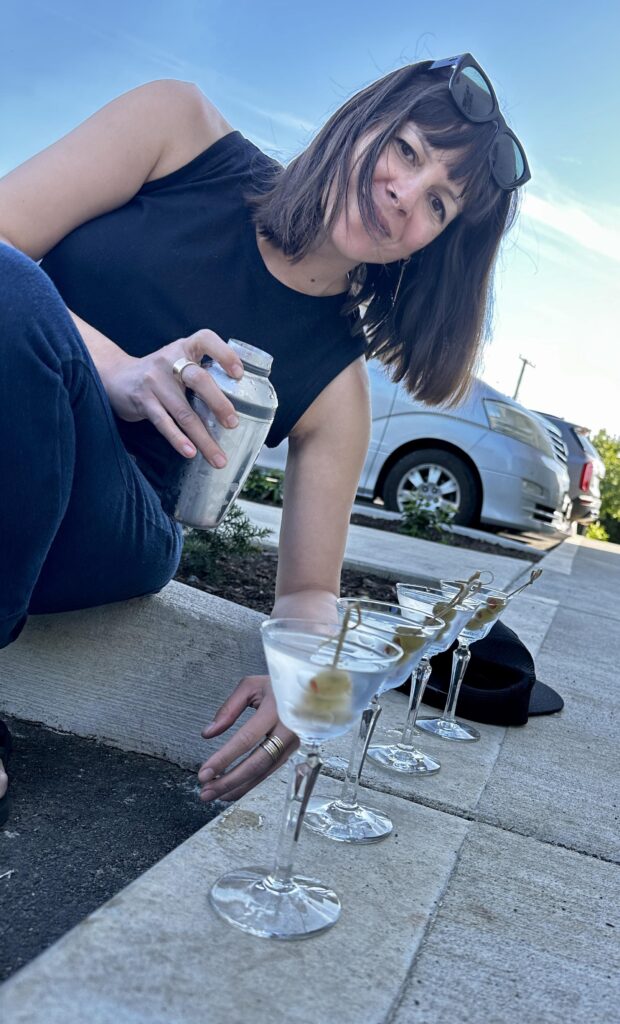

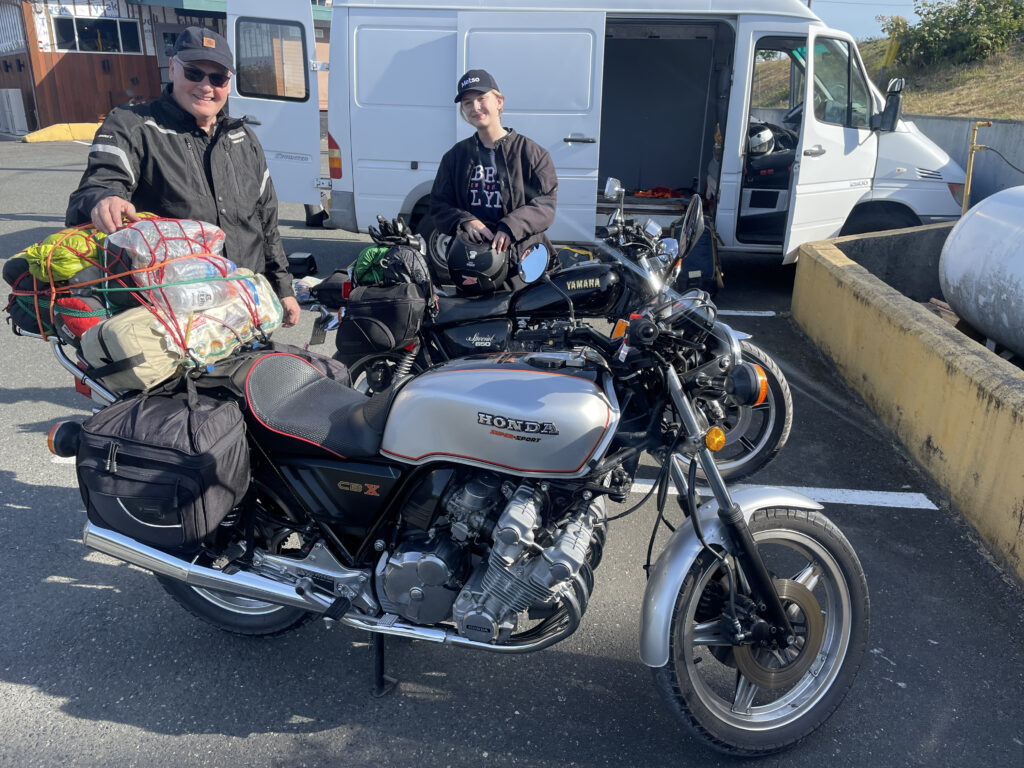
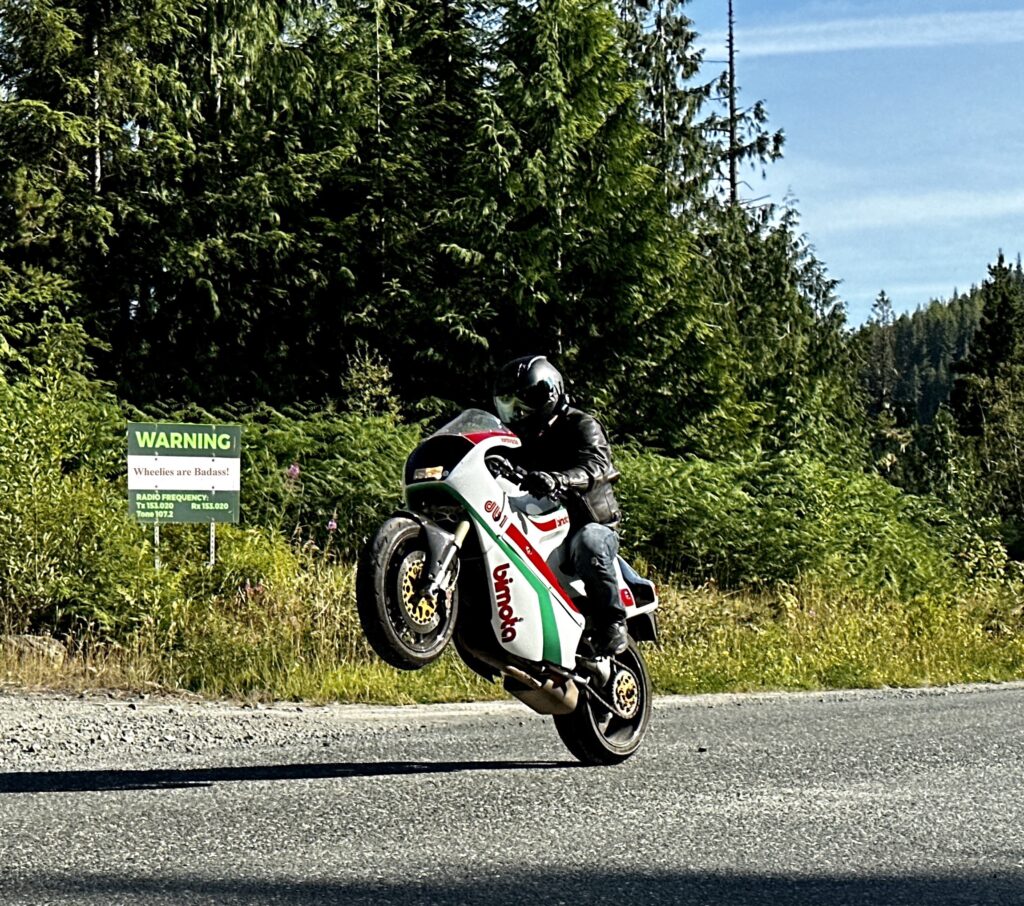
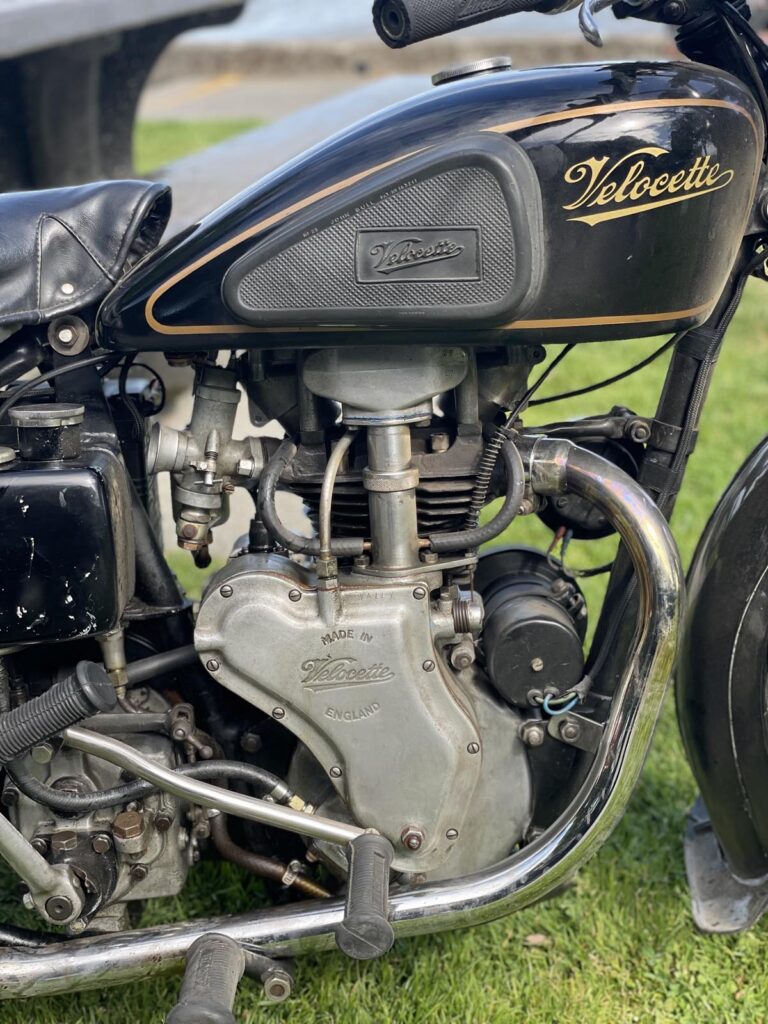

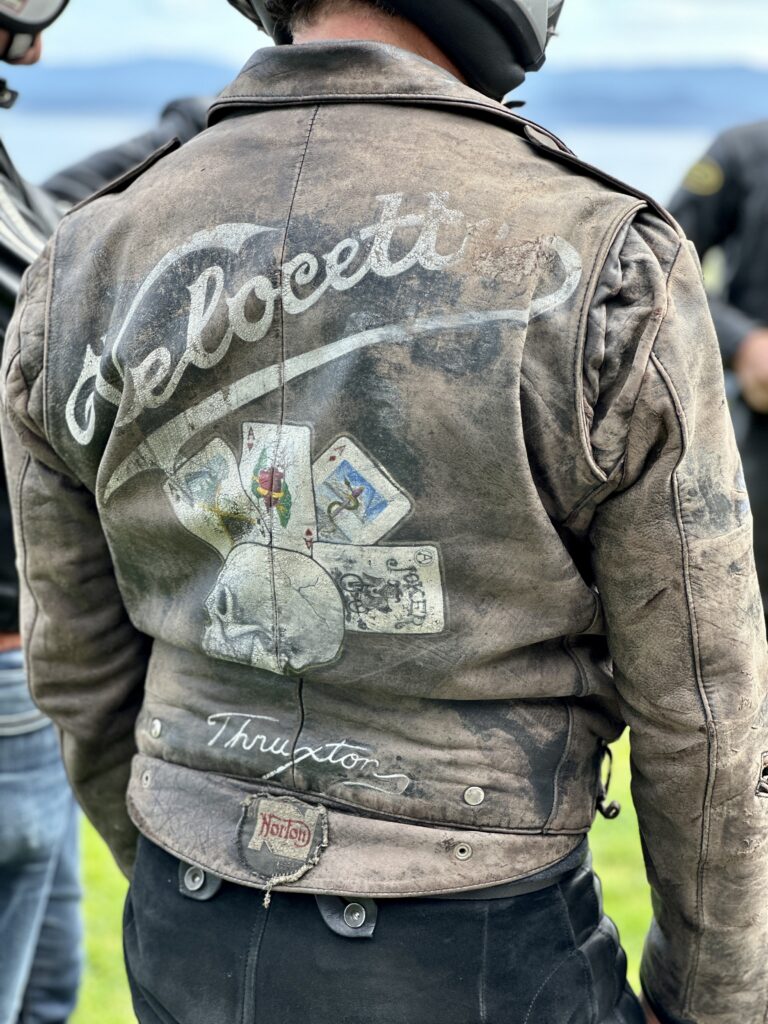
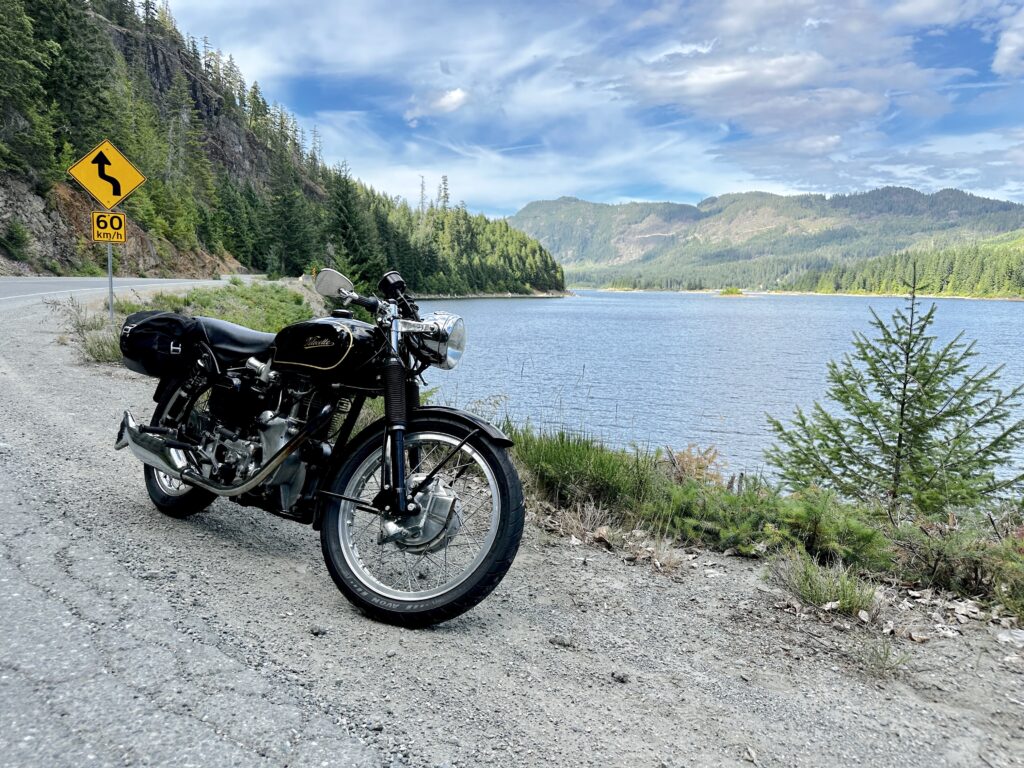
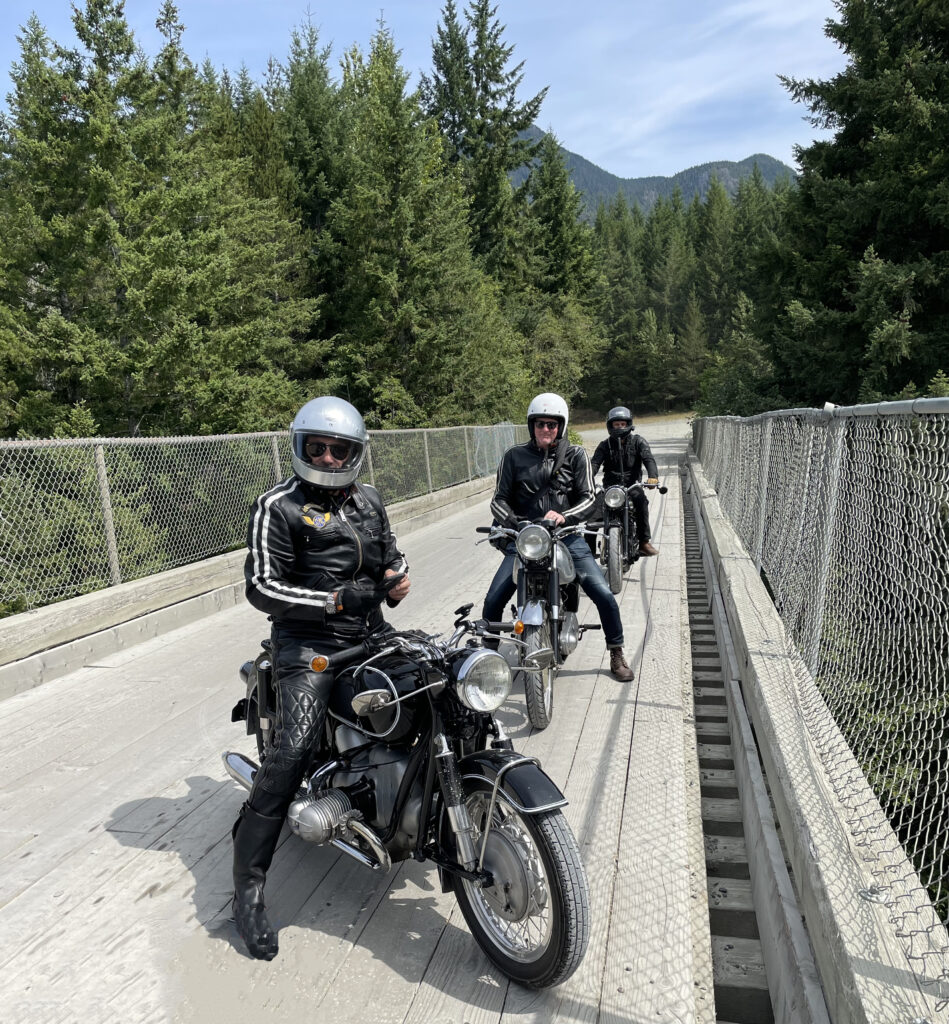
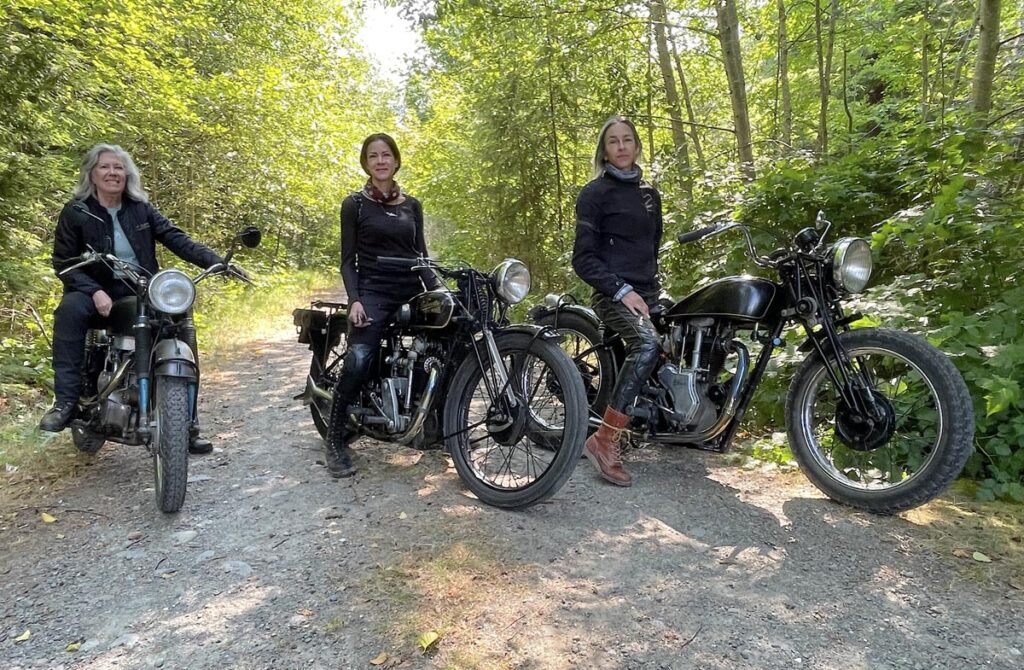
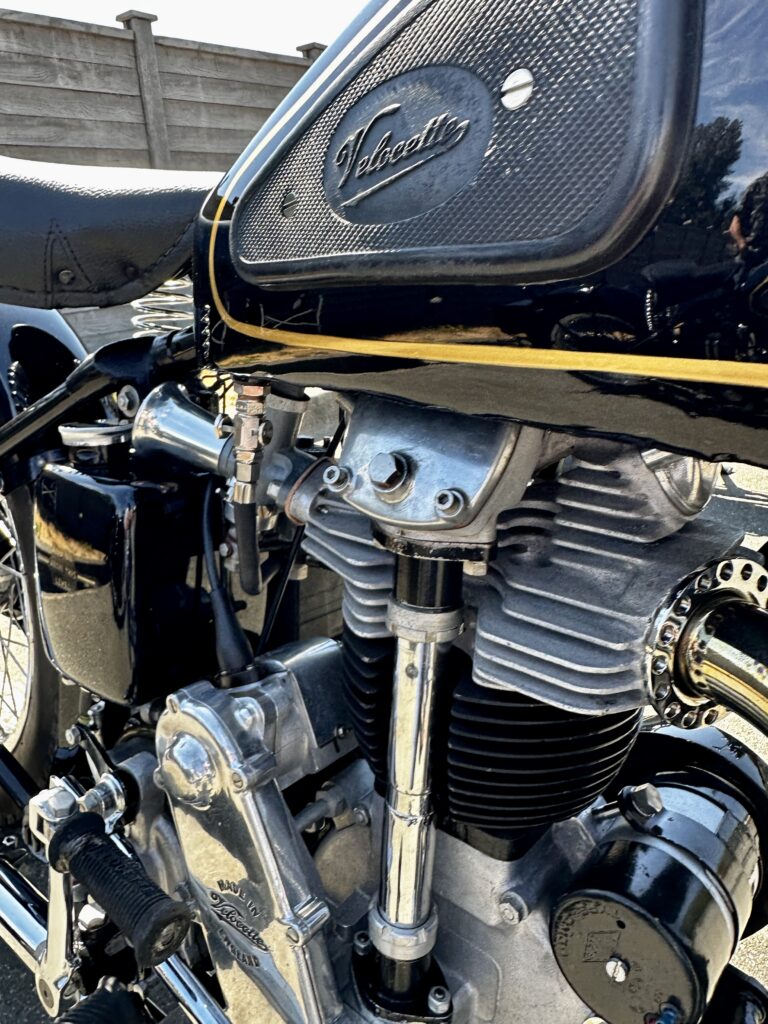
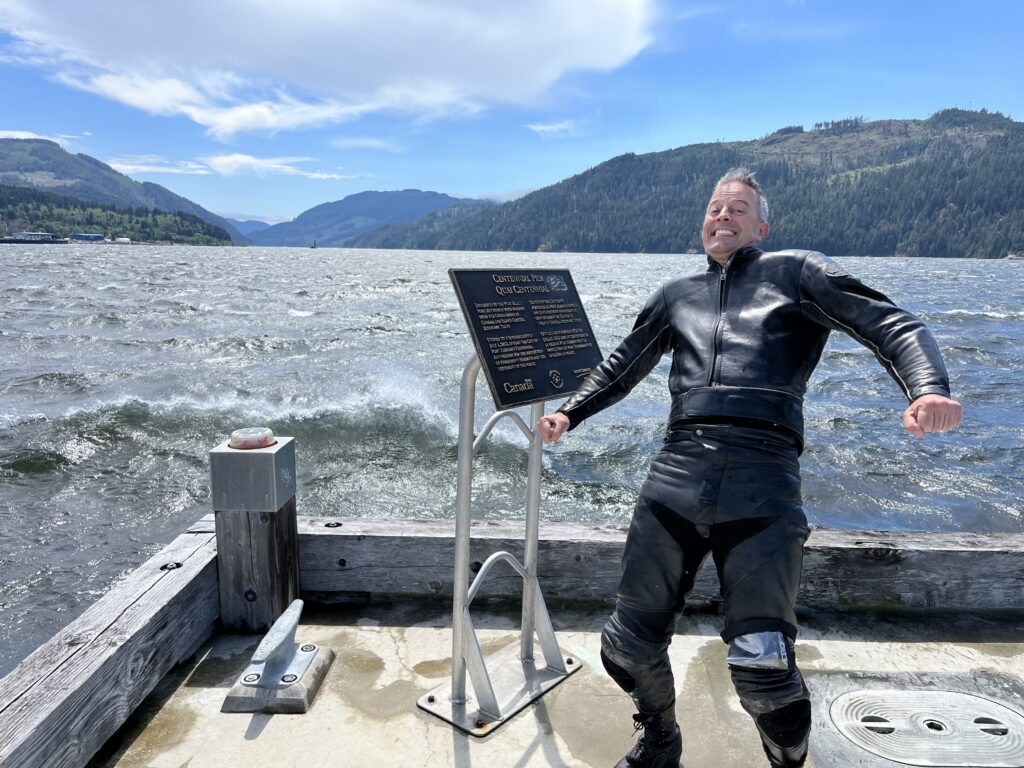
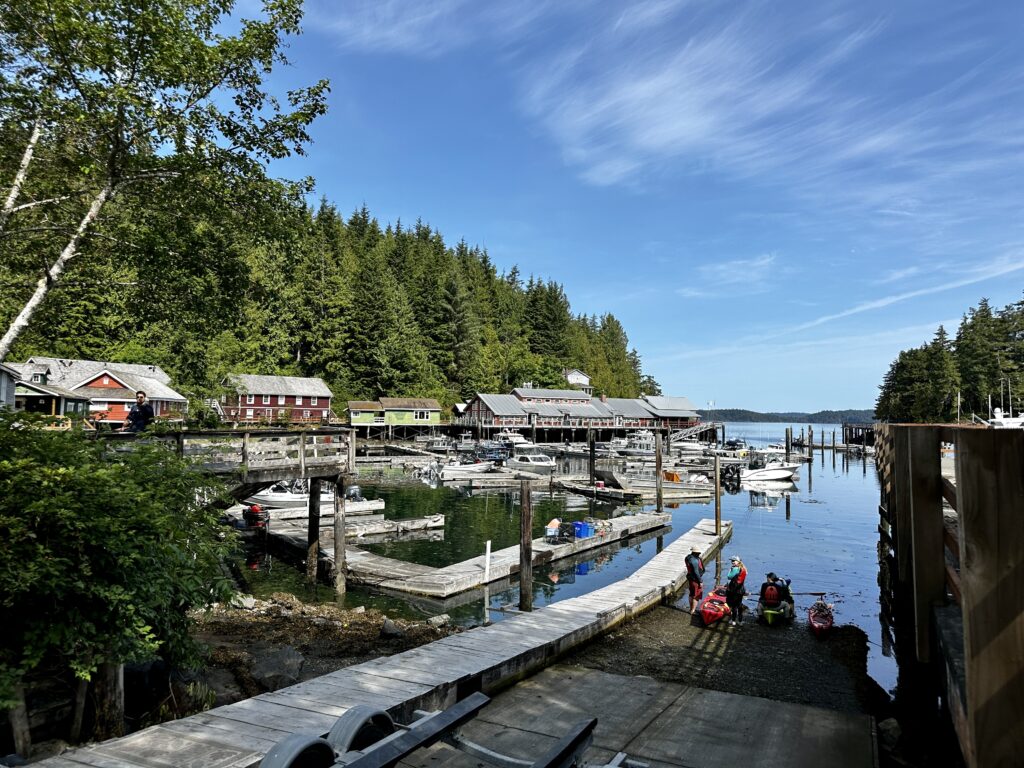
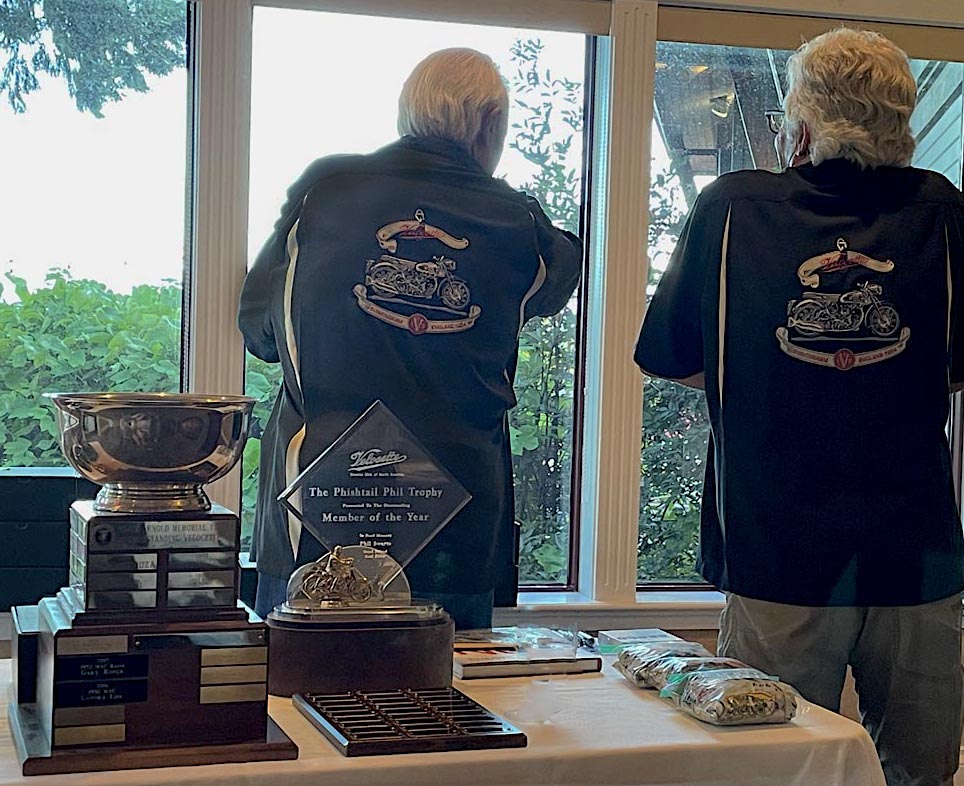
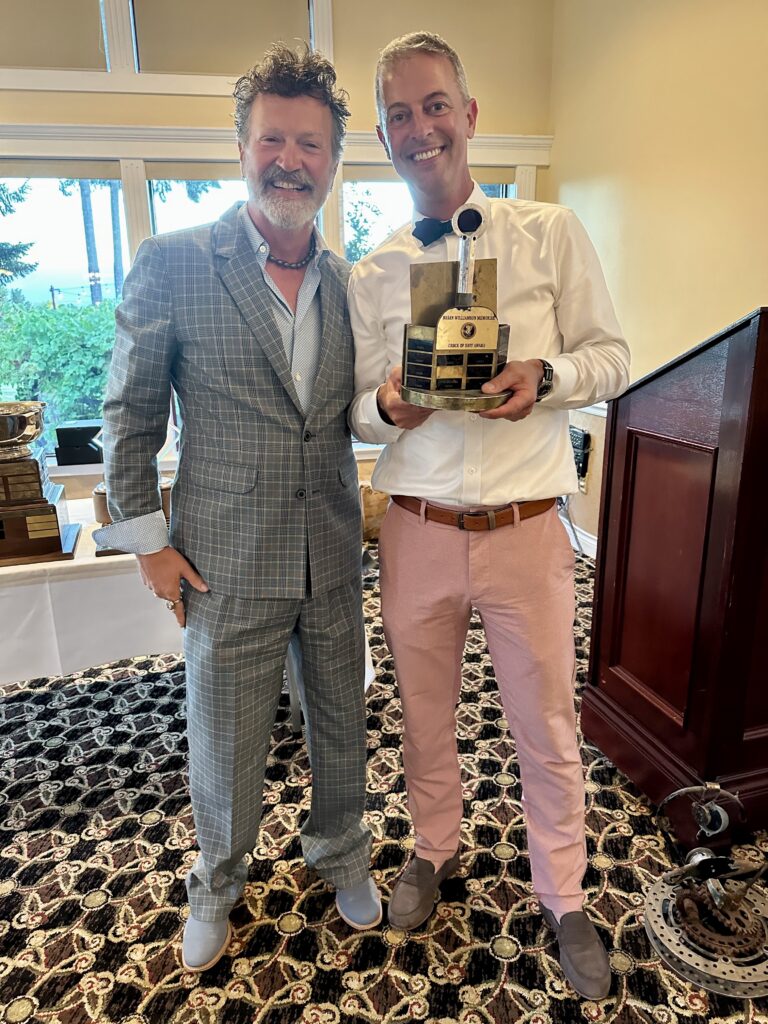
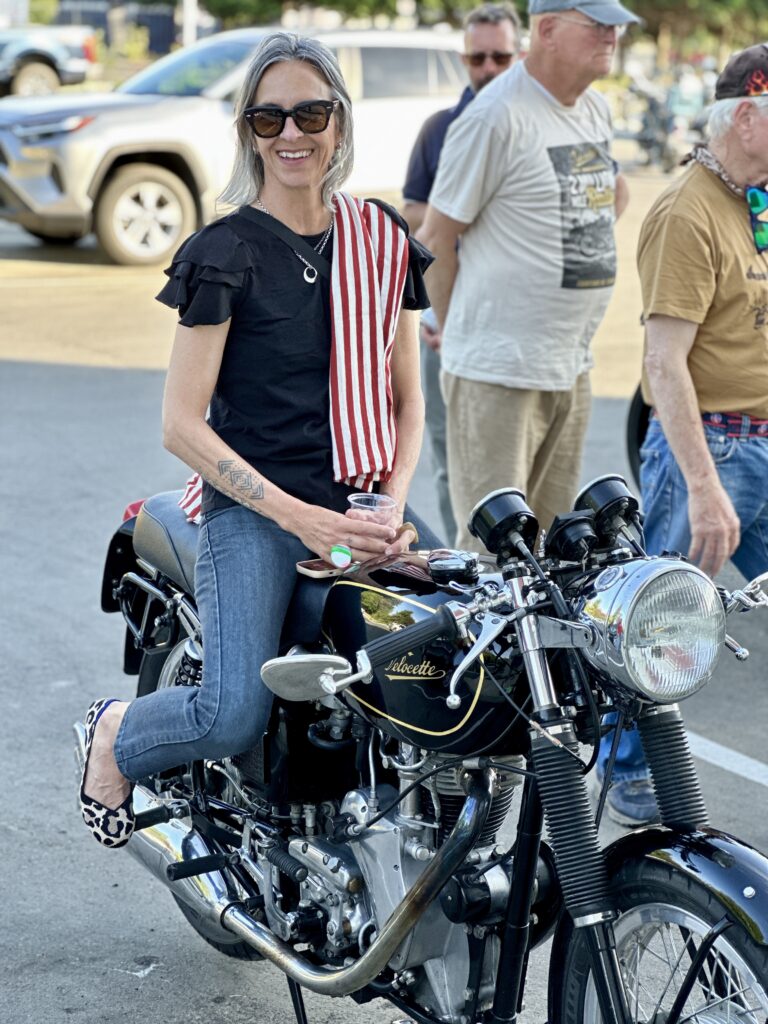
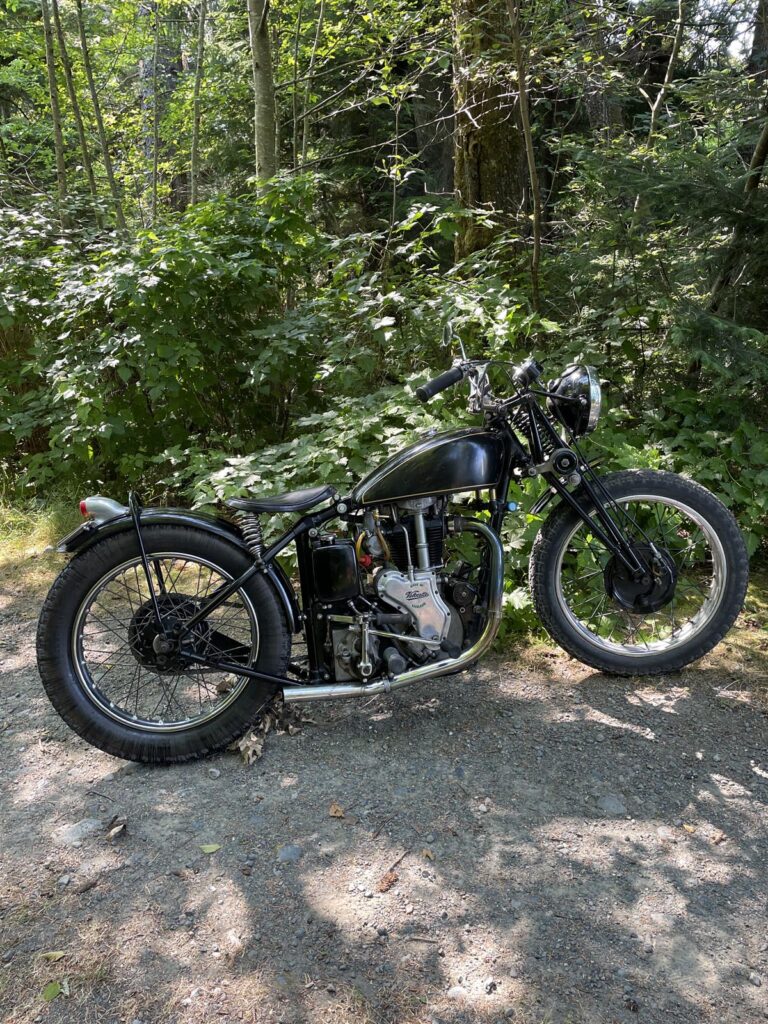
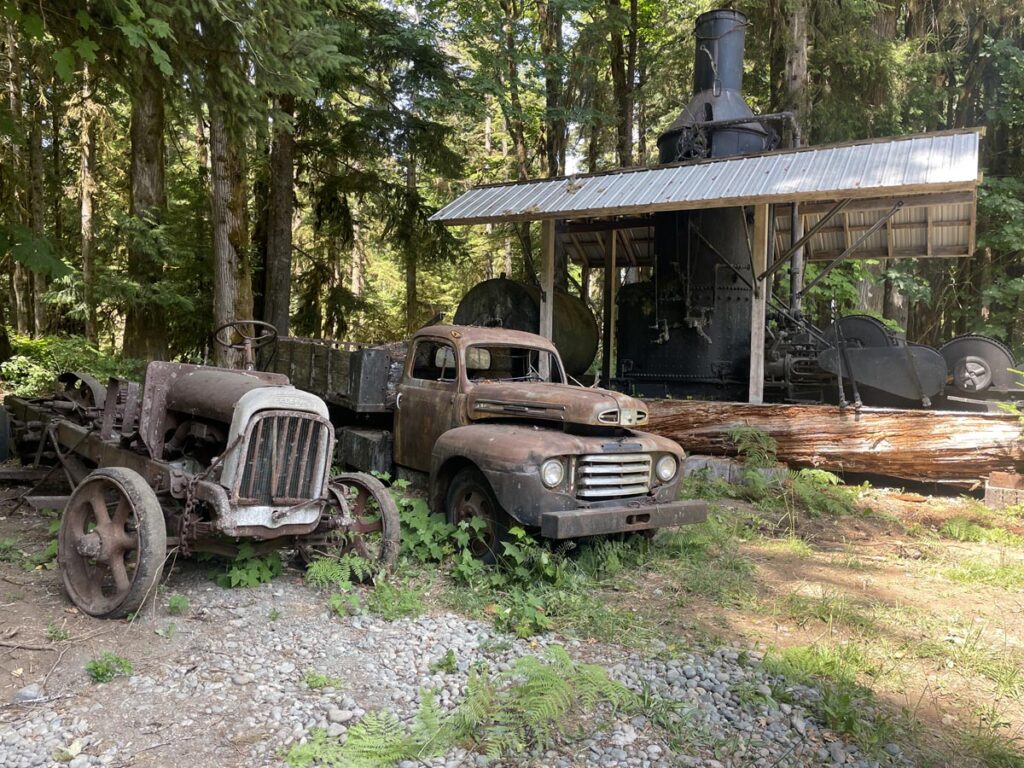

The 'Lost' Indian Four
Lost in the shuffle: that's the only explanation for the lack of attention given the penultimate Indian four - dubbed the Model 44X - in the history books on Indian 'motocycles'. Much better known is the post-war 'Torque Four', introduced in 1946 (but never manufactured), which is identified as part of the effort to streamline the manufacture of Indians under new owner Ralph B. Rogers. As the Torque Four was kin to the Indian singles and parallel twins produced under Rogers' tenure (1945-53), it represented the ultimate expression of the modular manufacturing concept he championed. The Torque Four is known to have been primarily the work of Indian designer George 'Briggs' Weaver, designed when he worked with the Torque Corporation during WW2, after leaving Indian during the war. What's less known is that Weaver designed, alongside Indian owner E. Paul duPont, an earlier four, dubbed the 44X, starting in the late 1930s, that was intended to be produced along the same principals as the Torque Four and post-war Indian lightweight lineup: as a modular series of singles, twins, and fours that used common components for more inexpensive production. Thus, the original concept and prototypes for the modular Indian lineup was dreamed up by E. Paul duPont and his team in the 1930s, developed by Briggs Weaver, and ultimately produced under Rogers in the late 1940s.
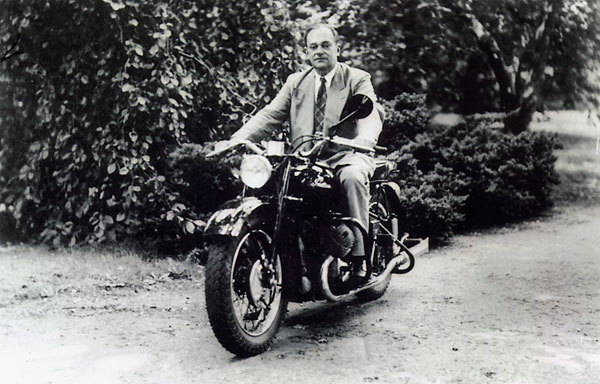

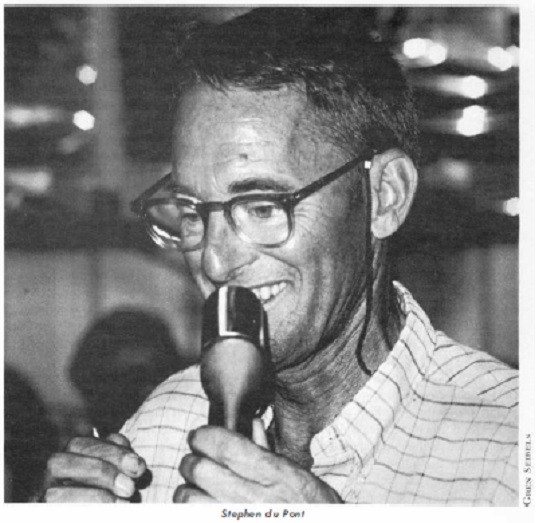
"In the late 1930s E. Paul duPont, then President and Chairman of the Board of Indian Motocycle Co in Springfield MA (notice the spelling Motocycle) initiated a plan for a new line of motorcycles. The aim was to come out with a line of motorcycle which would simplify the manufacture of engines and frames. An illustration of the problem is that the 45 cubic inch Scout and the 74 cubit inch Chief models each used a pair of cylinders that were not alike, and were different for each engine and the valve gear was different for each cylinder, in that each engine used four different rocker arm forgings. The connecting rods were a fork and blade rod and different for each engine. The Indian four of course had totally different valve gear and cylinders and pistons and roads compared to the already mentioned twins. The frames, brakes etc. were also different from model to model.

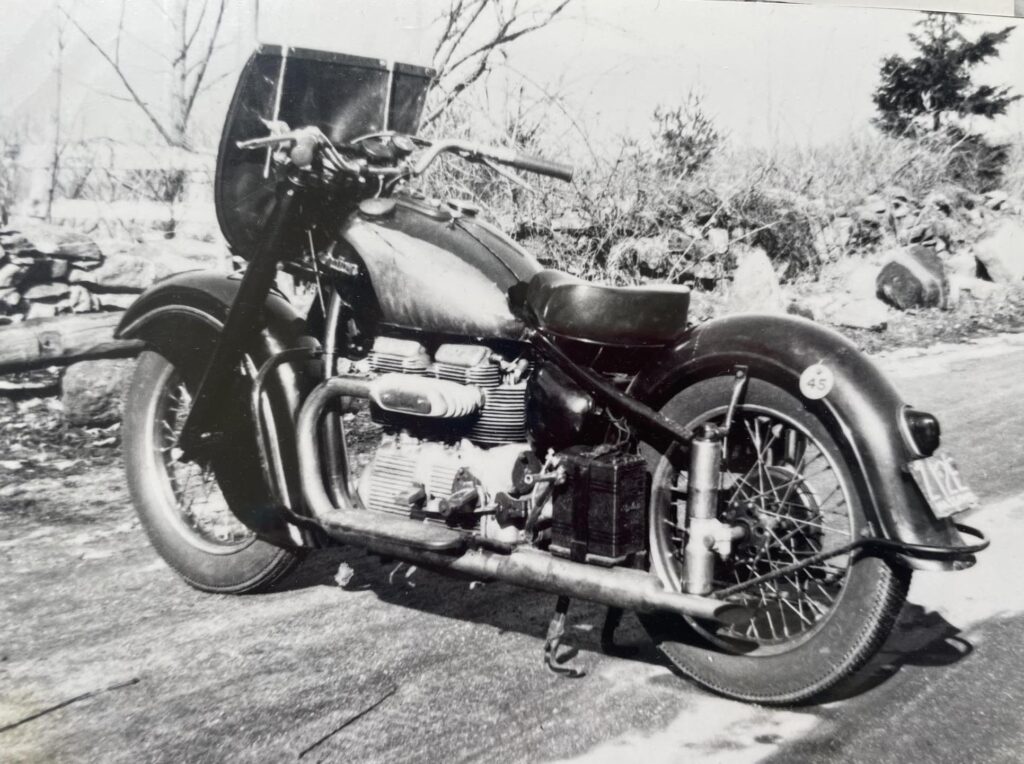
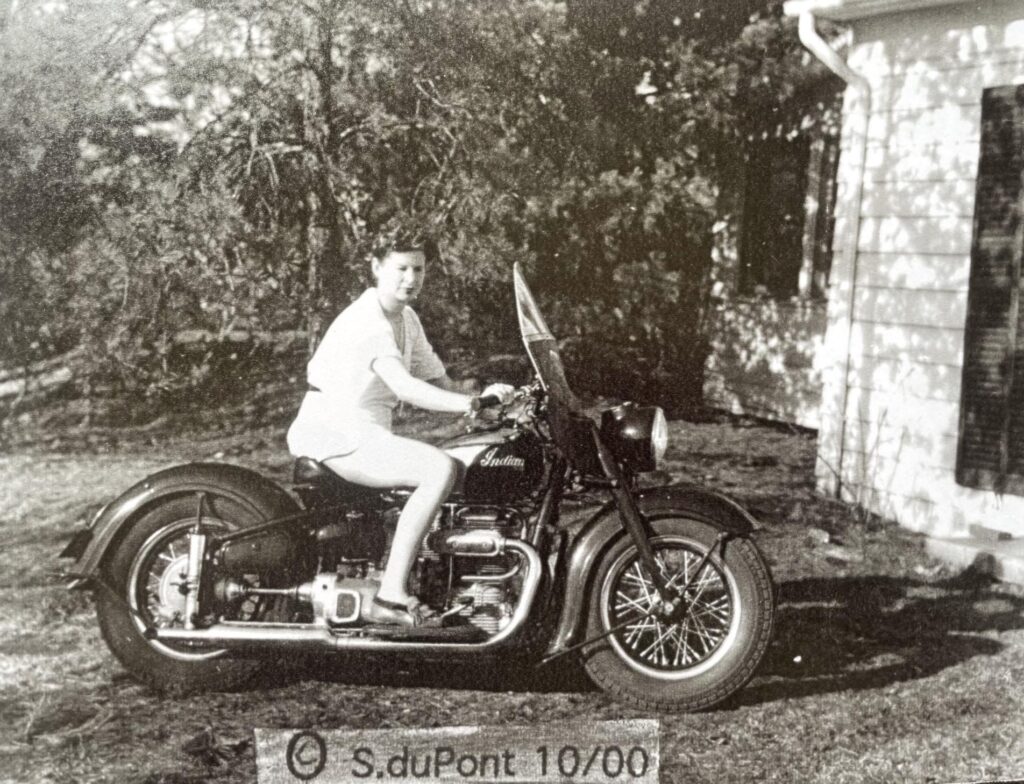

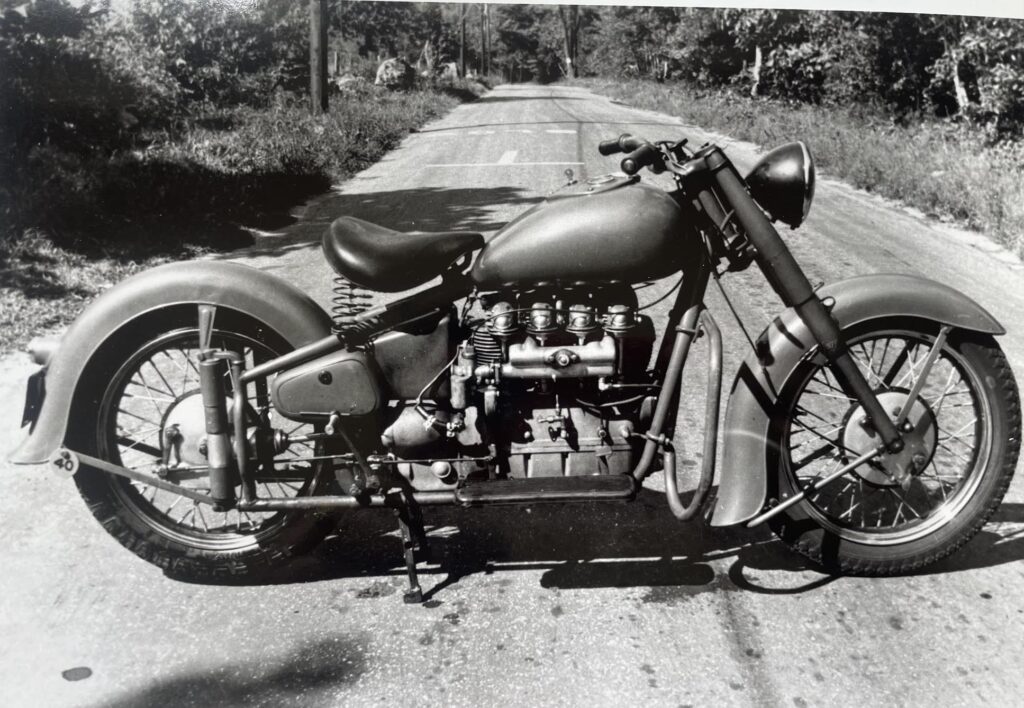
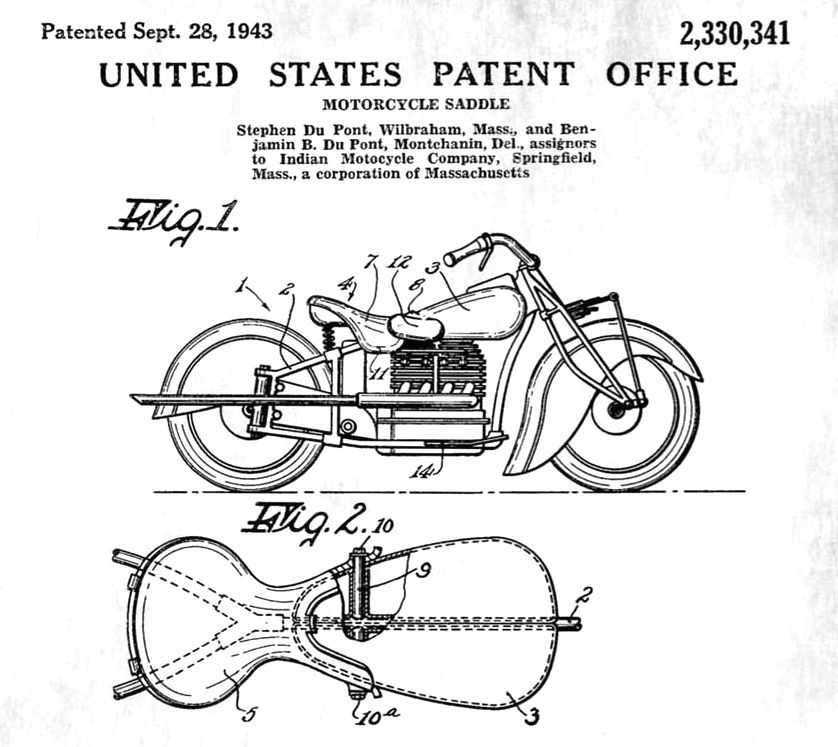
Note: The Stephen duPont transcript and several of his photos were sourced via the Jerry Hatfield Archive, which is being integrated into The Vintagent Archive. Keep an eye out for more Indian history!

Sweet Savage DNA - A Father’s Day Story
By Catherine O'Connor
Angela Savage wishes she could turn back time. The posthumously born daughter of flat tracker turned Indy driver, David Earl “Swede” Savage, Jr. wore all black to this year’s Indianapolis 500. In the midst of stoked Memorial Day revelers cheering and screaming for their favorite Indy rivals, Angela did her best to cope, sitting in the stands with her 17- and 11-year-old sons. She often wears the Swiss-made Omega Speedmaster watch and her father’s wedding ring as an amulet to feel close to him.
“I kept staring at turn 4, knowing his spirit was there. I cried a lot, and just couldn’t stay for the whole race, just wishing I could have my dad back,” Savage said. Growing up she always felt lost and abandoned and so lonely. And Father’s Day won’t be easy.


Born three months after her mother witnessed her father’s fatal crash, Angela Savage spent decades suffering crippling addiction and mental health challenges. What the younger Savage learned was that she was dealing with inter-utero, psycho-injury, a type of inherited trauma that can be passed down from a pregnant mother to her child. Mourning a bewildering sense of longing for the father she never met, Angela spent years struggling to reconcile the history and meaning of his death and life, painfully detangling herself from the unexplained, trans-generational life stress surrounding her Savage legacy.
But with the help of a group of endearing fans and IMS, (Indianapolis Motor Speedway) she had a chance encounter with Ted Woerner. He is an author and impassioned Indy fan who had heard about his hero, Savage’s crash, on the transistor radio he smuggled into his sixth-grade classroom. Their support enabled Angela to find the courage to finally visit the track which took her father’s life. ”It was like soul surgery,” Angela has said of her visit to the Indianapolis Motor Speedway, where the fatal tragedy occurred 50 years ago.

Together they collaborated to write Savage Angel: Death and Rebirth at the Indianapolis 500, a book that skillfully and candidly interweaves details of her life trauma and eventual healing, with revelations of a unique motorsports legacy. Among Savage’s memorabilia are news clips showing that Swede raced as an AMA Amateur in 1965 at the Springfield Mile. Revisiting the motorcycle track where he competed alongside contemporaries, Bart Markel, Dick Mann, Gary Nixon and Eddie Wirth, to watch her first motorcycle race a couple years ago, in Springfield, lifted Angela. “I was blown away at my first flat track race. I just love it!” Angela said.
Her imagination must run to the 18-year-old Swede, the blonde hunk, the son of a prosperous veterinarian, a carefree rebel, traveling the flat track circuit, in the mid 1960’s. From Ascot to Daytona and state fair tracks across the Midwest, in bar-banging combat, Savage competed in AMA’s Expert class finishing among the top 20 riders in the nation, with a total of 24 career AMA wins.

Angela, who now works for Woerner’s Miles Ahead company in Indianapolis, can step into the past in the Savage suite exhibit room that has been created there. Shelves hold her father’s early race artifacts, his tattered leathers, steel shoe and images of the photogenic, beloved native son of San Bernardino. Recognized early for his innate riding performance talent, the original letter Savage signed for a short term deal with Evel Knievel to perform in his Stunt Show of Stars at Ascot Park in 1967, is framed in glass. Pages of emergent race accomplishment, in a “race resume” typed in 1969 by a young David Savage Jr. is but one curated clue in the historic archive Woerner has meticulously pieced together.
A wall of Swede’s 70’s vintage auto racing suits, are a neatly hung team of empty fabric onesies that brave, Indy drivers wore before the evolution to today’s high-tech safety gear. On the wall, charred remains of his race car nose section with Swede’s race number 40, marred and scorched, steels a horribly devastating moment in time.

Woerner and Savage often meet motorsports fans who are intrigued by Savage’s story of evolution from two wheels to four, and the impact of his life ended too soon. The California native, her husband and family relocated in 2018 to live in Indianapolis, the city where Angela’s father died. Angela’s message of healing and survival simply flows out. “I’m proud that the Savage family is still here, 50 years later. I want to tell my story, and his story.”
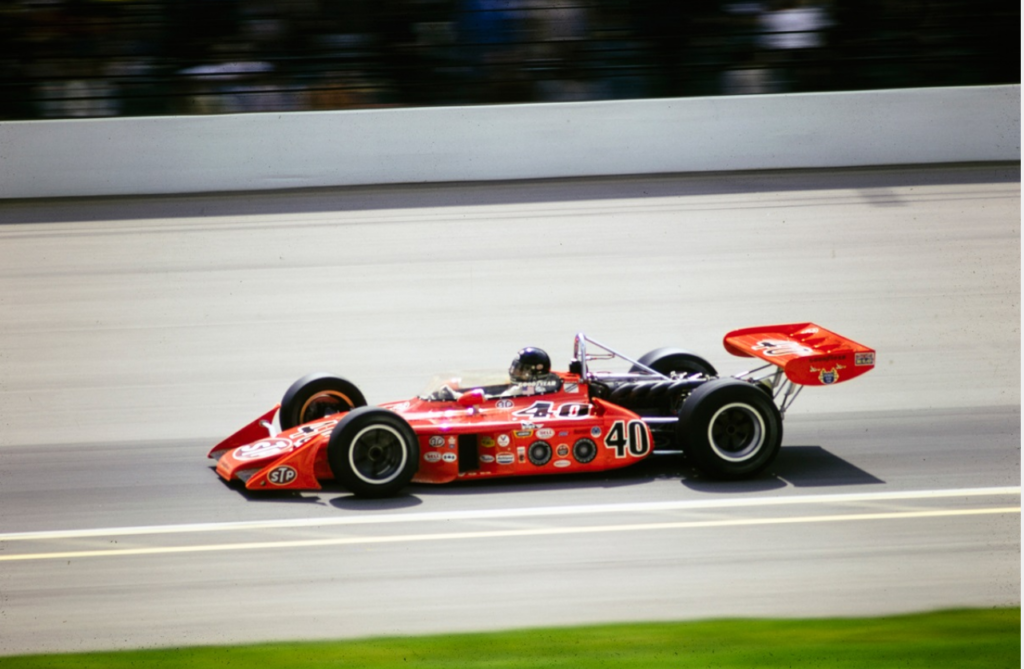
Buoyant and open to talk, Angela Savage along with documentarian Ted Woerner, who continues researching the life and times of Swede Savage, will be on hand at the Illinois State Fairgrounds Springfield Mile on Sept 2-3. There, auto racing fans’ eyes will pop, when they see Woerner’s freshly painted dayglow red #40 STP Oil Treatment Special Eagle-Offenhauser replica of Swede Savage’s STP race car, a special premiere feature at this year’s Springfield Mile.


Please check out SAVAGE42.com for more info.
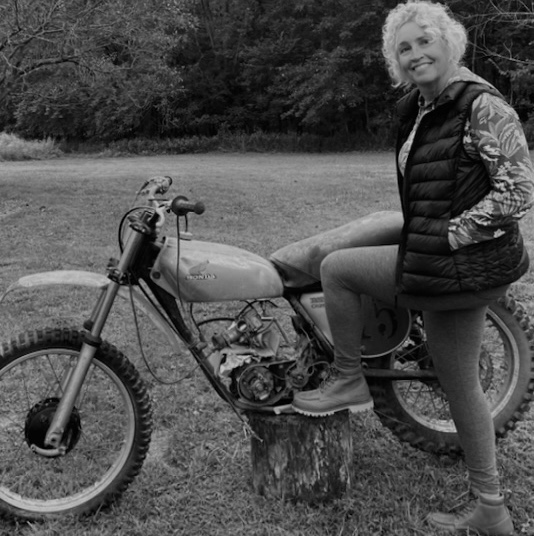
'Brooklands George' - Conrad Leach
The Vintagent presents Brooklands George, a 2008 painting by Conrad Leach, 50x60", acrylic on canvas. Commissioned by the late Dr. George Cohen ('Norton George'), and originally displayed at the Dunhill Drivers Club during the 2008 Goodwood Revival meeting. Being sold on behalf of Sarah Cohen. Price on request: contact us here.
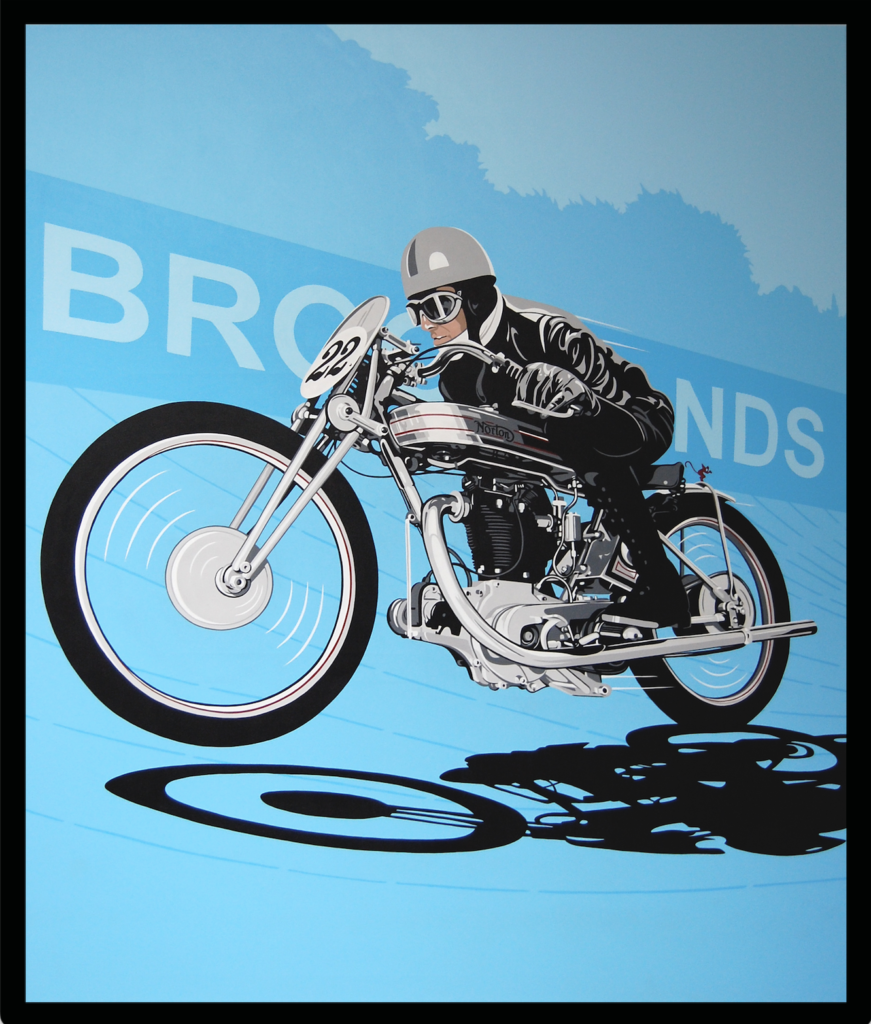
The paintings of Conrad Leach are iconic, because for years he has explored the imagery that creates icons. 'Brooklands George' (2008), while depicting a particular man, motorcycle, and location, is also timeless, featuring the shape of a machine built for speed, an evocative locale, and a hunched-over racer pushing the limits of speed and danger. Leach's influences range from 20th Century movie posters and advertising, to art/historical references like Beggarstaff posters and Roy Lichtenstein's graphic blasts. His cool surface technique is contradicted by saturated colors and a strongly contrasting ground, plus the kinetic, magnetic appeal of his human and mechanical subjects.
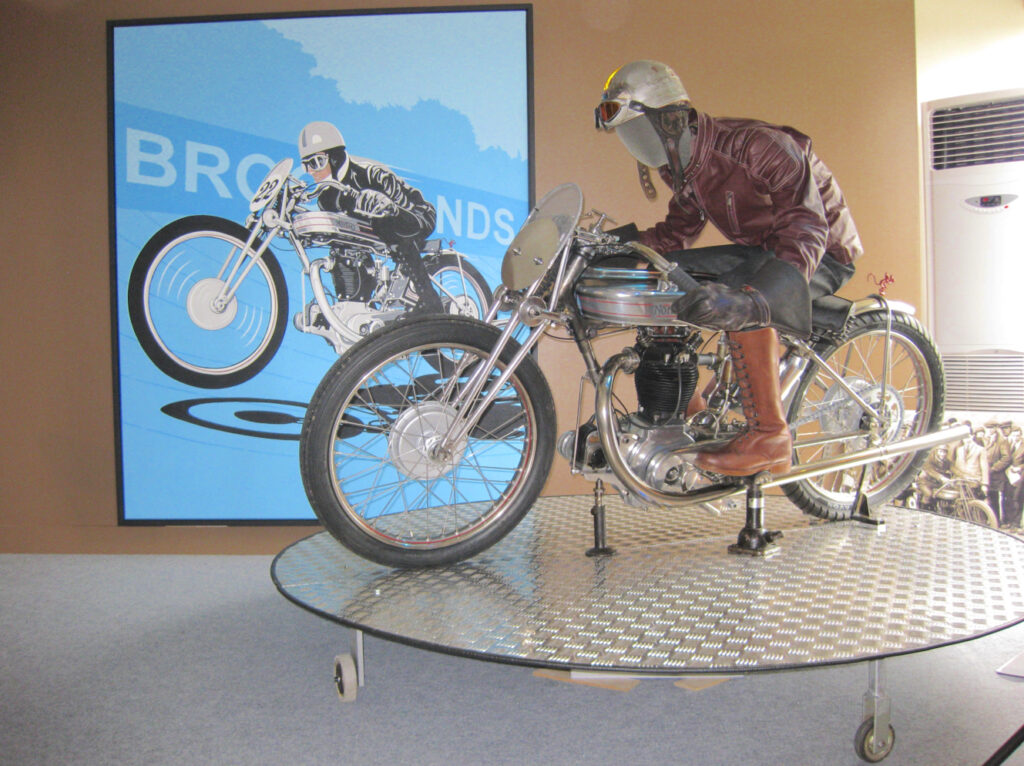
Conrad Leach is best known for his exploration of heroic imagery, from British racing vehicles (motorcycles, cars, planes) to contemporary Japanese pop stars and Ukiyo-e woodcuts. He's not a nostalgist, but responds on canvas to people, machines, and events from the past and present that resonate with our culture. He explains , ‘So much is sexy from the interwar era! The Supermarine Schneider Trophy racer, Malcolm Campbell’s Bluebird, the Brough Superior ‘Works Scrapper’, are nearly forgotten today, but the aesthetics of the era are so pure and functional. This was pretty radical stuff back then, but my work has to be relevant now, as I’m not interested in recreating the past. My painting technique is contemporary, even Pop, and attempts to create resonance between a viewer today and images from that era. To take an enormous bespoke object like the Bluebird onto Daytona beach in Florida and attempt to go faster than any human, that required an incredible train of thought, and I’m trying to get into the heads of those people.”
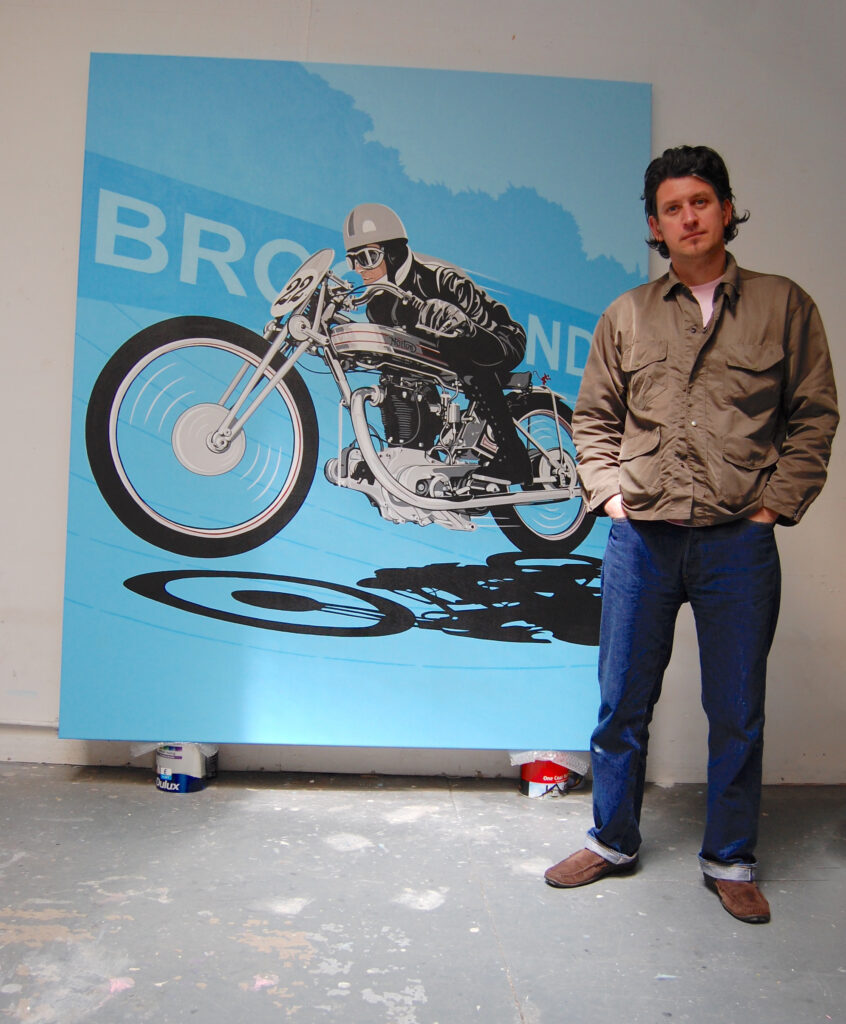
'Joe Craig: Making Norton Famous'
If any single person deserves credit for Norton's extraordinary decades of racing dominance from 1930 through the mid-1950s, it must be Joe Craig. The de facto racing team manager for Norton under several owners, Craig at first successfully raced the factory product himself in the 1920s, then switched to the role of development engineer in 1930. He held that position (despite a break from the company during WW2) through 1955, when postwar company owners Associated Motor Cycles (AMC) decided exotic factory specials could no longer be supported financially, and focussed on selling factory catalogued racers like the Norton Manx, AJS 7R, and Matchless G50 models, all of which were produced simultaneously under their corporate ownership.

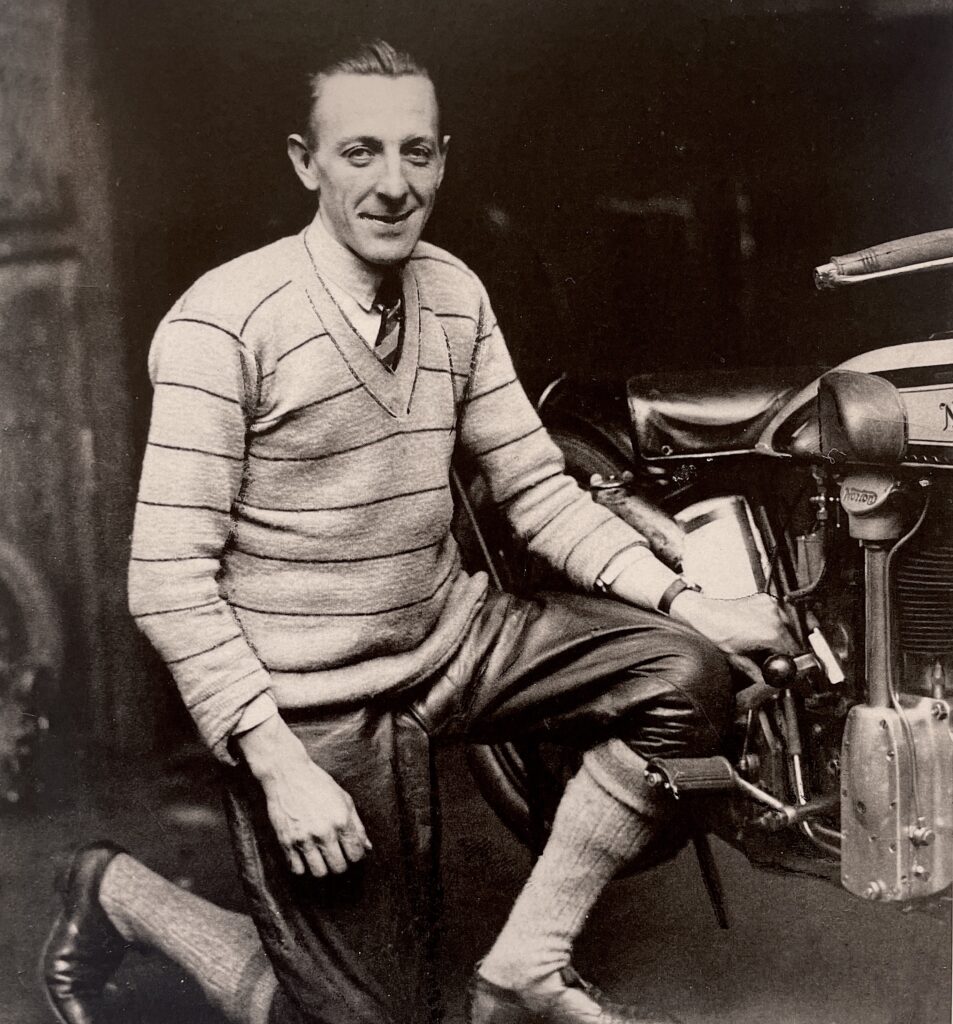
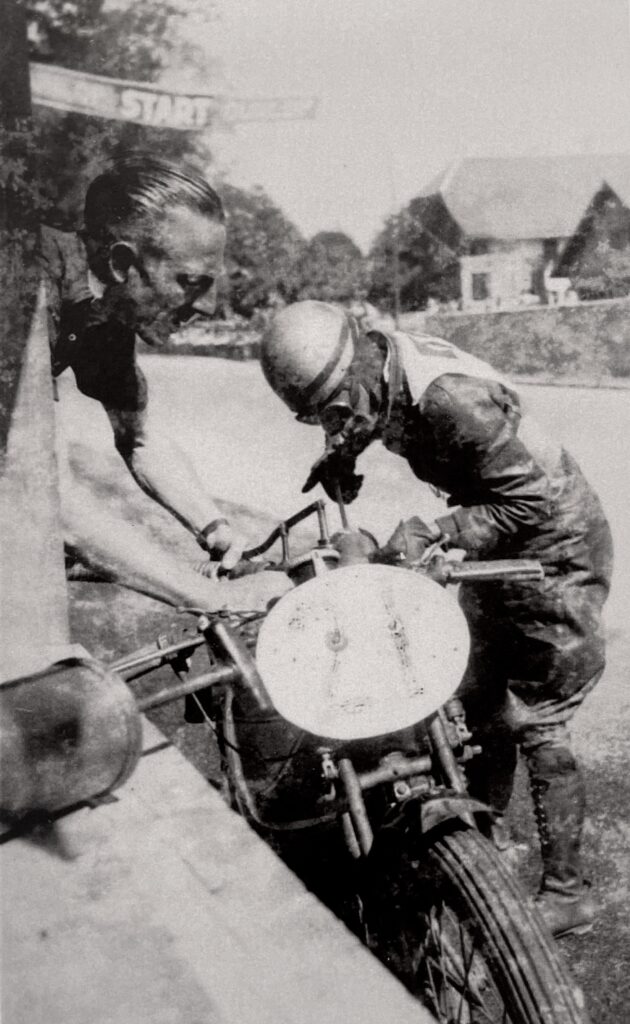
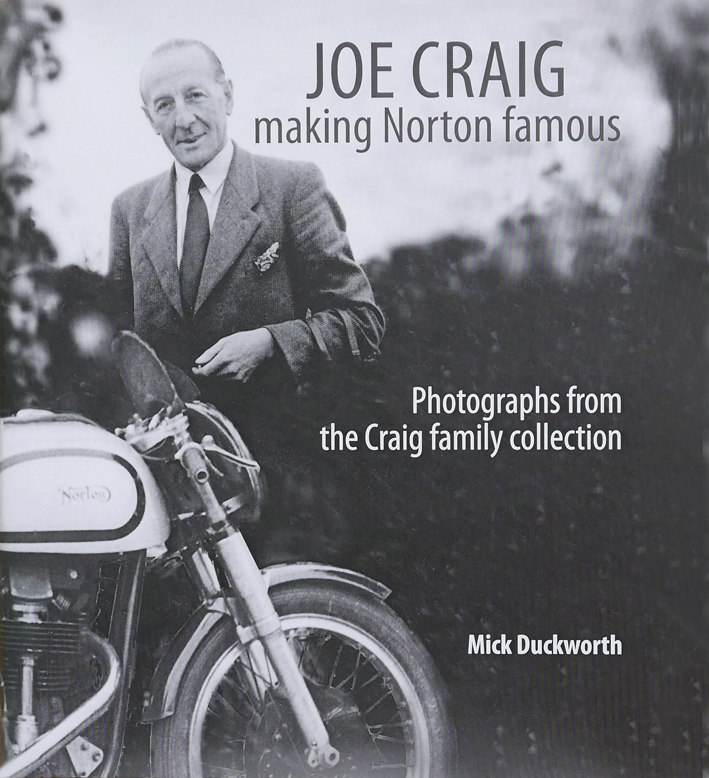
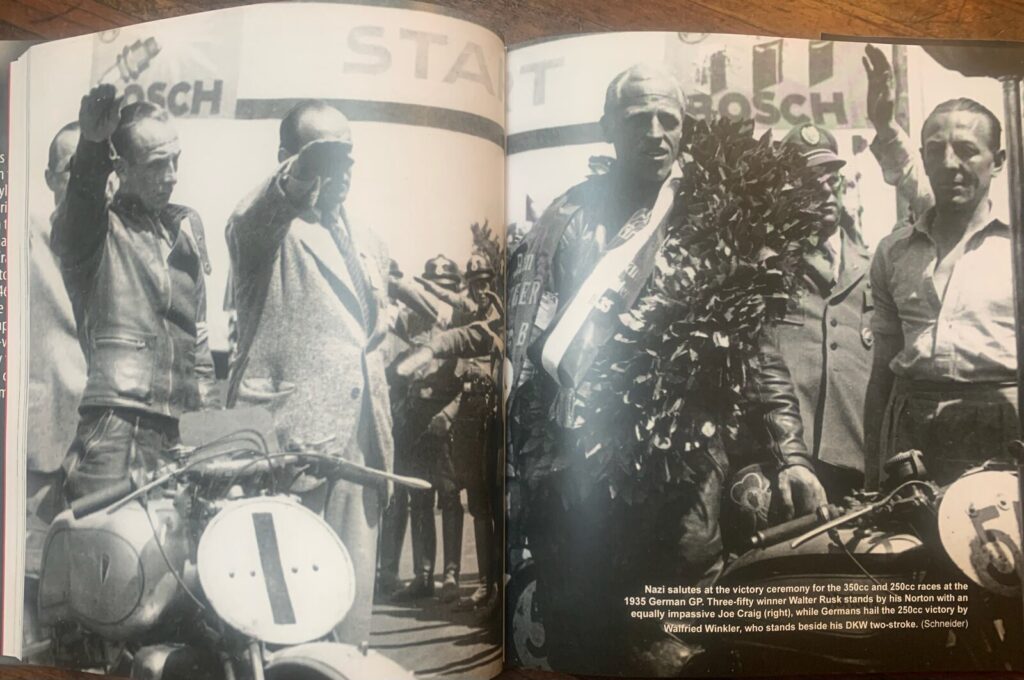
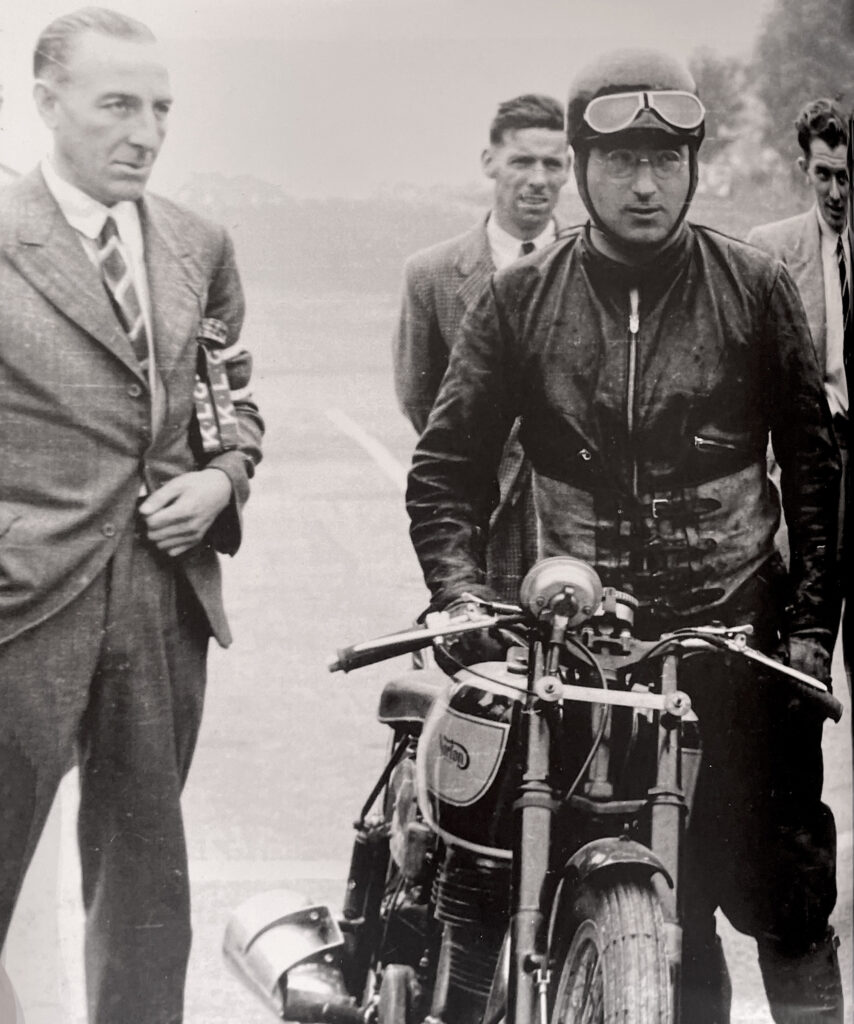

East River Racing in the 1970s
By Sandy Hackney
The story of East River Racing began in September 1969, all because I had been seen risking life and limb on a ’69 Yamaha YDS3 (250cc) on a series of curvy roads in Durham, NC that Summer. A mechanic at the local Yamaha shop said to me, “You should race.” Huh? But the seed was planted, and there was a AAMRR Labor Day race weekend coming up at VIR; it was several days long and featured one 5-hour race. After exploring this some, I approached a local roofing company, who fashioned a set of expansion chambers to TD1 specs and I was set! Top speed was increased to about 110mph; damned thrilling.
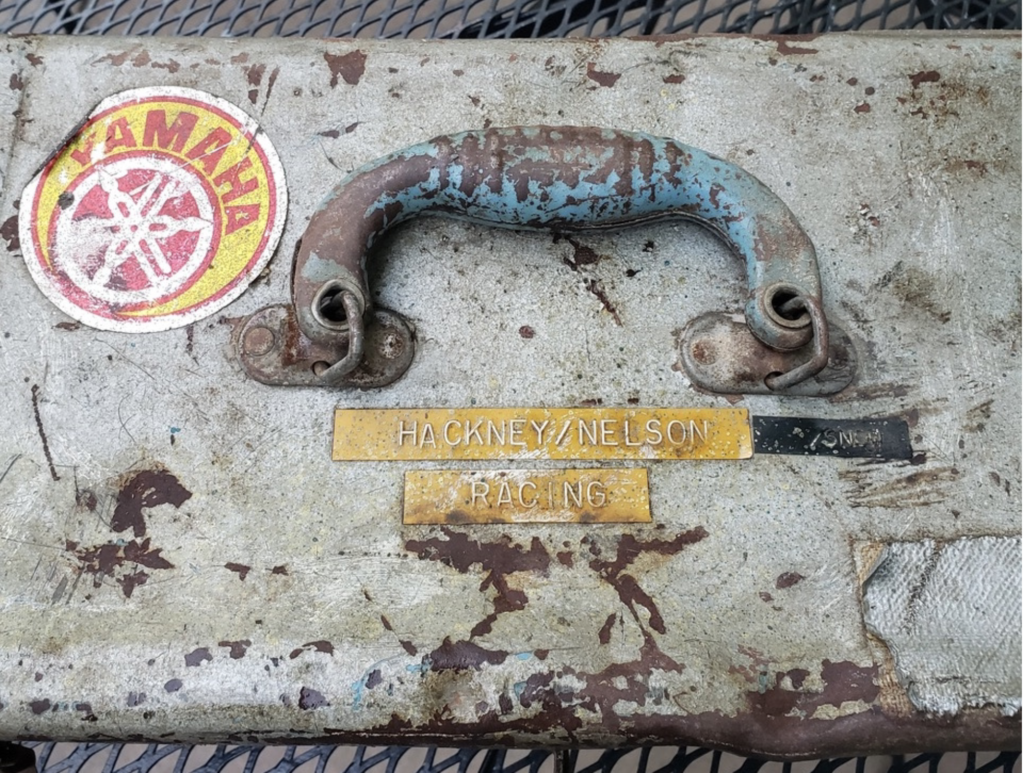
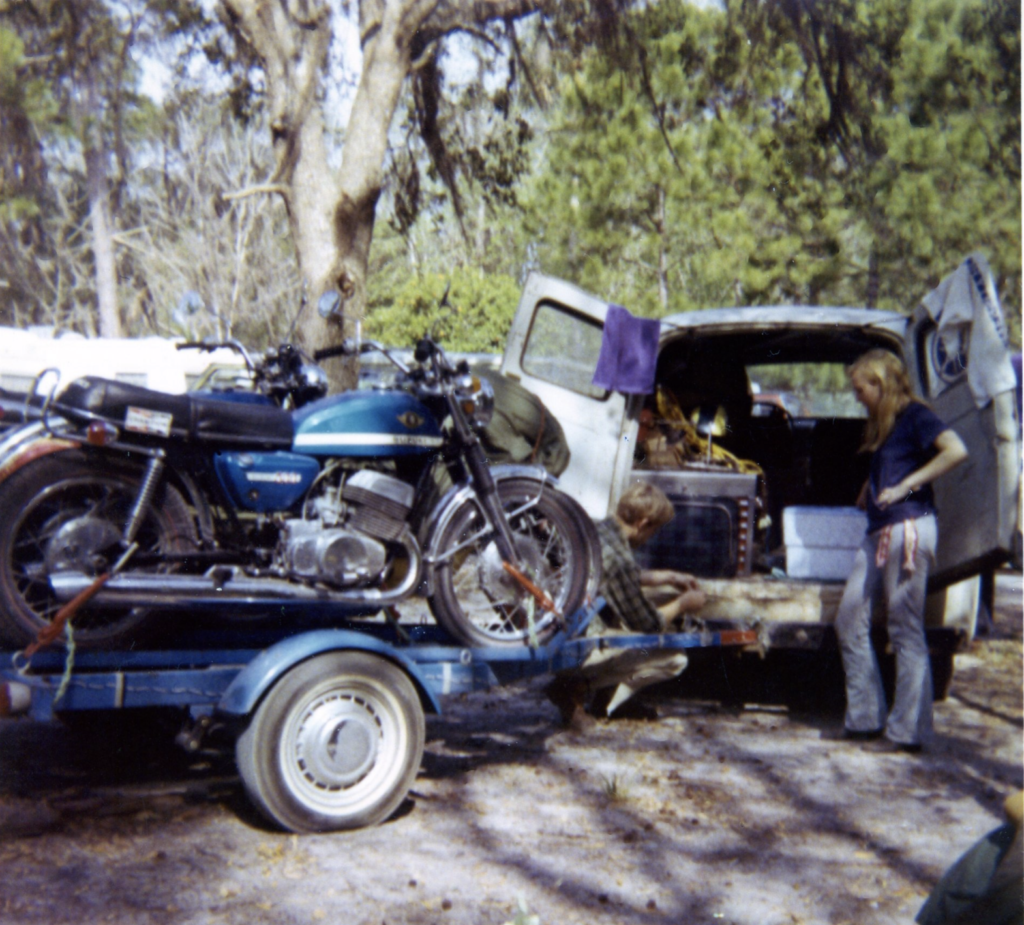
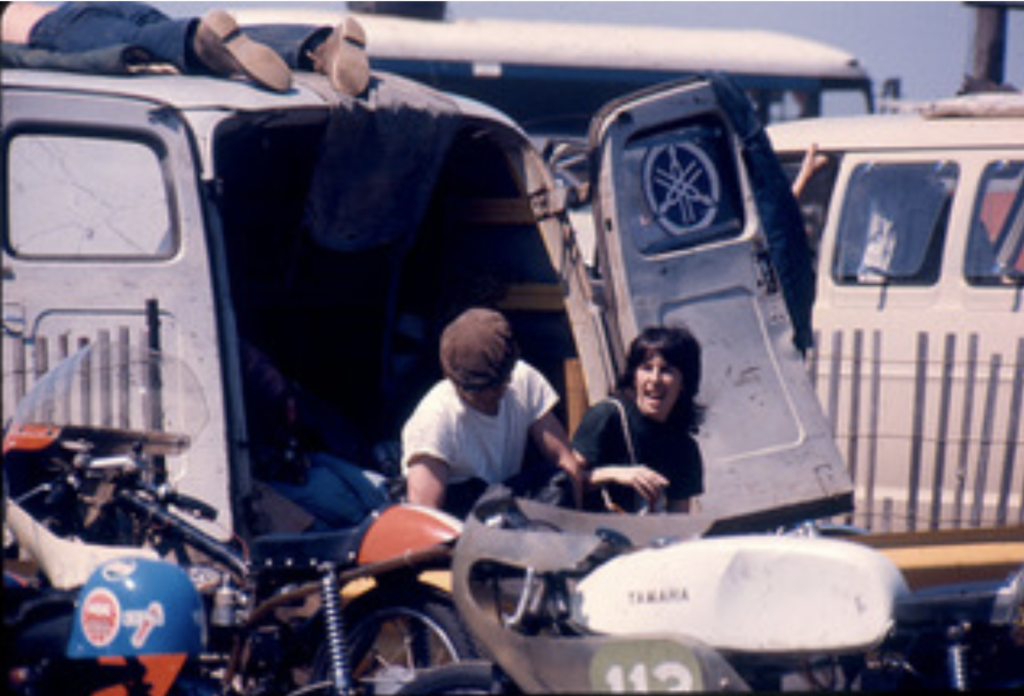
Soon we had a core group made of several colleagues from the Respiratory Therapy Department at NYU Medical Center; we were all in our early 20s and in love with motorcycles. We rented a storefront on E. 12th between 1st and 2nd Ave, and East River Racing was truly born. Our truck was purchased by me from a NC monk for $80. A great deal. We added a couple of fine women as tuners - and more. One tuner is married to this day to Bill.
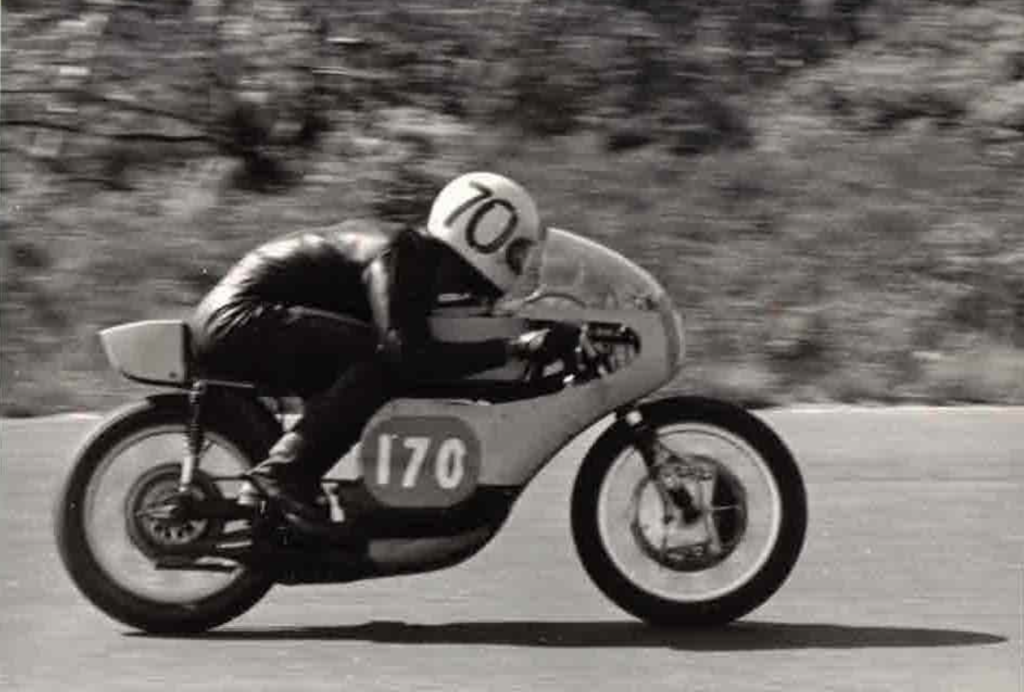
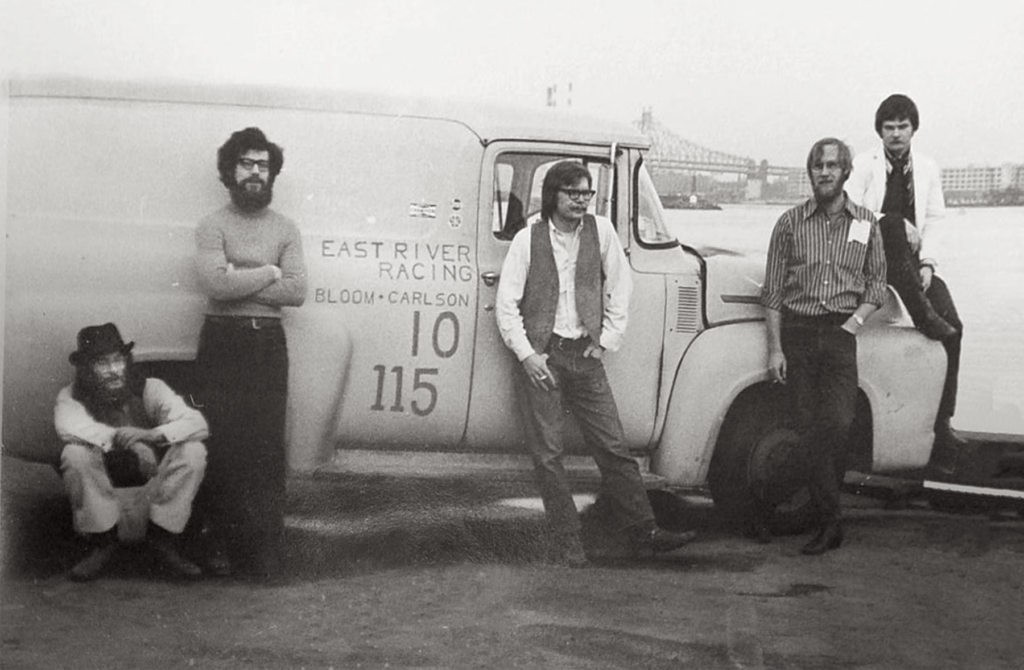
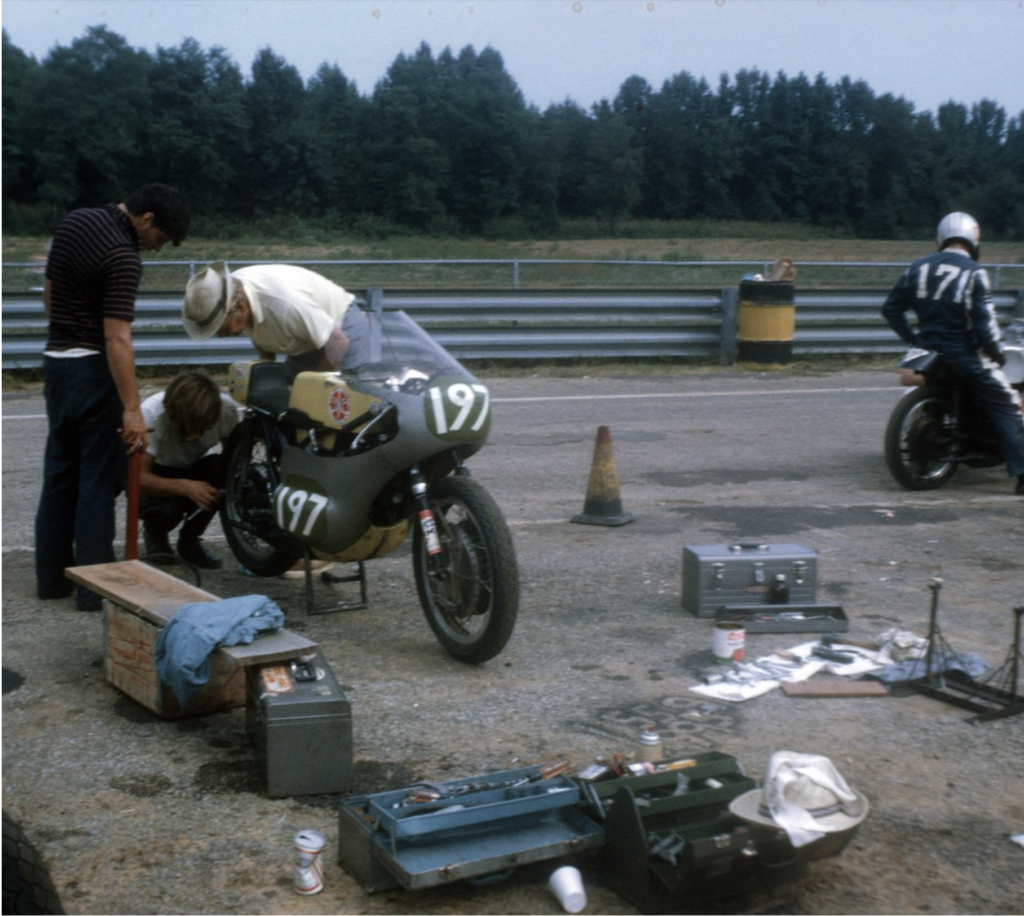
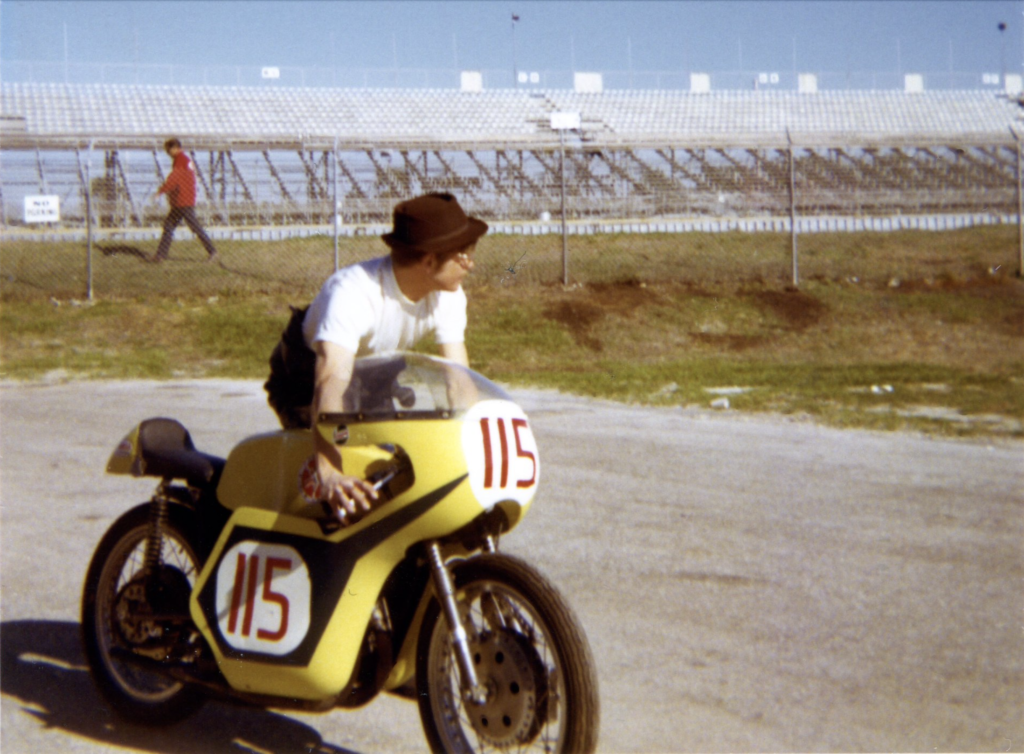
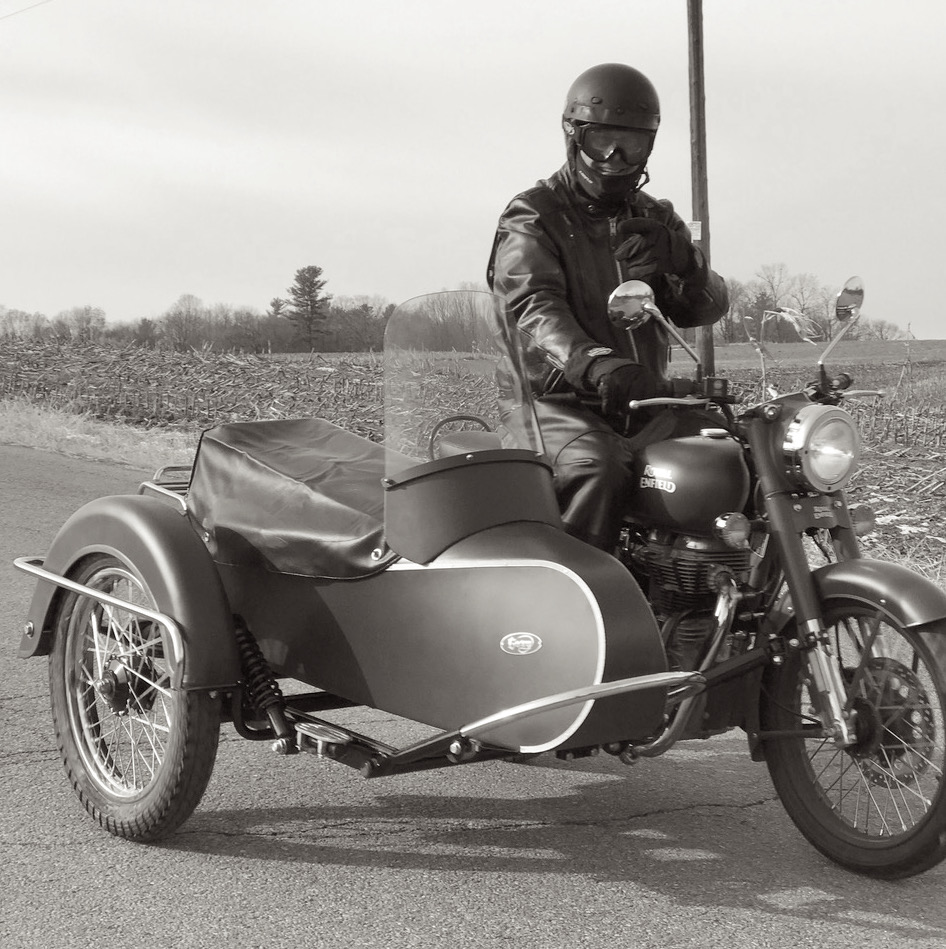
RIDE 70s Spring Raid Invitational
[Editor's note: Vintagent Contributor Fabio Affuso recently founded a moto-touring company with seasoned petrolhead Pietro Casadio Pirazzoli, RIDE 70s, using classic (mostly) Italian bikes to explore classic Italian landscapes. For the inaugural tour of RIDE 70s, he chose Tuscany, and invited a dozen friends and journalists to test the bikes and his organizational skills. HIs Spring Raid Invitational last month coincided with my own tour of Italy on classic Italian bikes, otherwise this would be a first-hand ride report!]
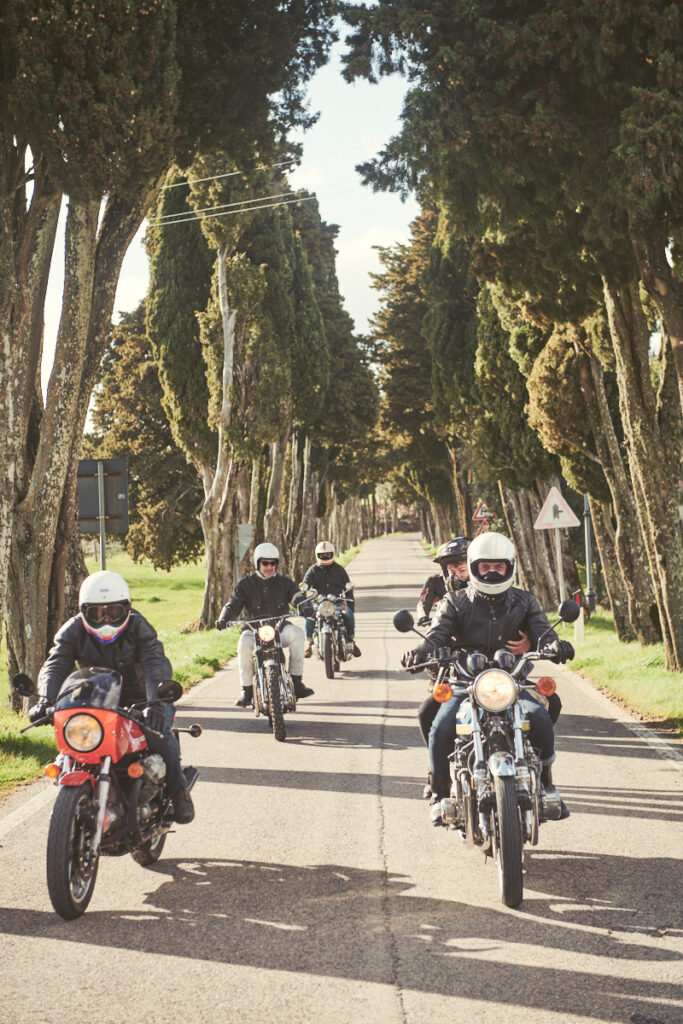
To celebrate the beginning of our RIDE 70s touring season in Italy, we were thrilled to guide an eclectic group of friends on an unforgettable expedition, a motorcycle journey across the picturesque landscapes of Tuscany.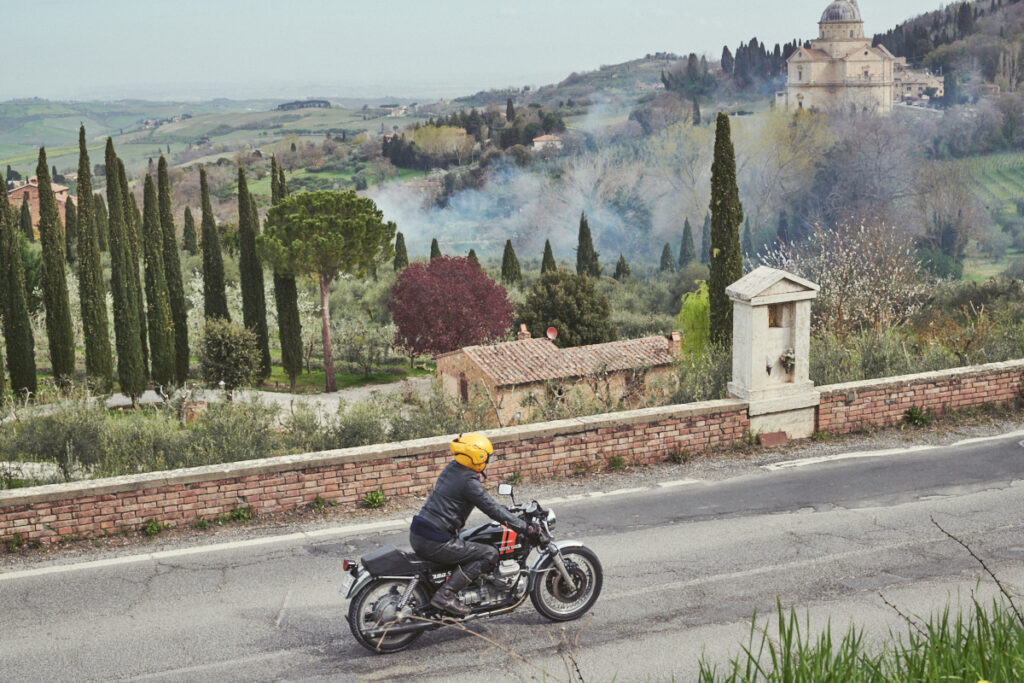
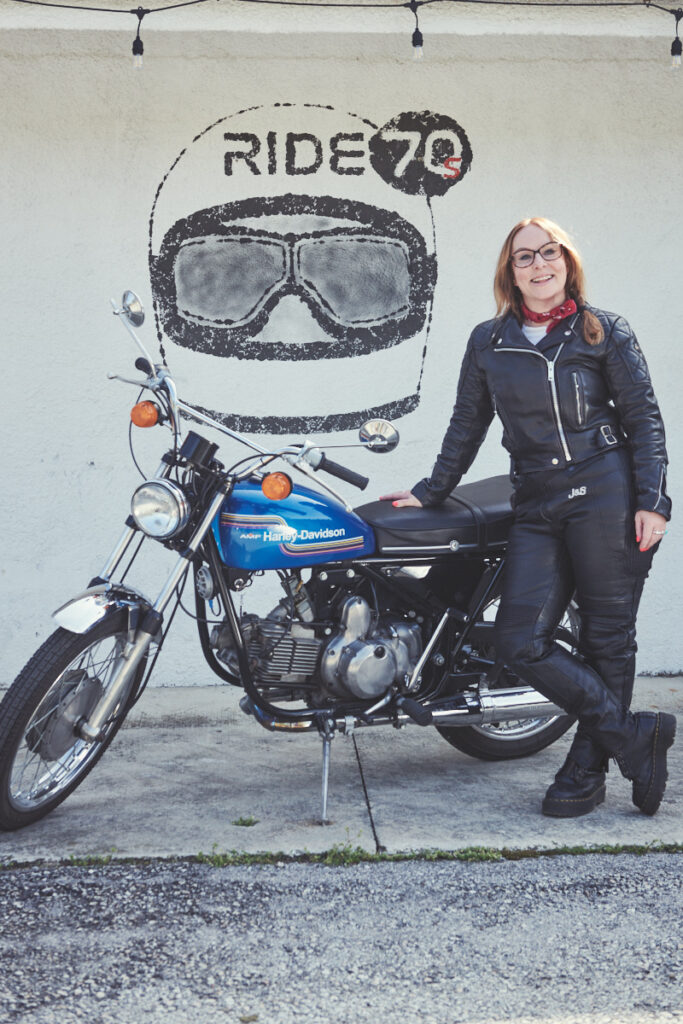
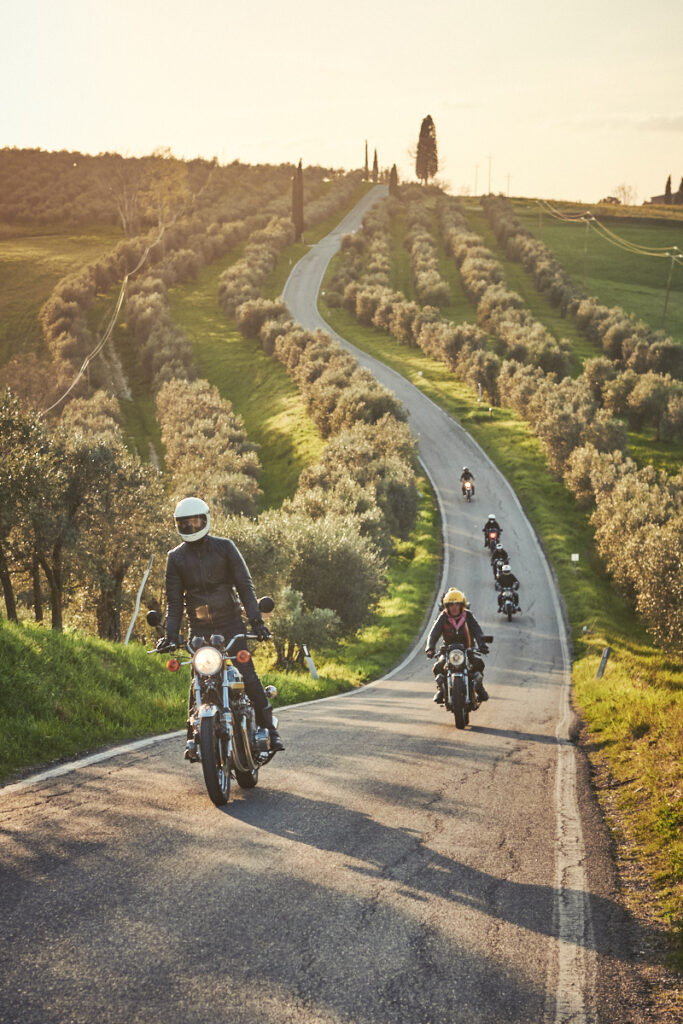
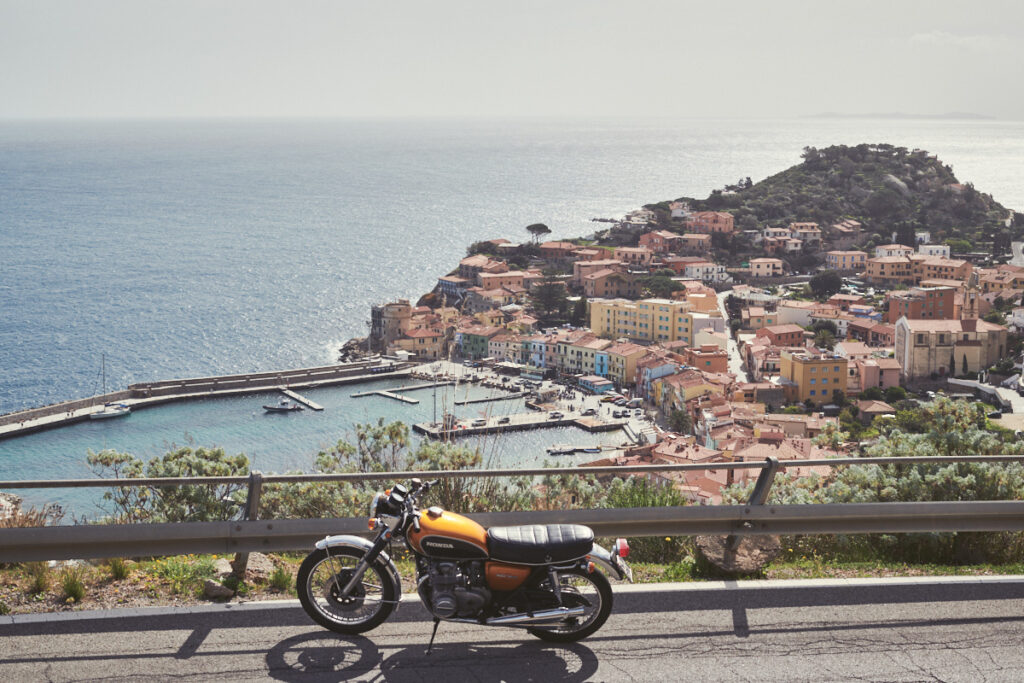
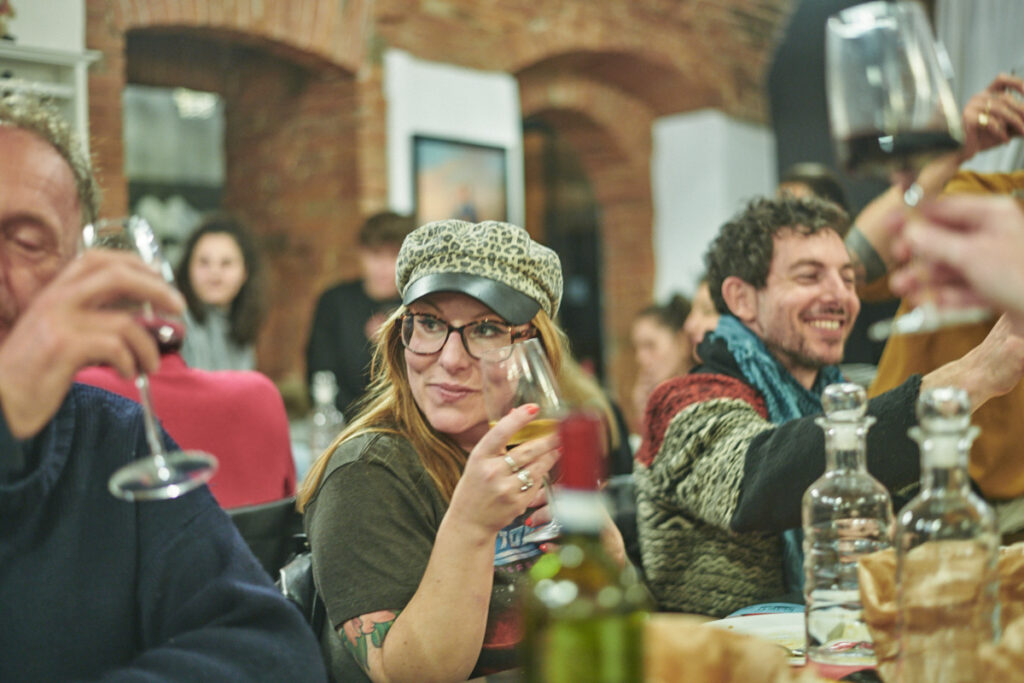

Continuing our journey reinvigorated, we arrived in the enchanting town of Montepulciano, renowned for its Renaissance architecture and exquisite wines. Here, we reveled in the rich flavors of Tuscan cuisine, savouring pecorino cheese, handmade pici pasta, and tender braised wild boar. The indulgence was accompanied by the velvety notes of Nobile di Montepulciano wine, adding a touch of elegance to our dining experience.
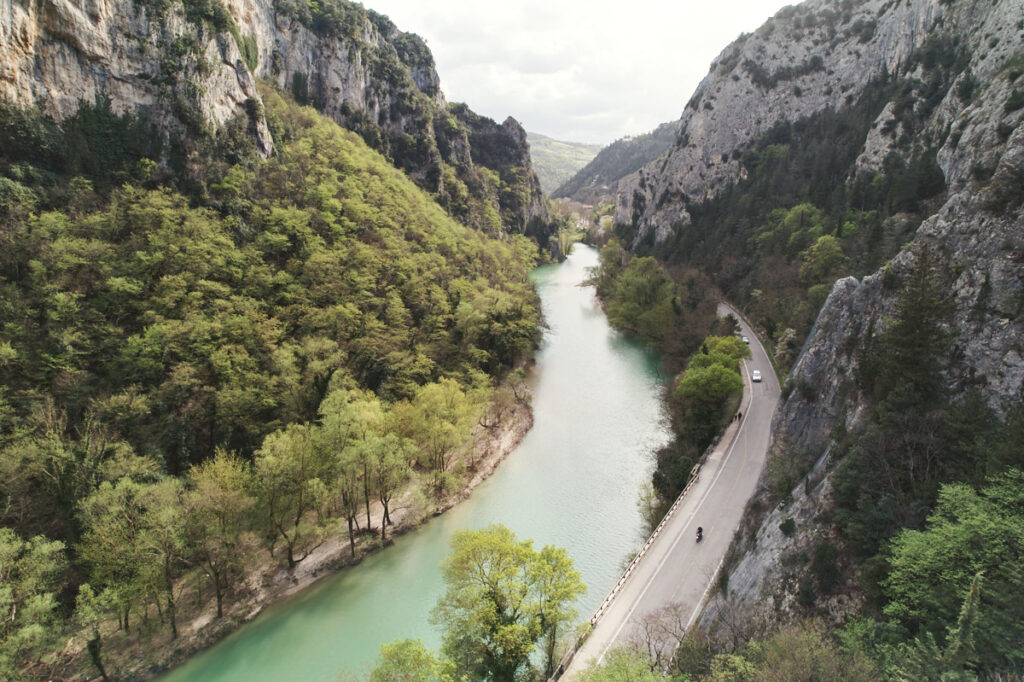
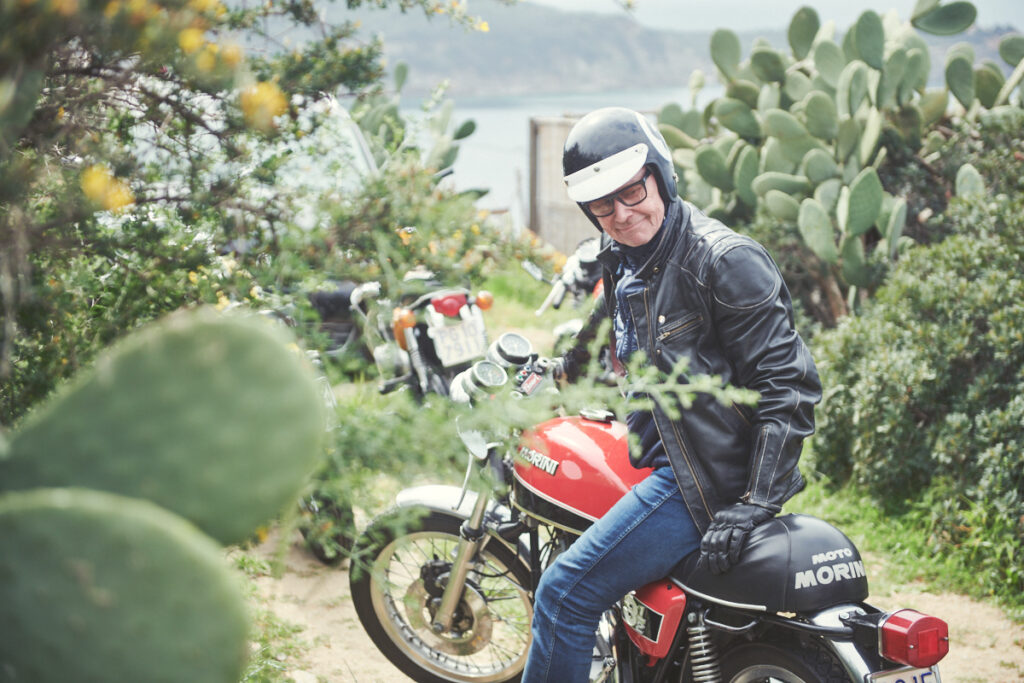
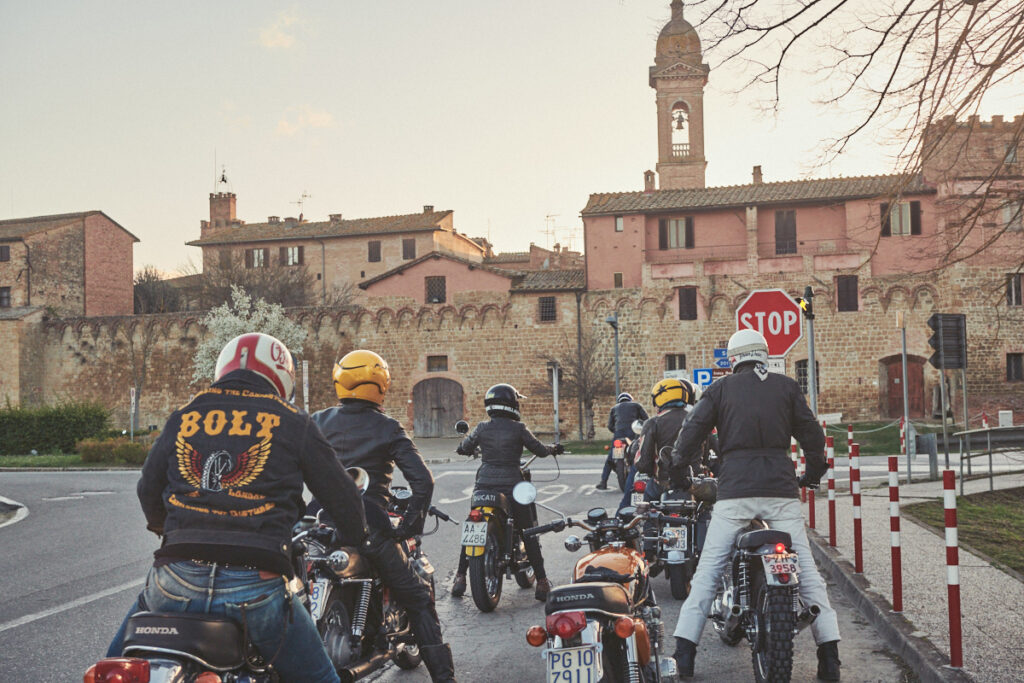
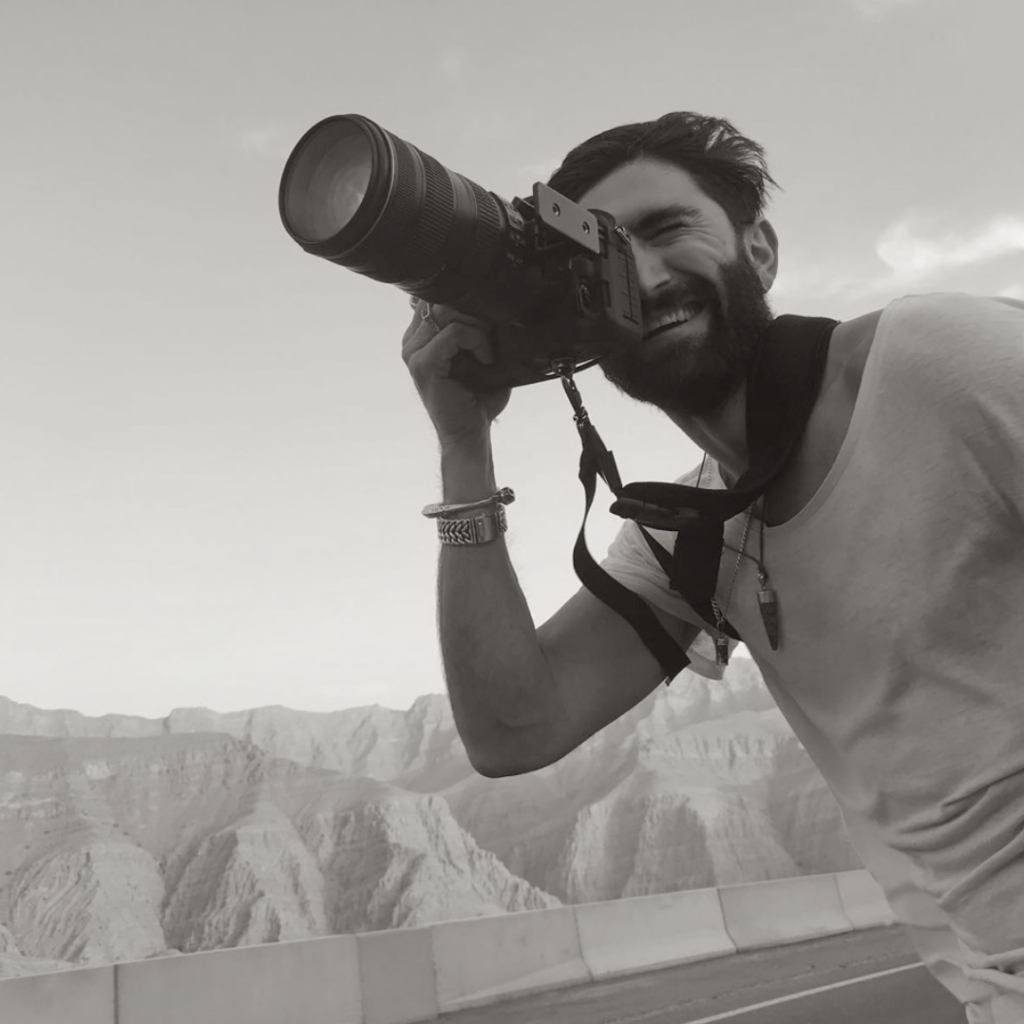
The Anamosa Broughs: a Superior Collection
It might have seemed the height of pretense to label a new motorcycle company ‘Superior’ in 1919, but George Brough had a vision of building the fastest, most elegant motorcycles in the world, and delivered. His father William built well-respected motorcycles in Nottingham from the 1890s, and commenced his own brand – Brough – that earned a reputation for high quality. Young George was the factory’s official competitor in road and off-road events, which he often won with panache.
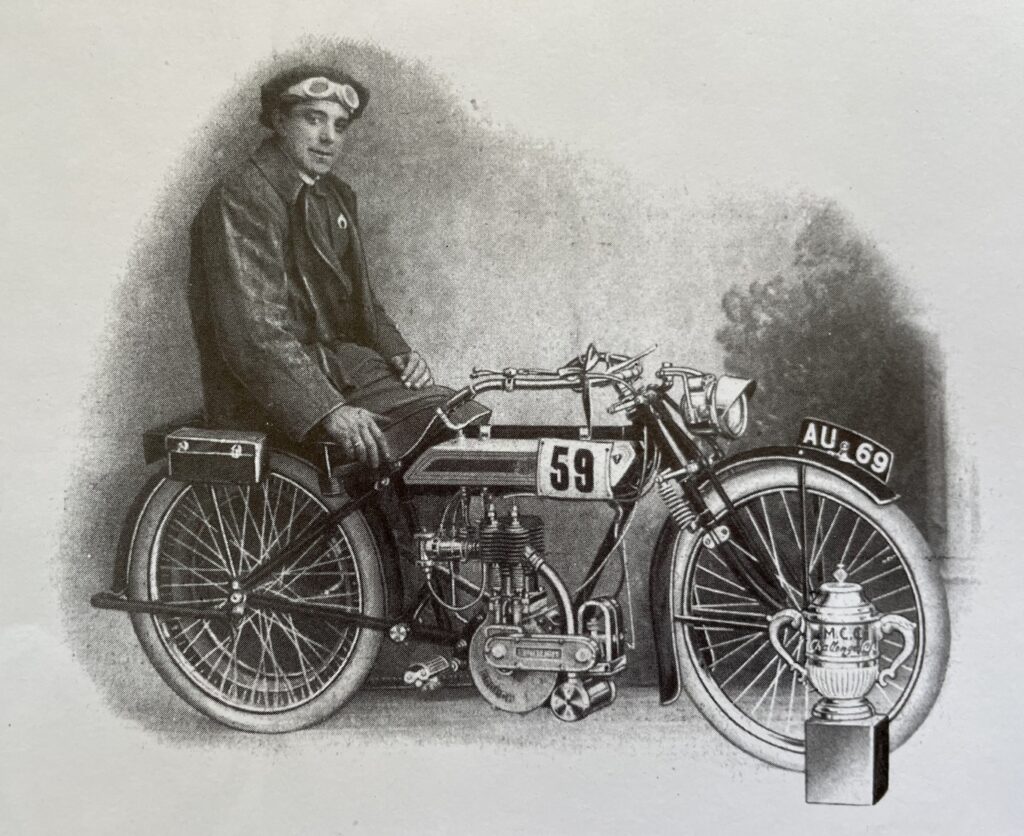
During WW1, George Brough envisioned manufacturing an ultimate high-performance motorcycle, but his father refused the concept, so George set up his own factory nearby. He assembled the best racing components from engine, gearbox, forks, and wheel manufacturers for his first model, the Mk 1 of 1919. It used a J.A.P. racing OHV v-twin motor of 1000cc and a heavyweight Sturmey-Archer 3-speed gearbox, in a very robust frame with a long wheelbase, crowned with the world’s first round-nosed saddle fuel tank, resplendent in nickel plating, black paint, and gold pinstriping. A friend suggested he call it ‘Brough Superior’, as it so clearly was, but father William was not amused, presuming the family product was then relegated to ‘Brough Inferior’.
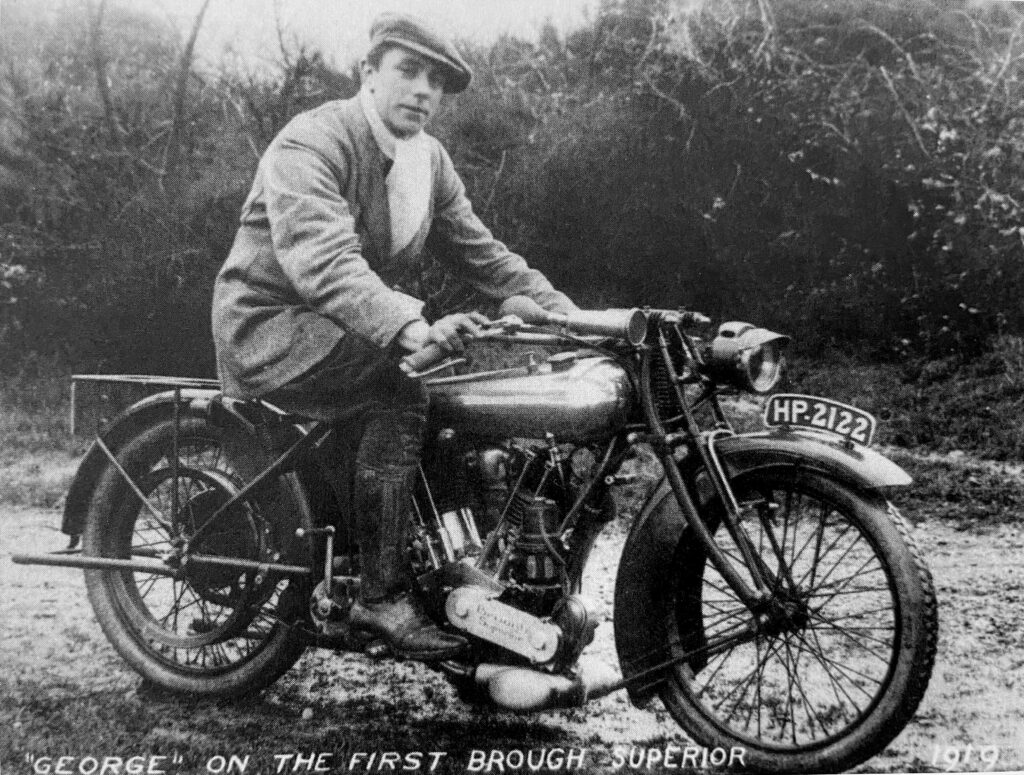
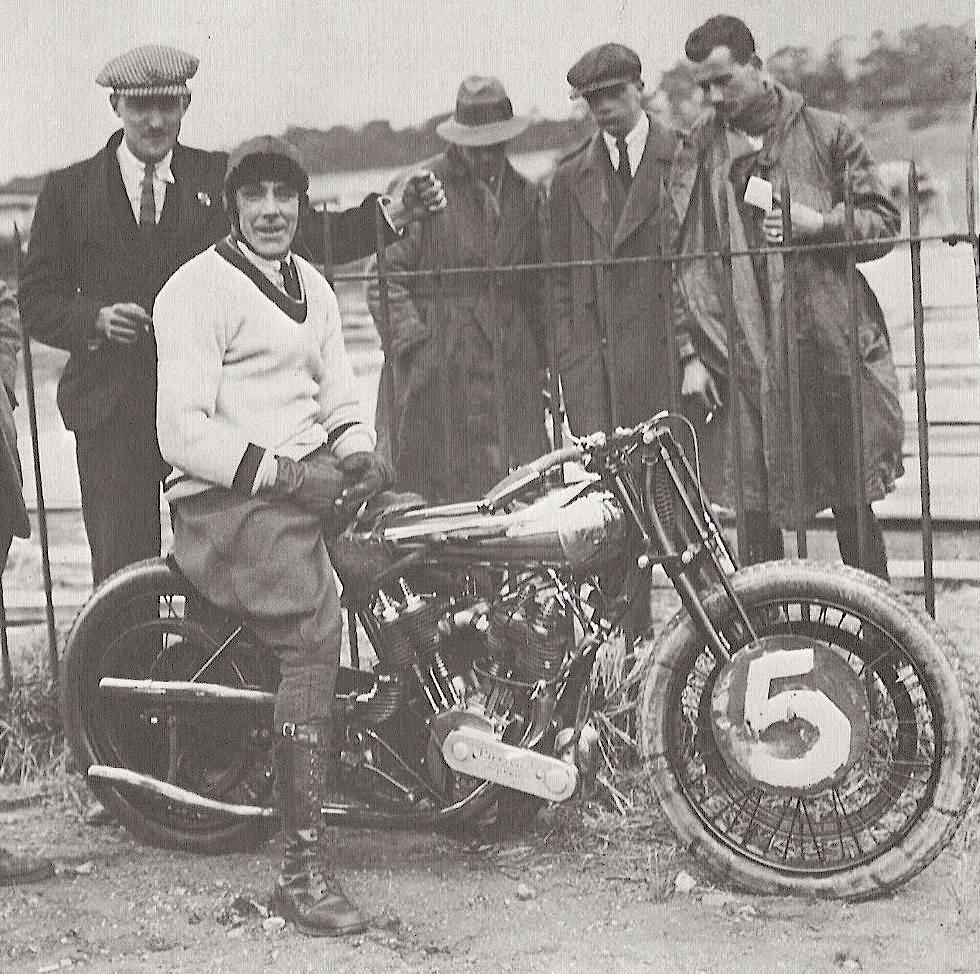
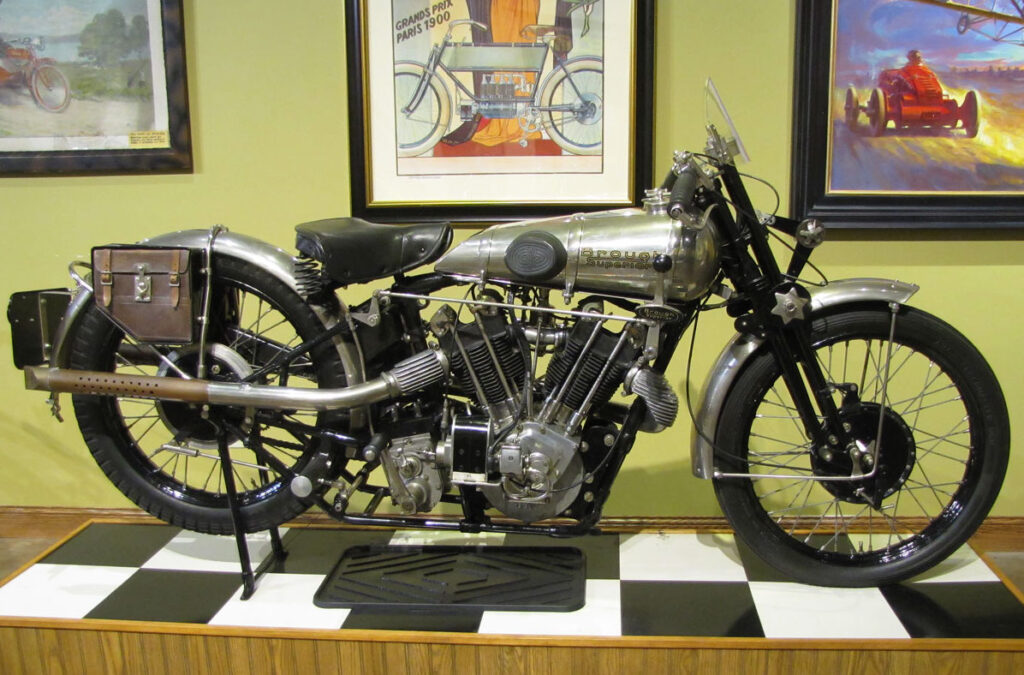

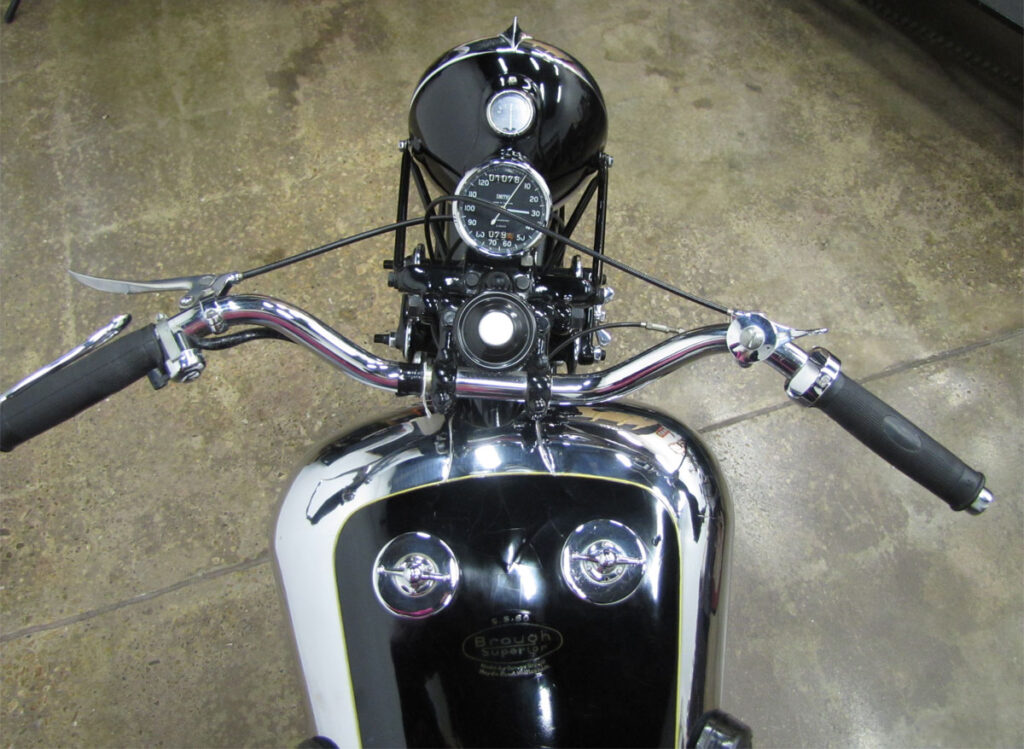
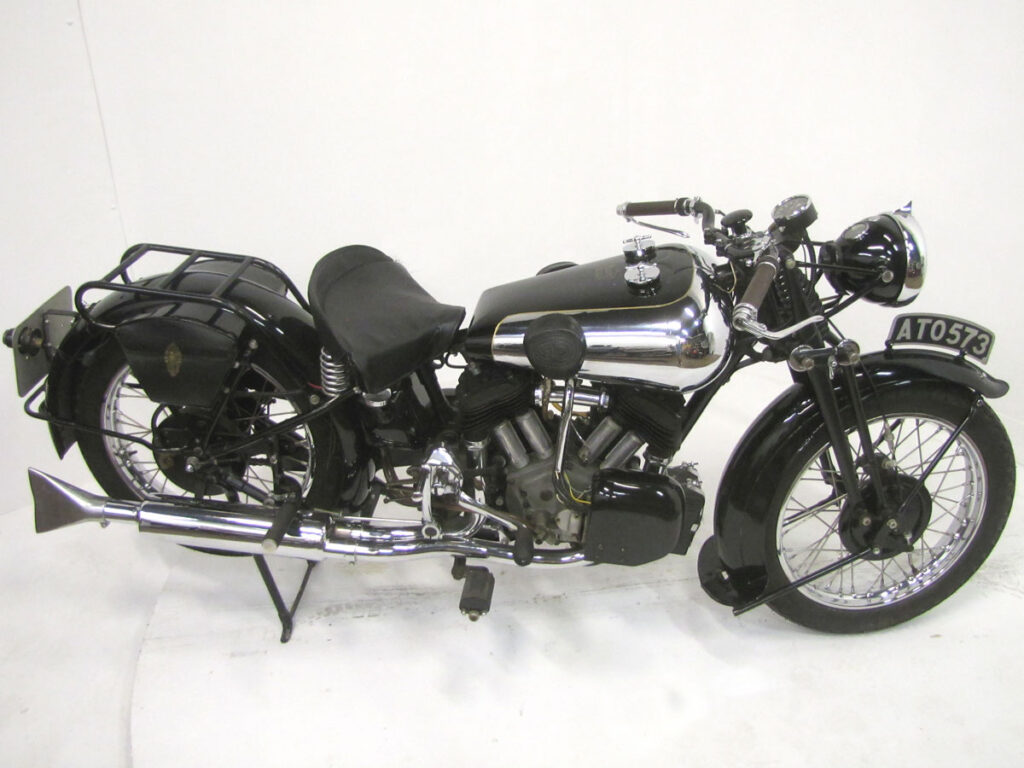
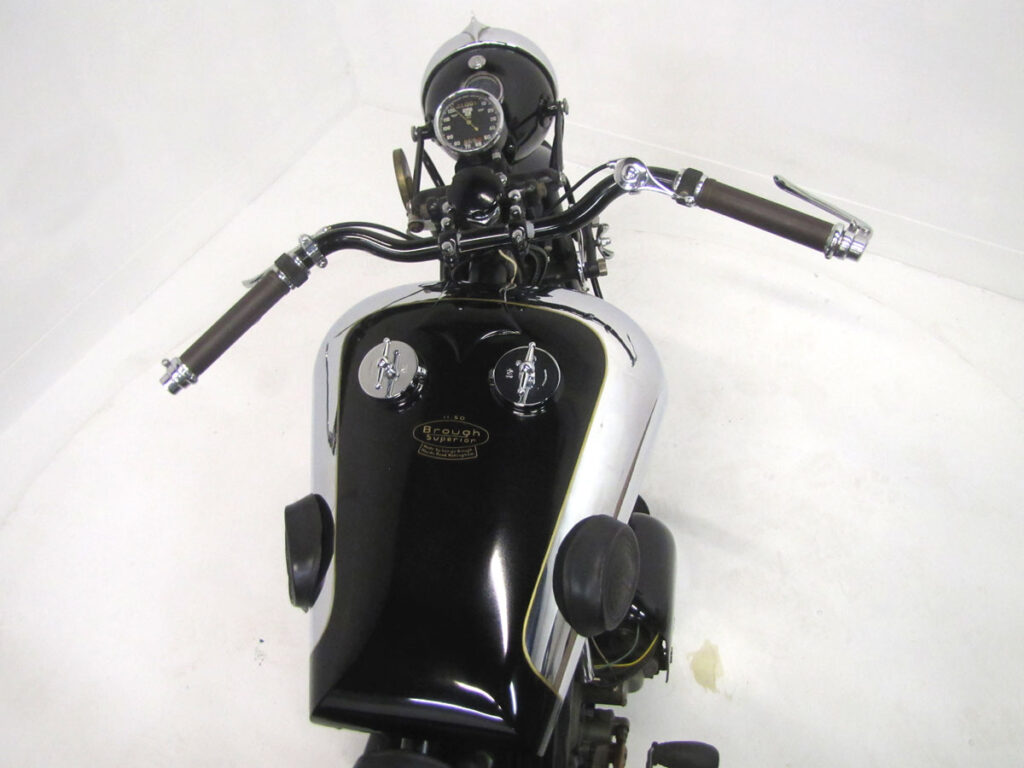
[Full disclosure: Mecum Auctions is a sponsor of The Vintagent]

A Chris Killip Retrospective
While photographer Chris Killip was known as a social documentarian, his upbringing on the Isle of Man meant it was inevitable he'd take a few extraordinary moto photos. A legend in photographic circles, and a professor of visual and environmental studies at Harvard from 1991-2017, Killip was born in Douglas, where his parents owned the Highlander Pub - perhaps you've had a pint there on a trip to Mona's Isle? Who knows what inspired the son of pubholders to take up a camera as a profession, but of course, a public house is a natural place to develop one's skills at social observation at a neutral distance: the parade of customers passing through are highlighted on a gimlet-lit stage, locals and tourists in a never-ending spectacle.
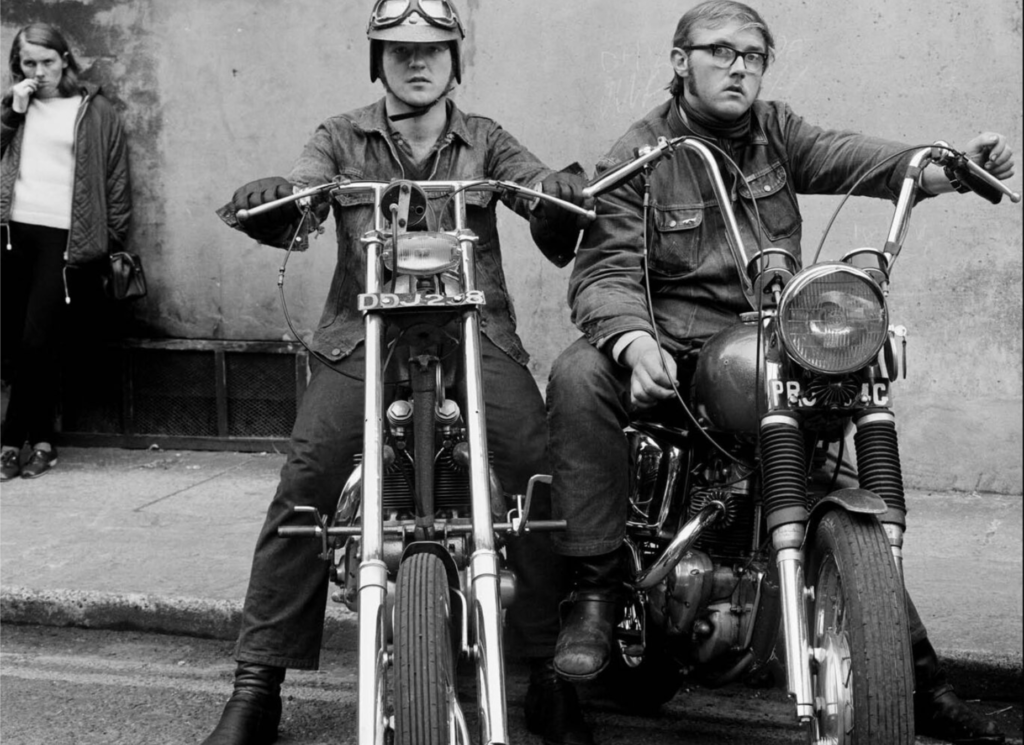
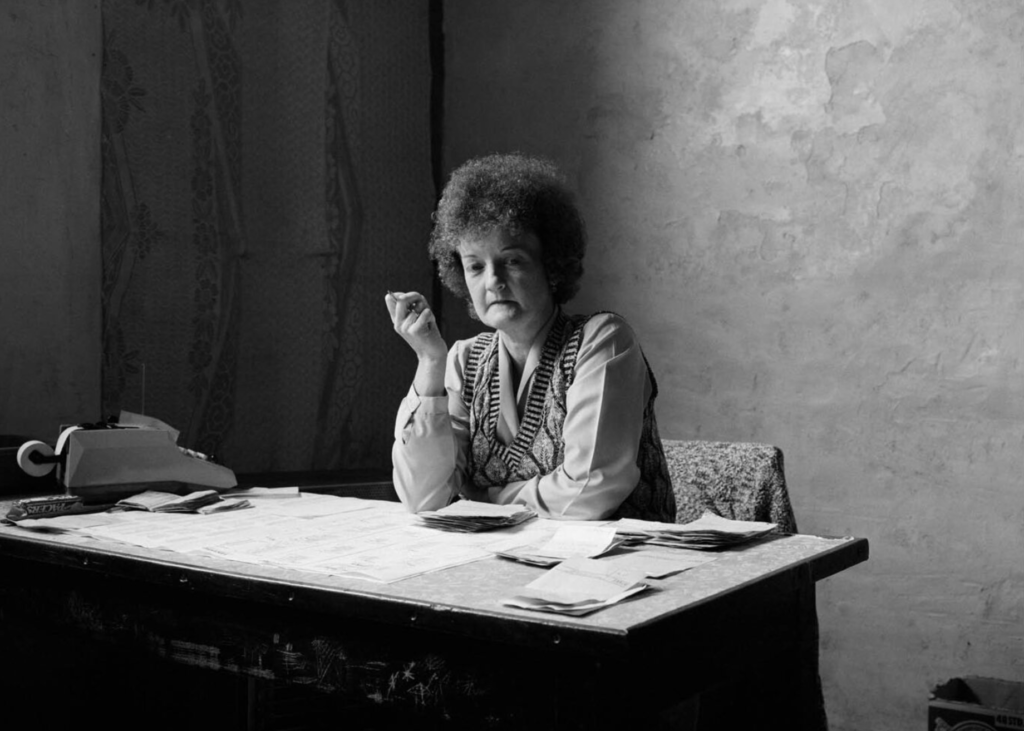
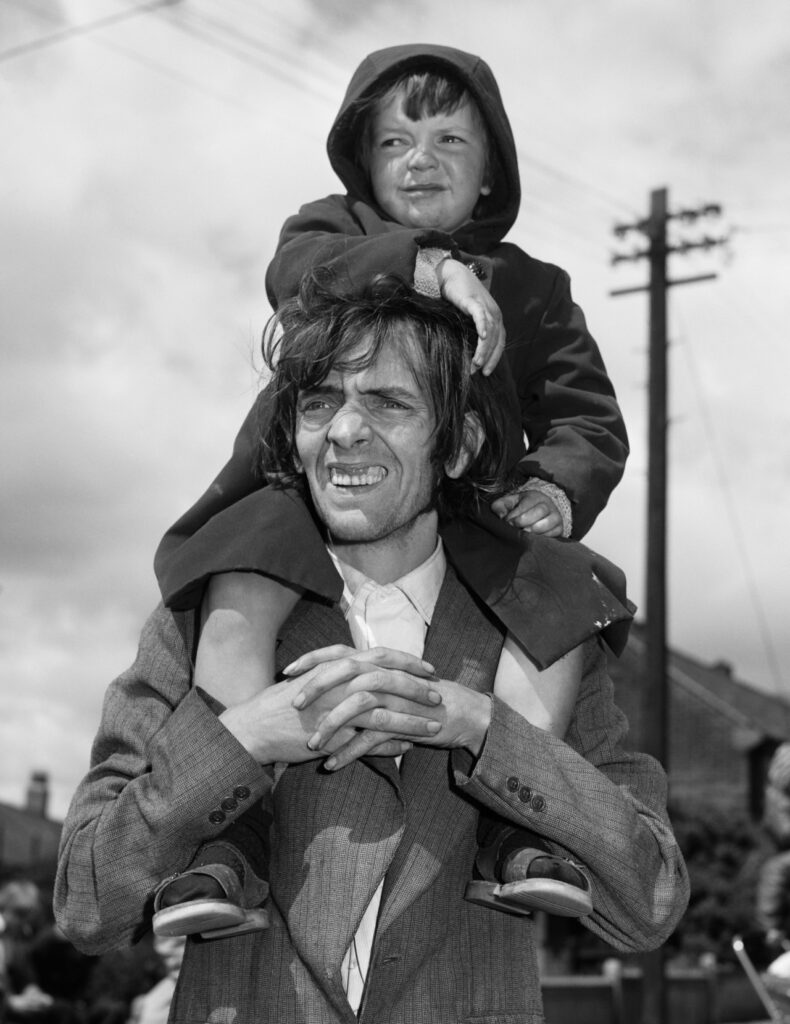
From the project 'In Flagrante' 1973-1985. [Chris Killip]
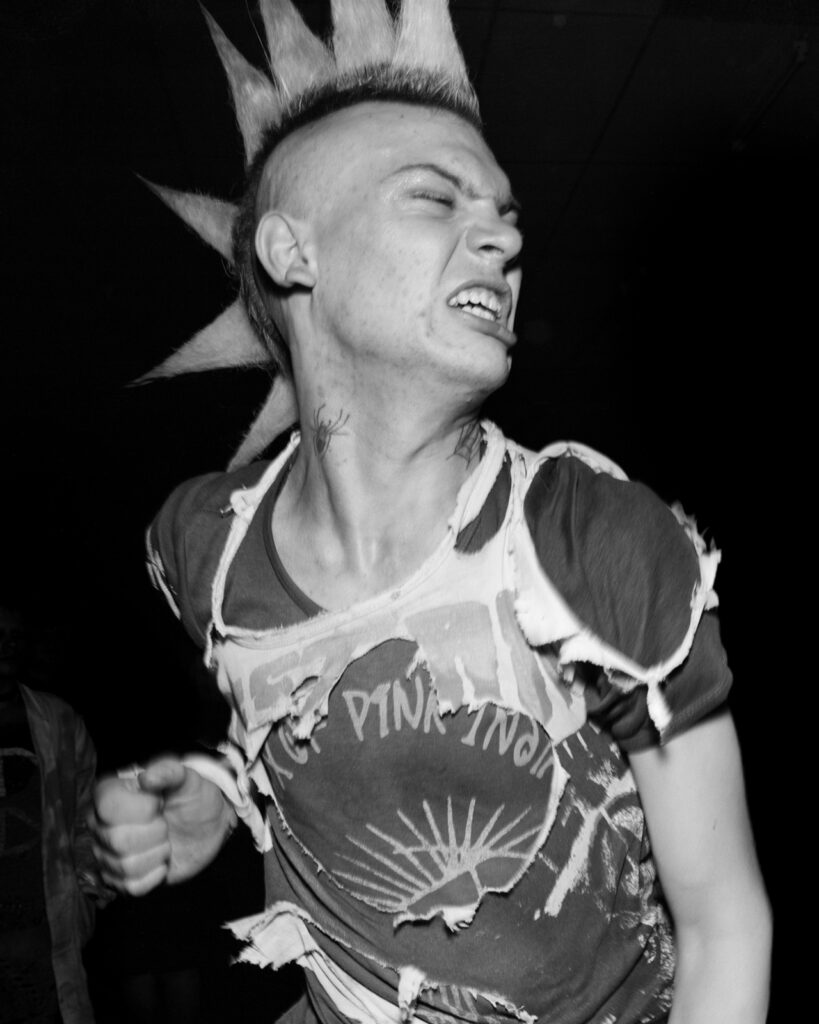
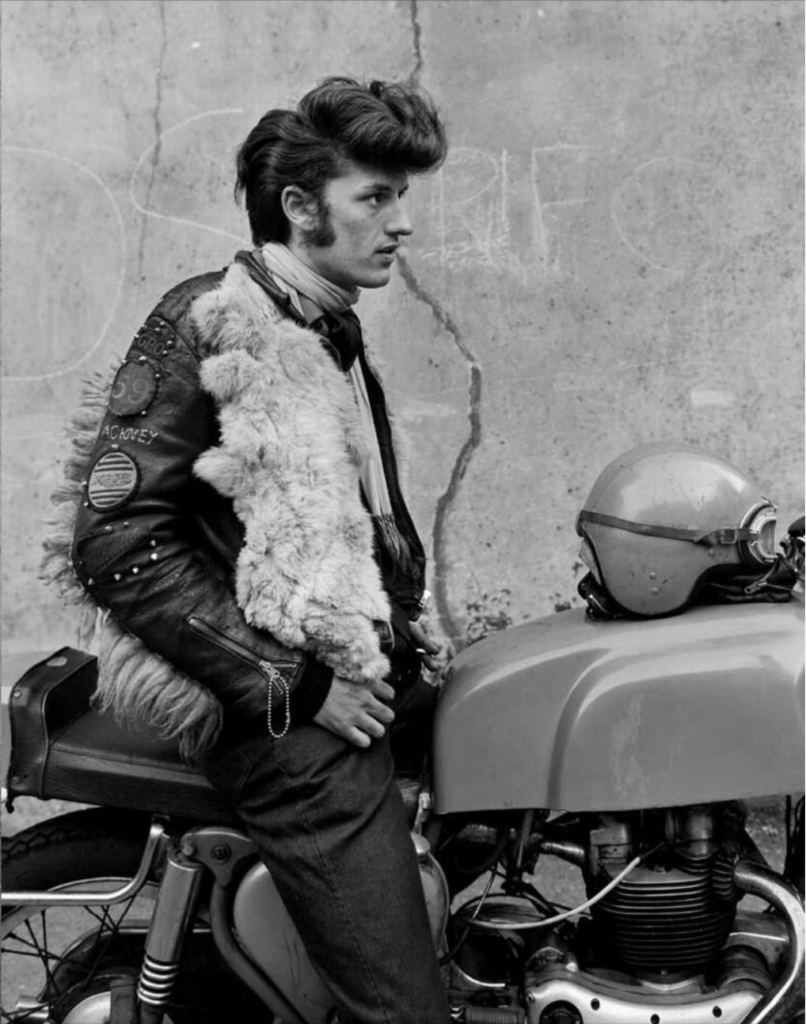
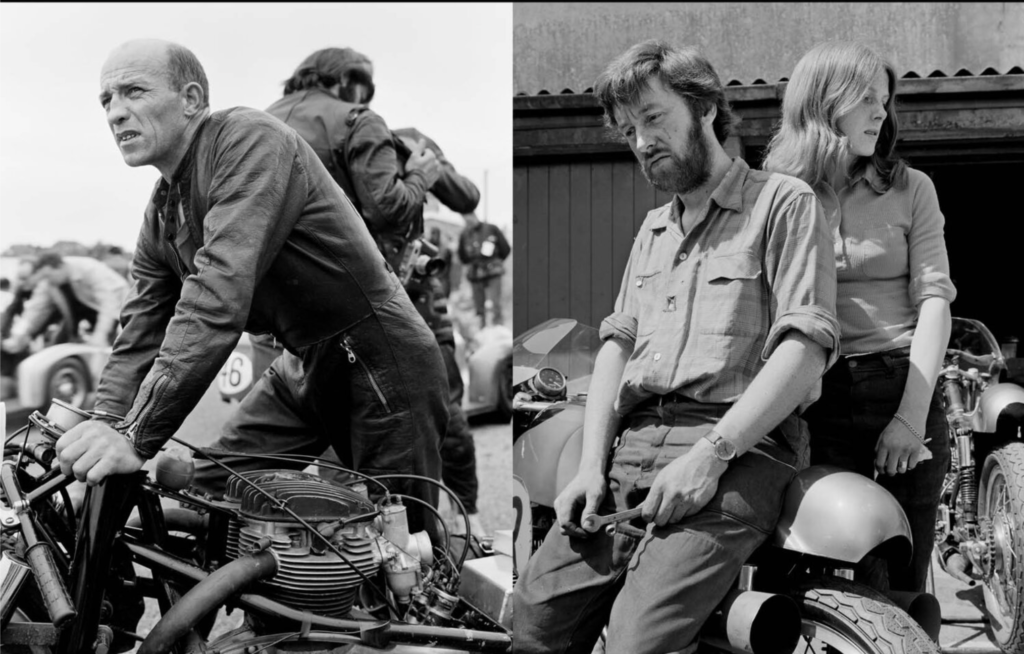
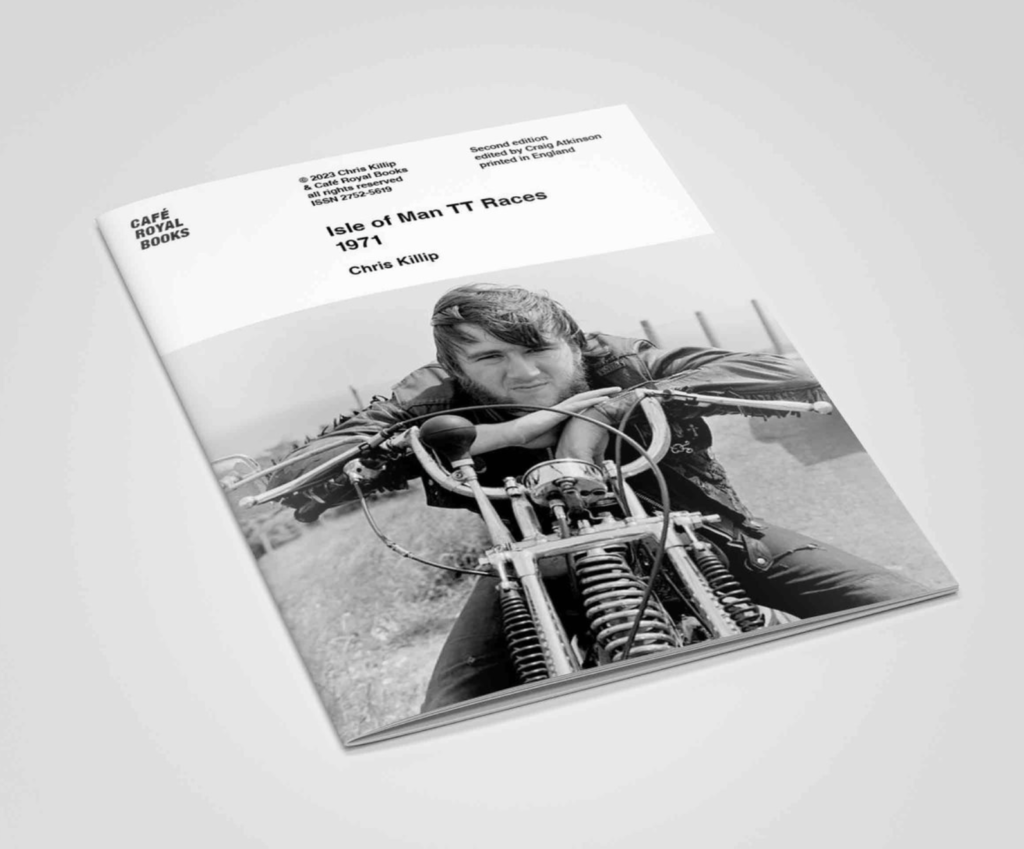

2023 Quail - No Rain, No Pain
California has been swimming an atmospheric river so long its residents are traumatized, tired of getting wet, and pulling U-turns at the first sight of an orange cone. That might be an explanation for the dozen empty spots on the grass at this year's Quail Motorcycle Gathering, or it could simply be lucky year #13 parsing the solidly committed from the those who let a 20% chance of rain convince them to miss a pretty amazing weekend.
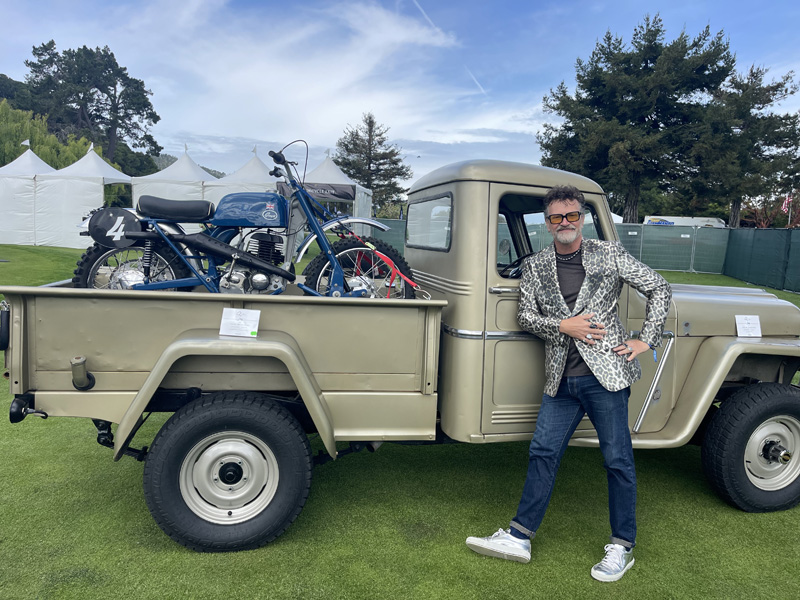
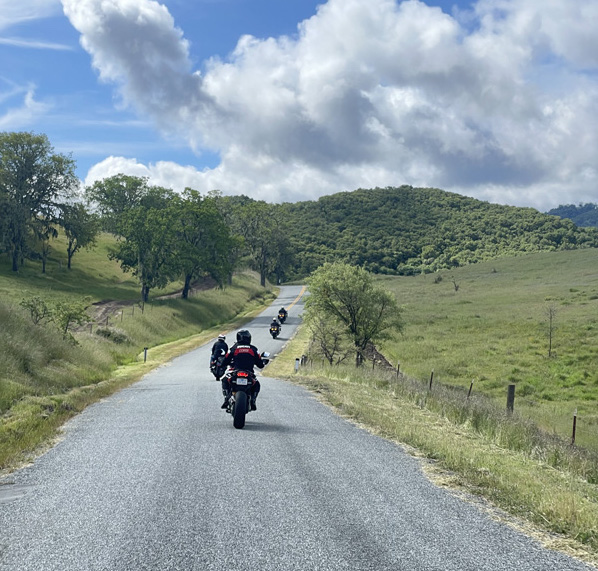
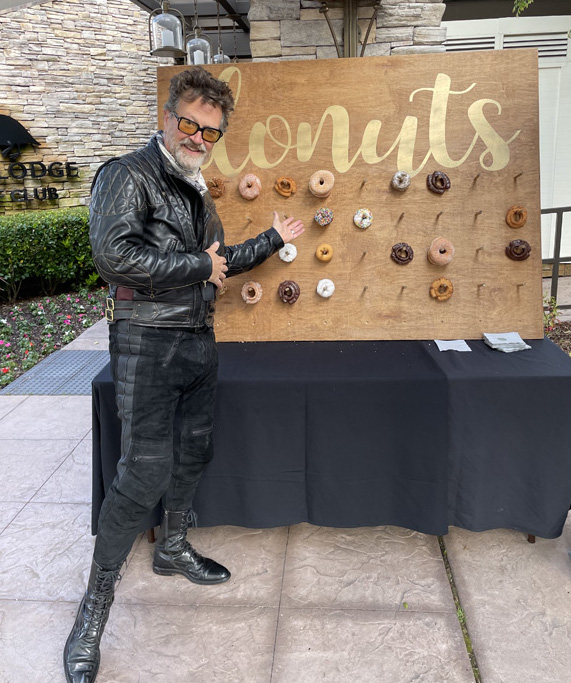
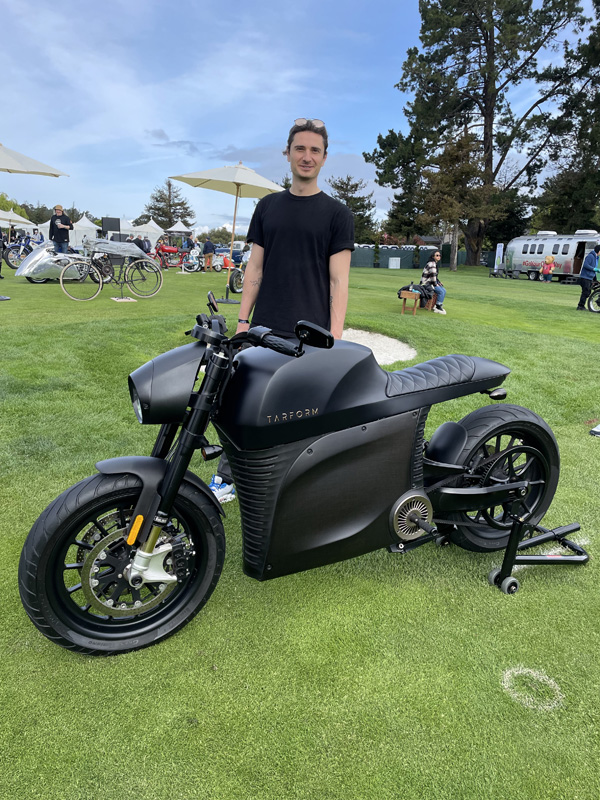



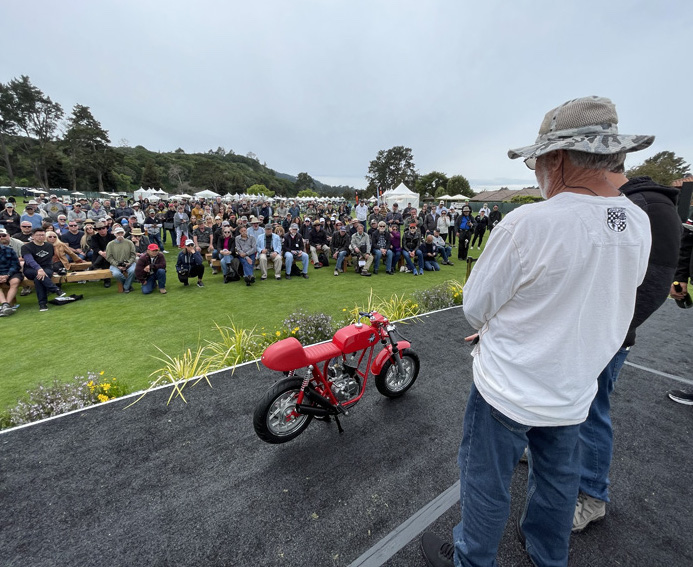
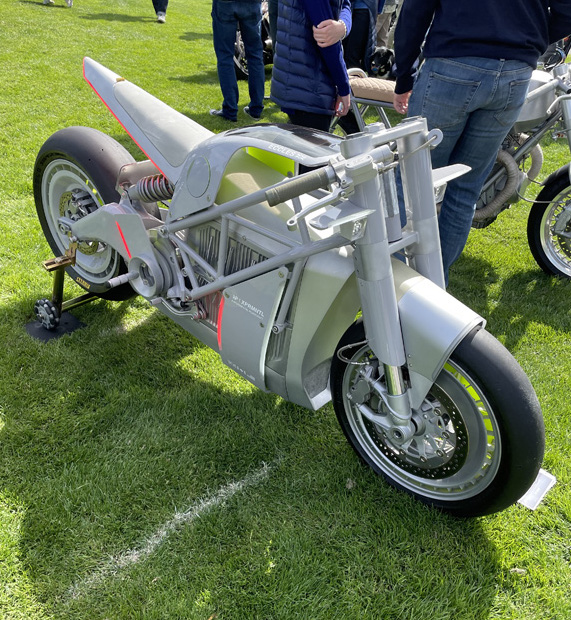
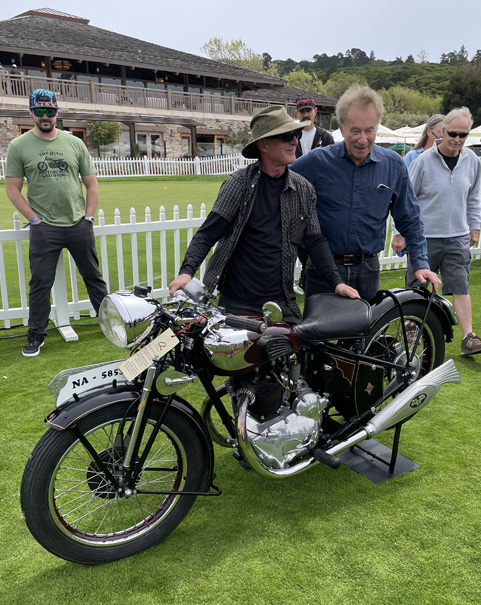

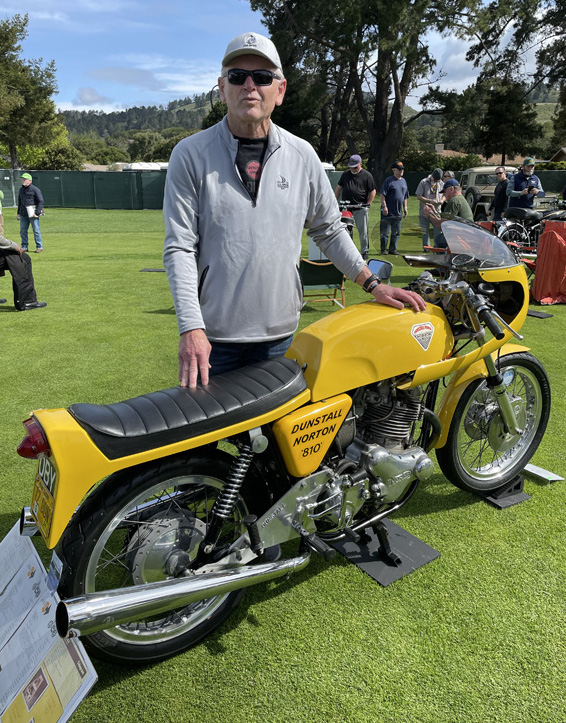
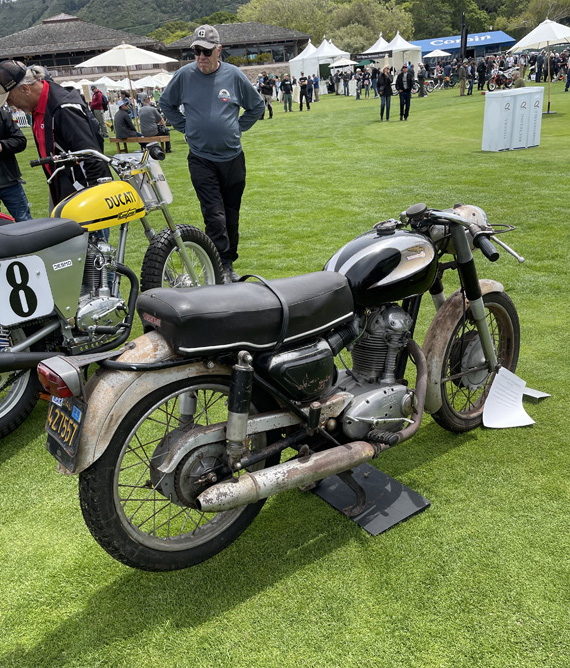
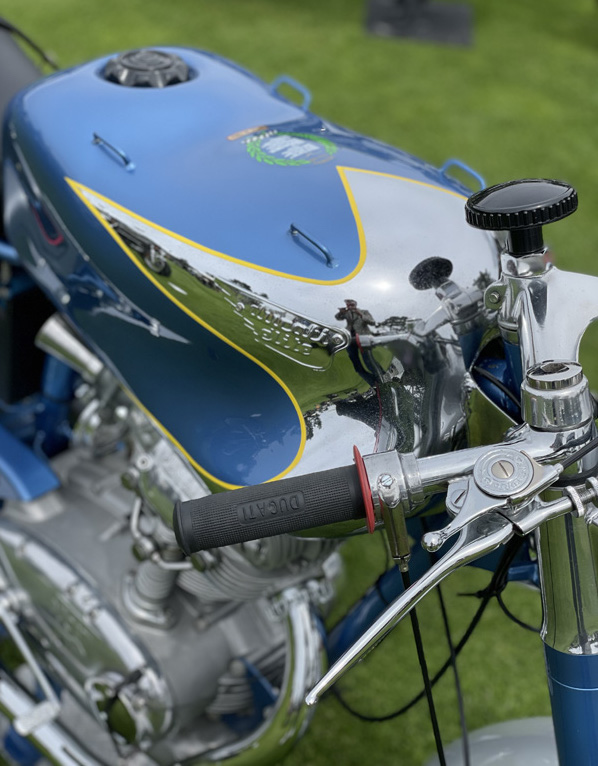
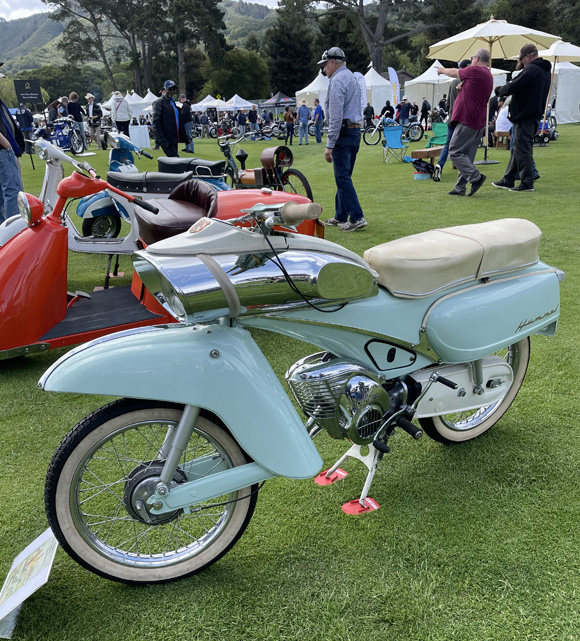
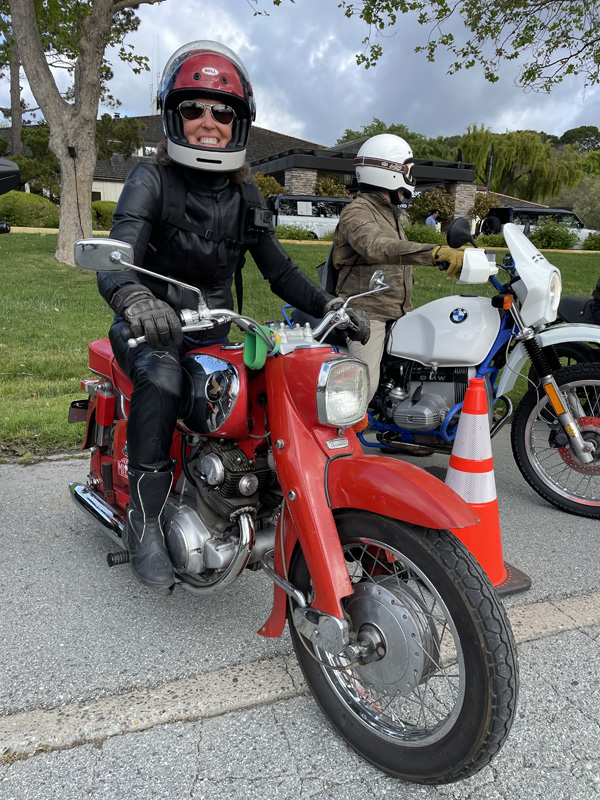
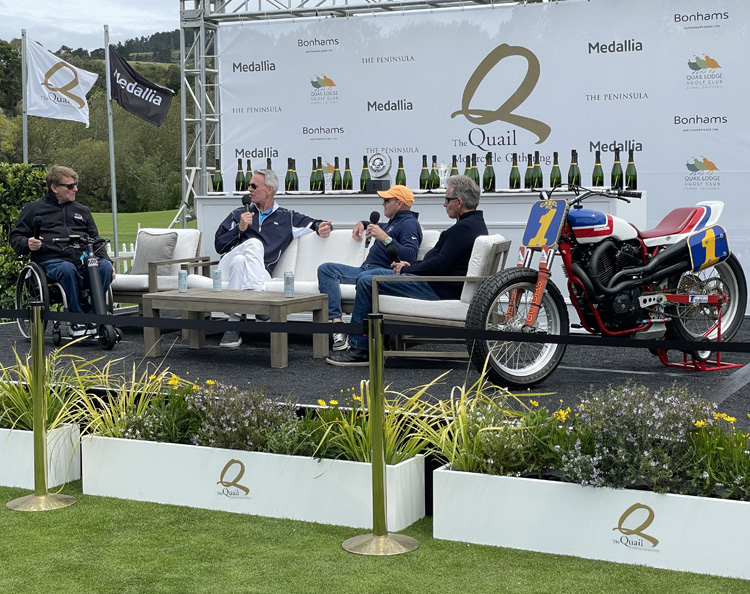
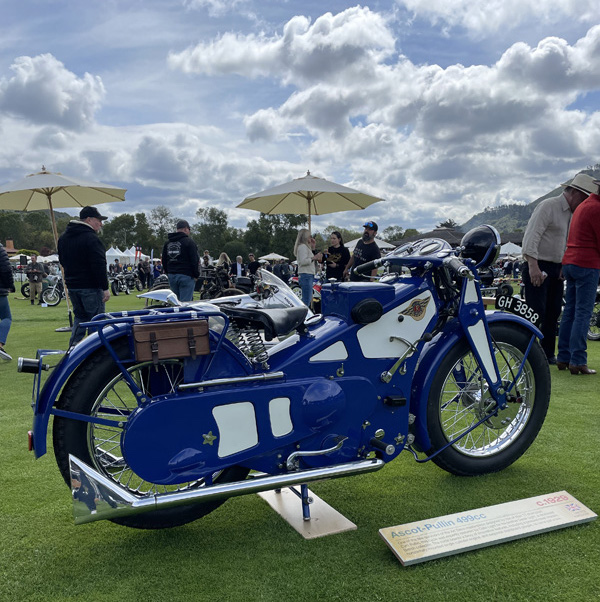
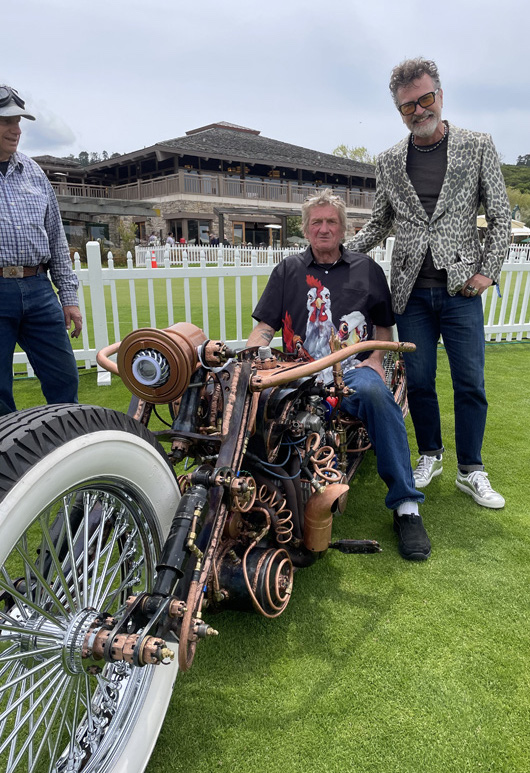
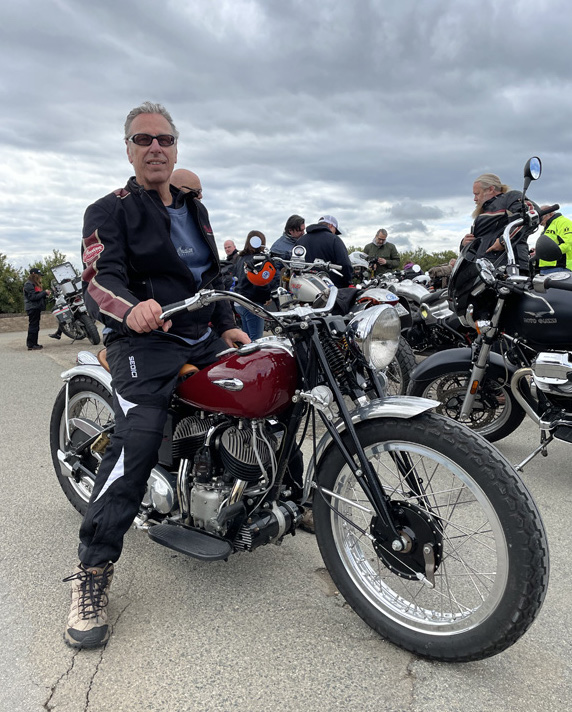
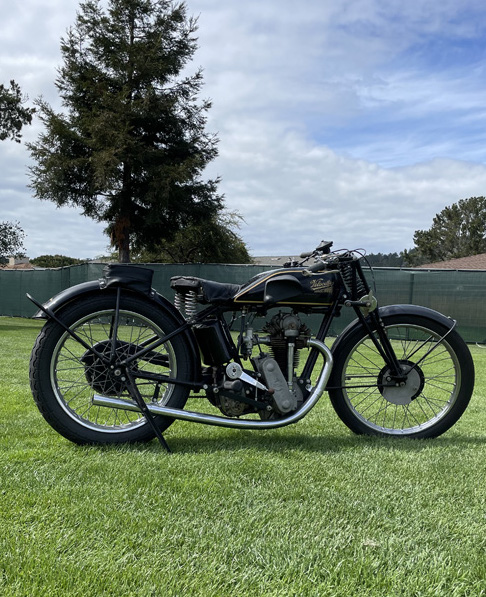
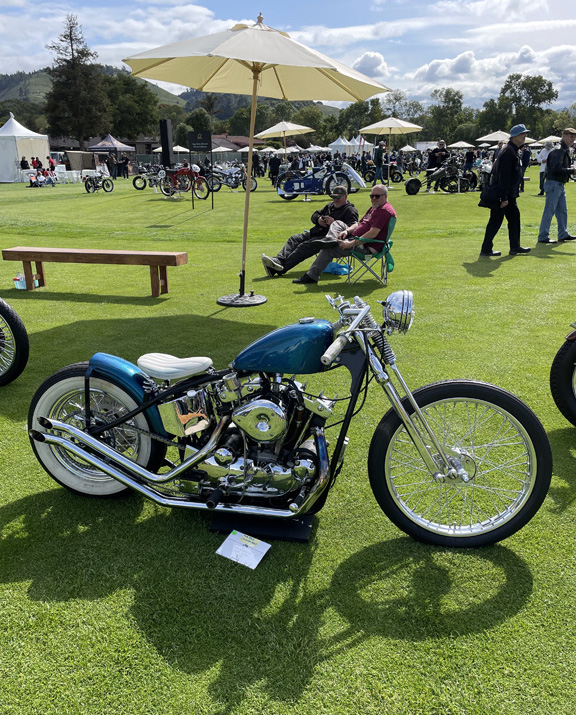
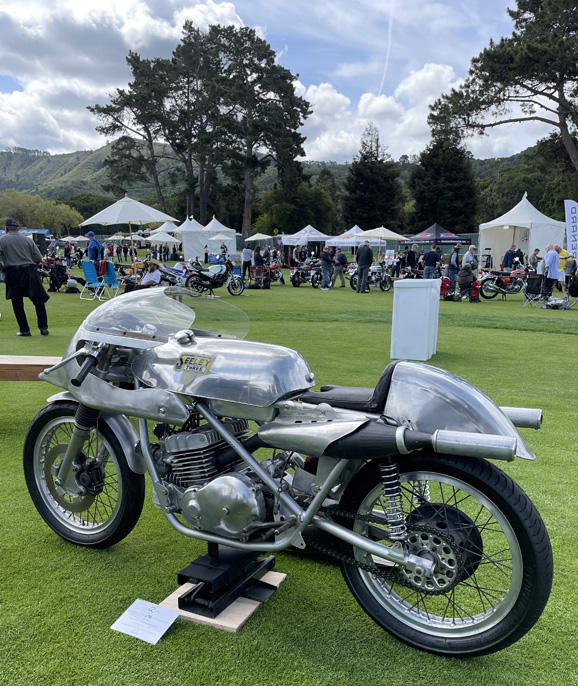
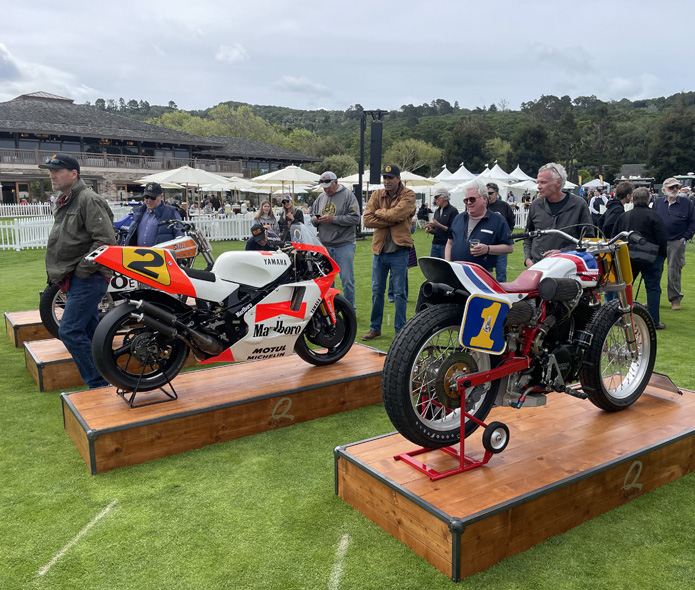
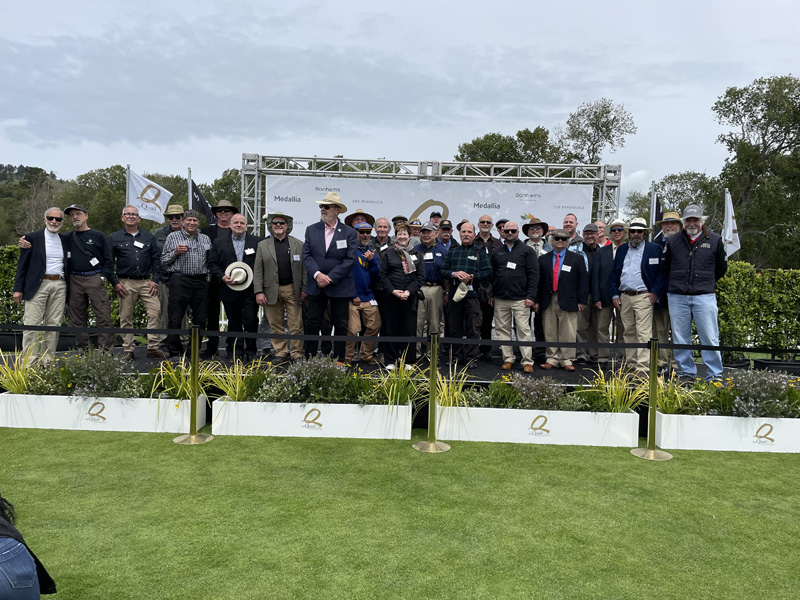
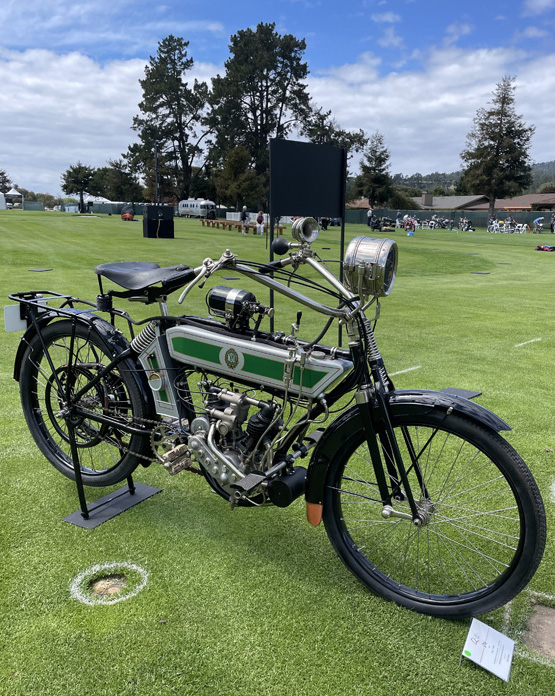
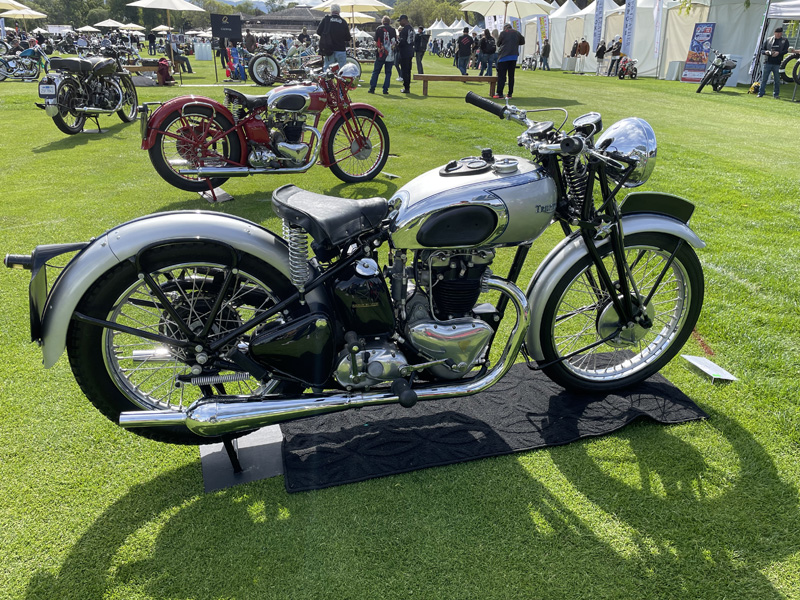
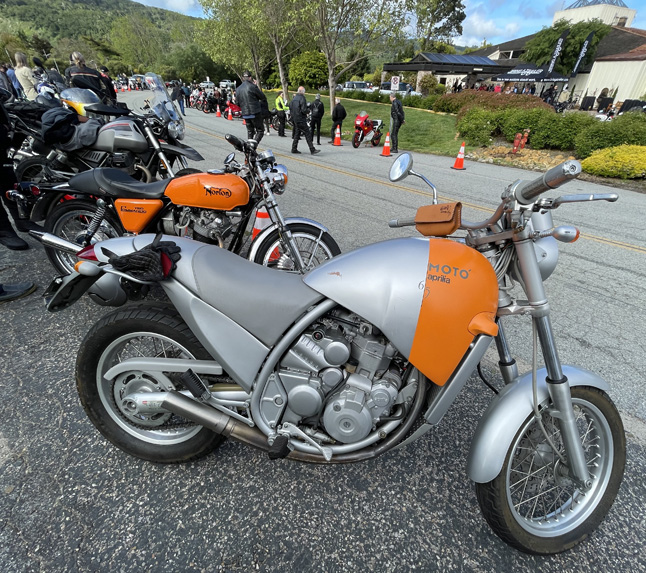
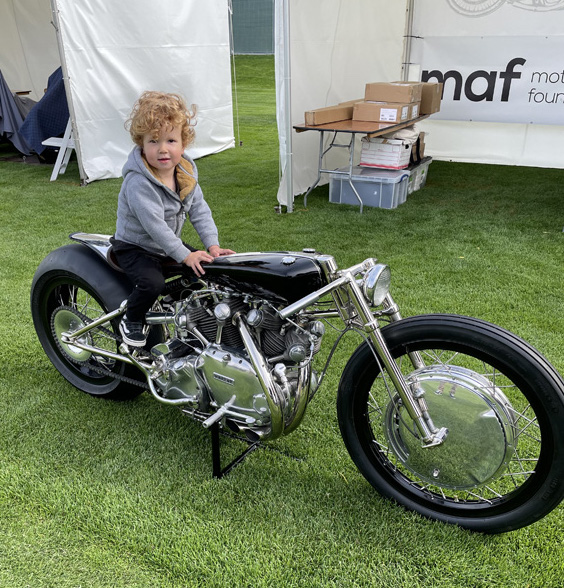

The Ultimate Collector Motorcycles - Taschen
I had the pleasure of advising on (and being included in) a mammoth new project from publishers Taschen: the 2-volume set of The Ultimate Collector Motorcycles, a 20lb behemoth in a lovely slipcover with several cover variations - my advanced copy has a Münch Mammüt, but I've also seen a Brough Superior Golden Dream and Gilera Four GP. The books are written by Peter and Charlotte Fiell and edited by Taschen; it's a real blockbuster, and like nothing else published about motorcycles. The intent was to revisit the idea of a Top 100 list of the most important ('collectible') motorcycles, and the bikes were sourced from around the world, in private collections and museums, representing a truly remarkable array of machines...some of which I've Road Tested on The Vintagent!
Support The Vintagent! Order your Collector's Edition ($250) here with free shipping anywhere in the world! 
Order your Fine Art Edition ($850) here, it's the most lavishly produced motorcycle book EVER!!! It comes in two separate slipcases, and has a tipped-in cover photo printed on metal, with an extraordinary deep gloss, silver paper edging, and larger size (11.25x14.5"). It's so impressive, we sold four at the Quail Motorcycle Gathering - there's really nothing like it anywhere!

From Taschen PR:
"Dream Rides: the most spectacular bikes on the planet. From the 1894 Hildebrand & Wolfmüller to the 2020 Aston Martin AMB001, this book lavishly explores 100 of the most desirable motorcycles to have ever sped thrillingly around a circuit or along an open road. From pioneering record-breakers, luxury tourers, and legendary roadracers to GP-winning machines, iconic superbikes, and exotic customs, this book celebrates motorcycle design and engineering at its highest level. Many examples are from acclaimed private collections and very rarely seen. Others are the all-out stars of renowned motorcycle museums - such as teh 1938 Brough Superior 'Golden Dram' or the 1957 MV Agusta 500 4C, which took John Surtees to World Championship glory. Alongside some early survivors in astonishingly original condition is a stable of fabled racers - the actual machines that were competed on by the likes of Dario Abrosini, Tarquniio Provini, Mike Hailwood, Giacomo Agostini, Barry Sheene, and Kenny Roberts.

The fascinating stories behind these fabulous motorbikes are expertly recounted in detail, alongside stunning imagery specially taken for the book by the world's leading motorcycle photographers. Also included are rare archival gems, from early posters to remarkable action shots. In addition, there is a forward by legendary petrolhead Jay Leno, and interviews with George Barber, founder of the Barber Vintage Motorsports Museum; Sammy Miller, championship-winning racer and founder of the Sammy Miller Motorcycle Museum; Ben Walker, Department Director of Motorcycles at Bonhams; Paul d'Orléans, founder of The Vintagent; and Gordon McCall, cofounder of the Quail Motorcycle Gathering, the world-renowned motorcycle concours event.held in Carmel Valley, California.
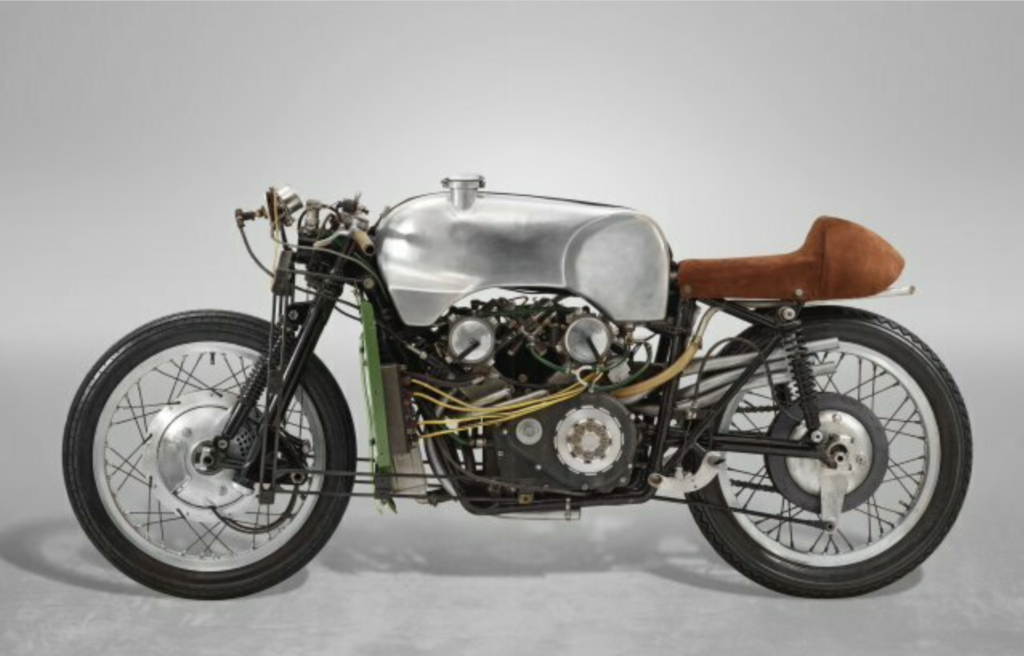
We'll have discounted copies available soon on The Vintagent - stay tuned! The 'famous first edition' is limited to 9000 copies, while there's an art edition of 1000 copies coming too - more details to follow on our Instagram and Facebook pages.
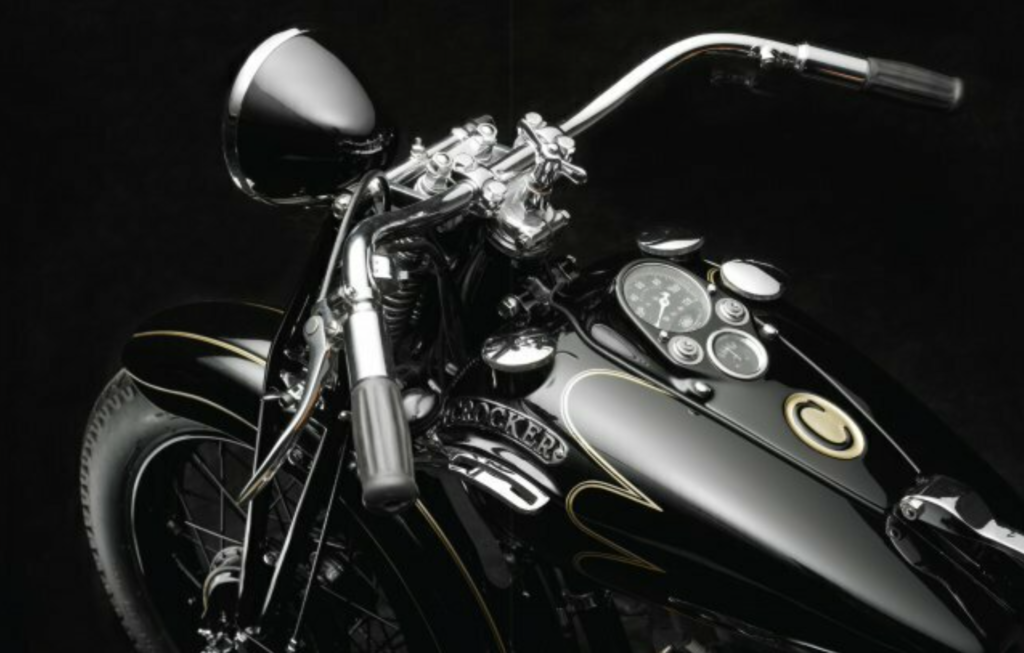
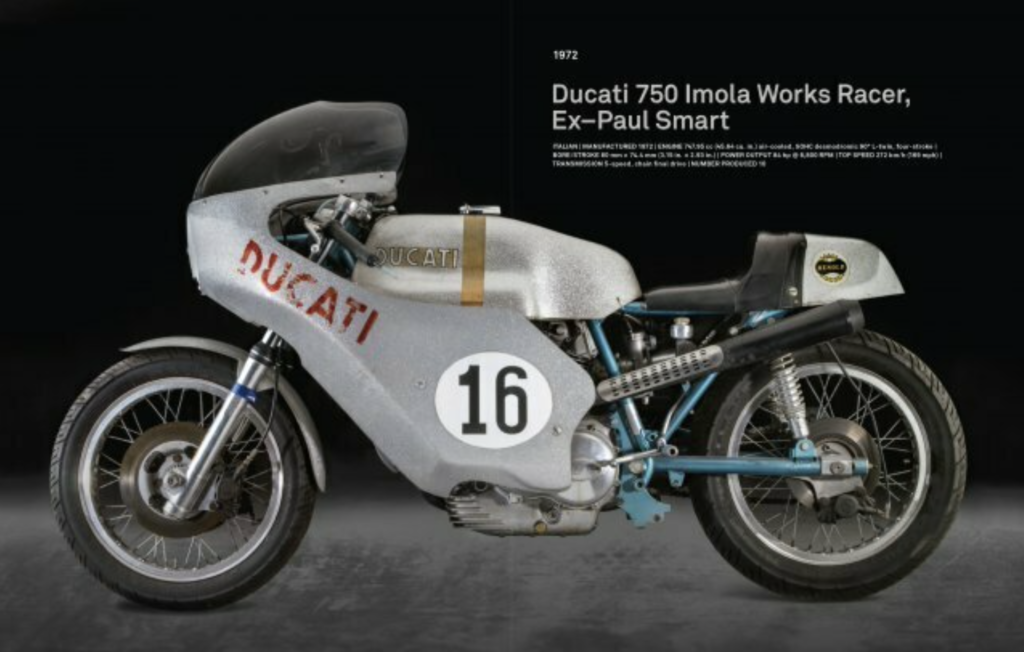
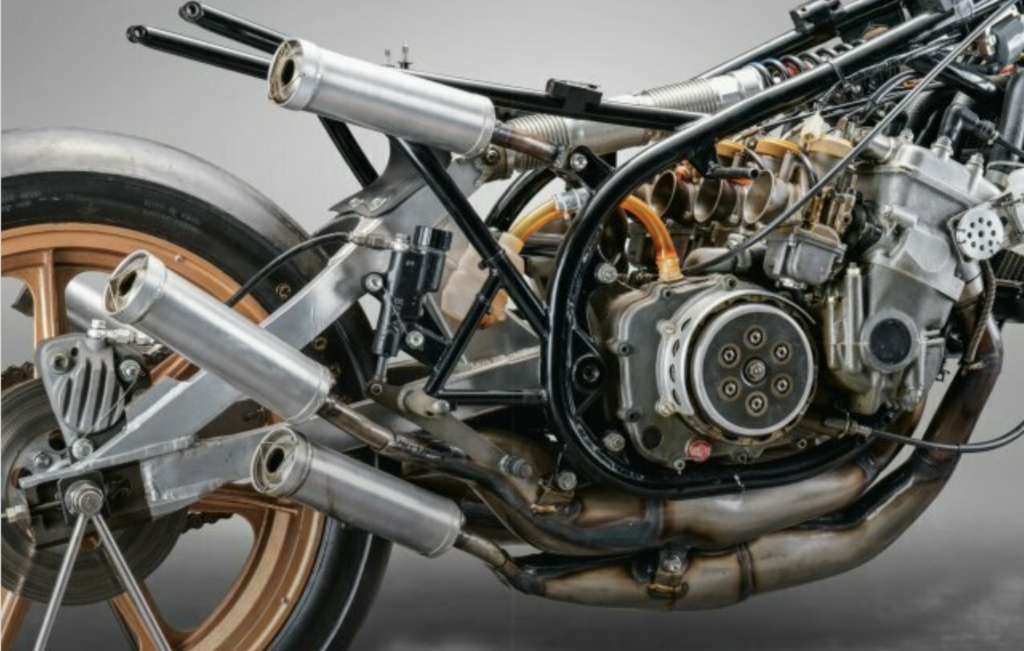
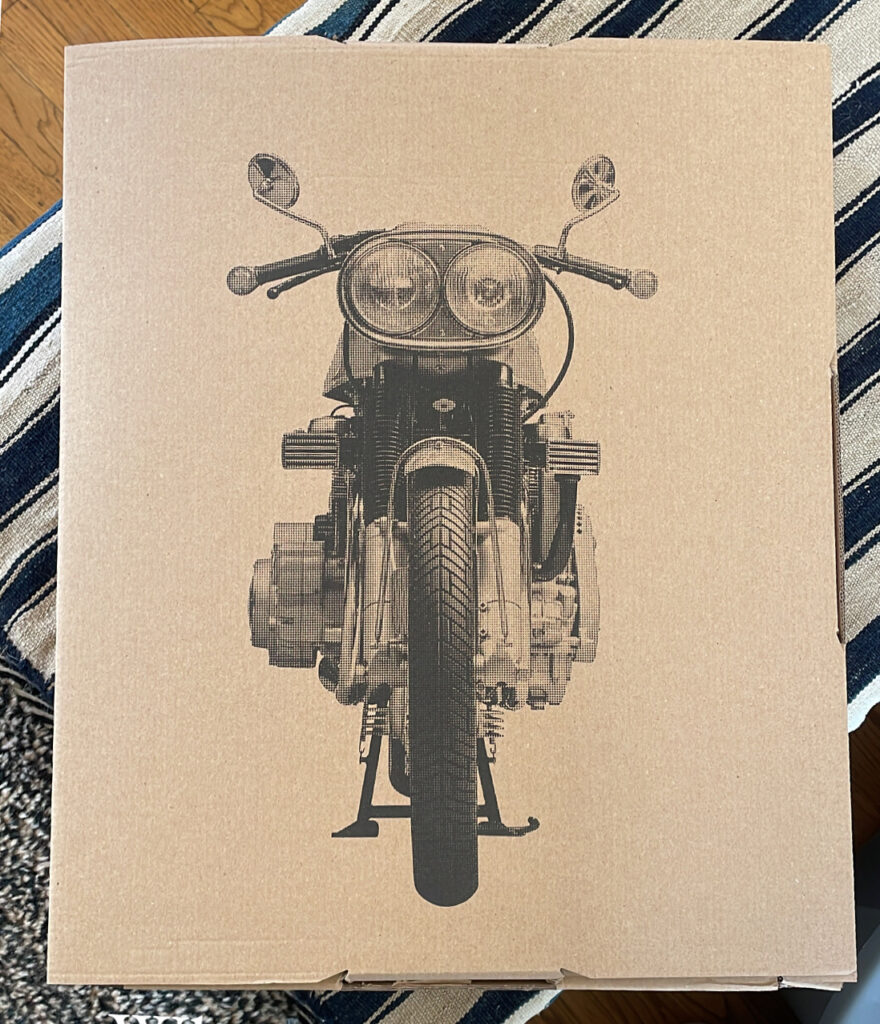

CeDora and the Globe of Death
CeDora. Or Ce'Dora, or C'Dora. Everyone on the Vaudeville circuit had a stage name, and young Greek immigrant Agnes Theodore chose a homophone of her given name as the character for her death-defying motorcycle act in the early 1900s. CeDora rode into history as the first woman to perform in a Globe of Death, and her fame continued even after she retired, as her stage name was used for two generations, when another young woman, Eleanore Seufert, took over as CeDora, riding the Globe of Death through the 1930s.
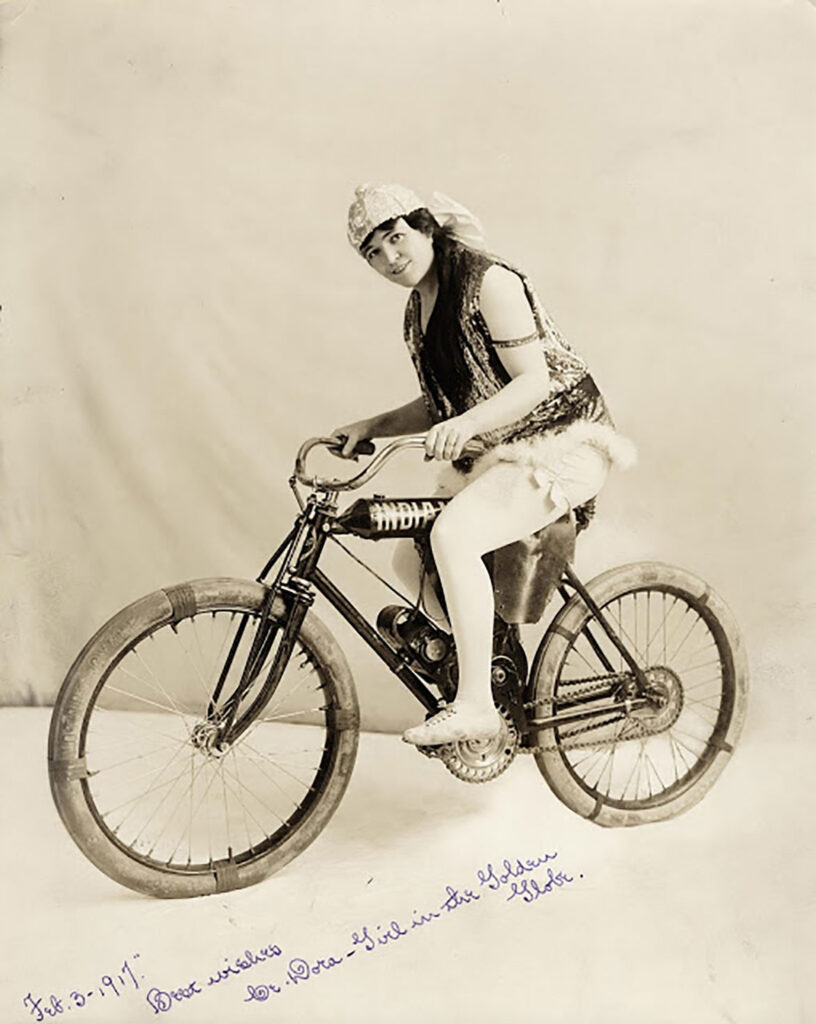
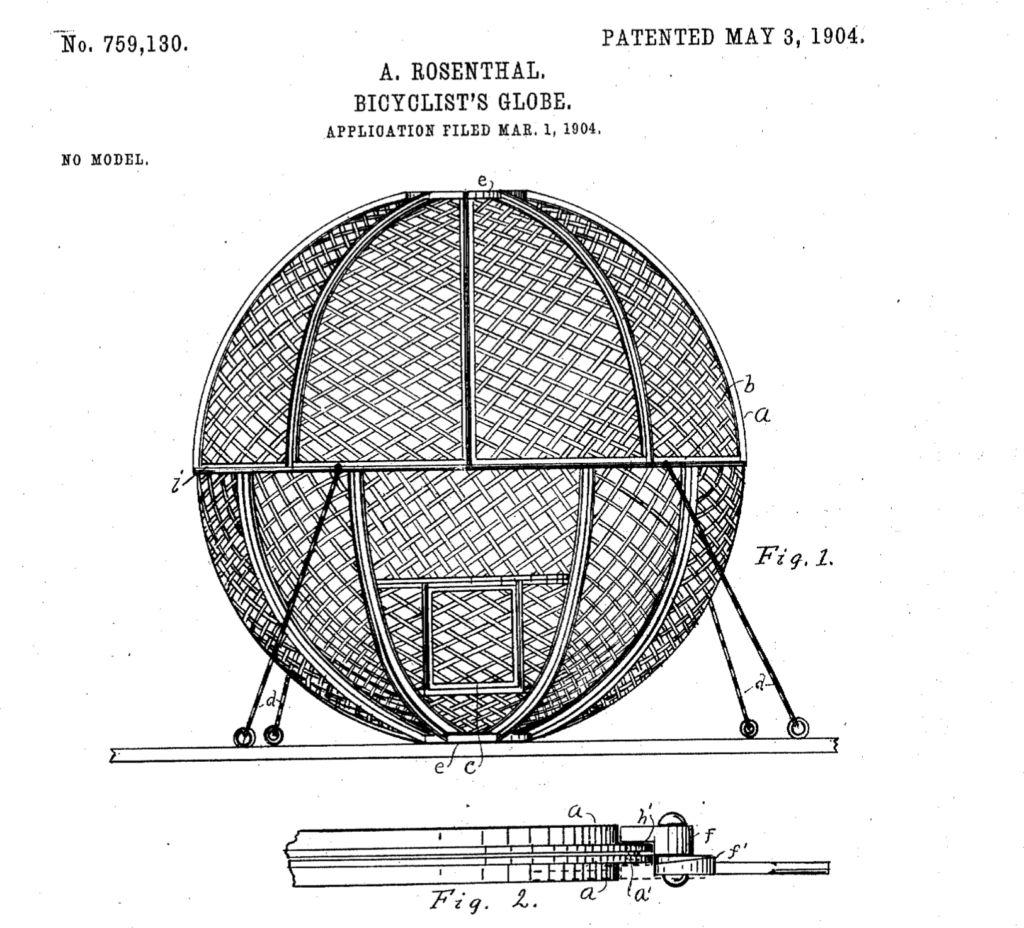
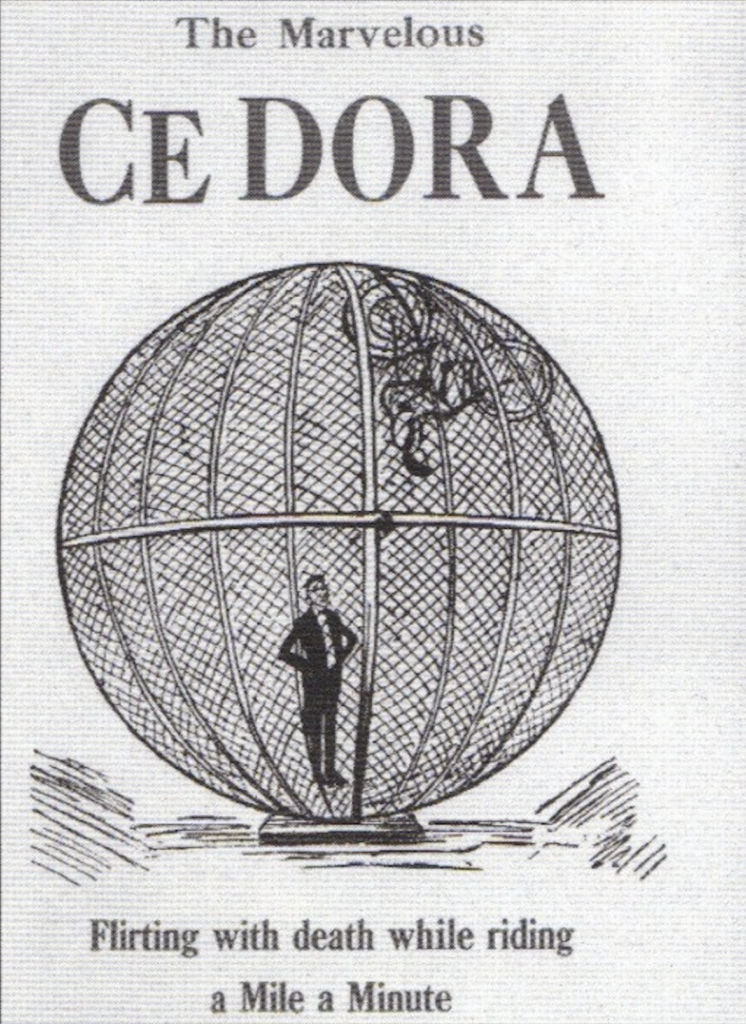
Agnes Theodore began her Globe of Death career as a bicyclist sometime in the 'Noughts, with her husband Charles Hadfield as a co-rider, stuntman, and manager. Hadfield was a bicycle race promoter who saw the potential of this new act, which they originally called the Golden Globe, a 16' diameter steel sphere made of woven strip steel and a tubular steel frame. The earliest CeDora exhibition posters (from 1905?) show her riding a bicycle exclusively, alongside a male rider, presumably her husband Charles.

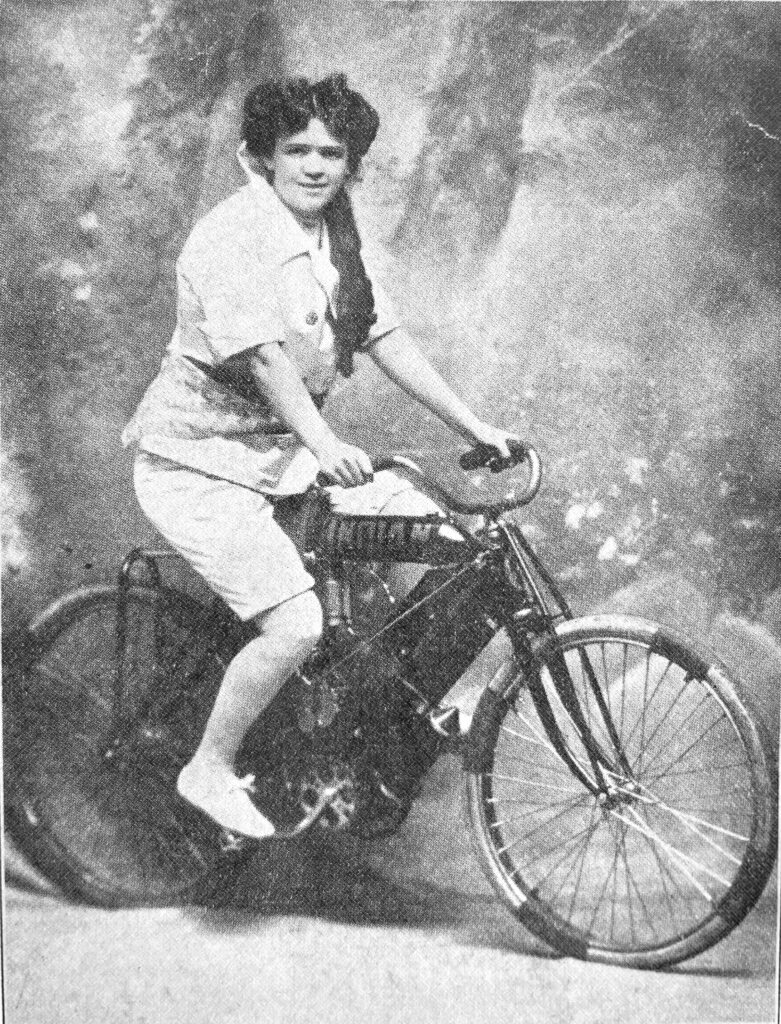
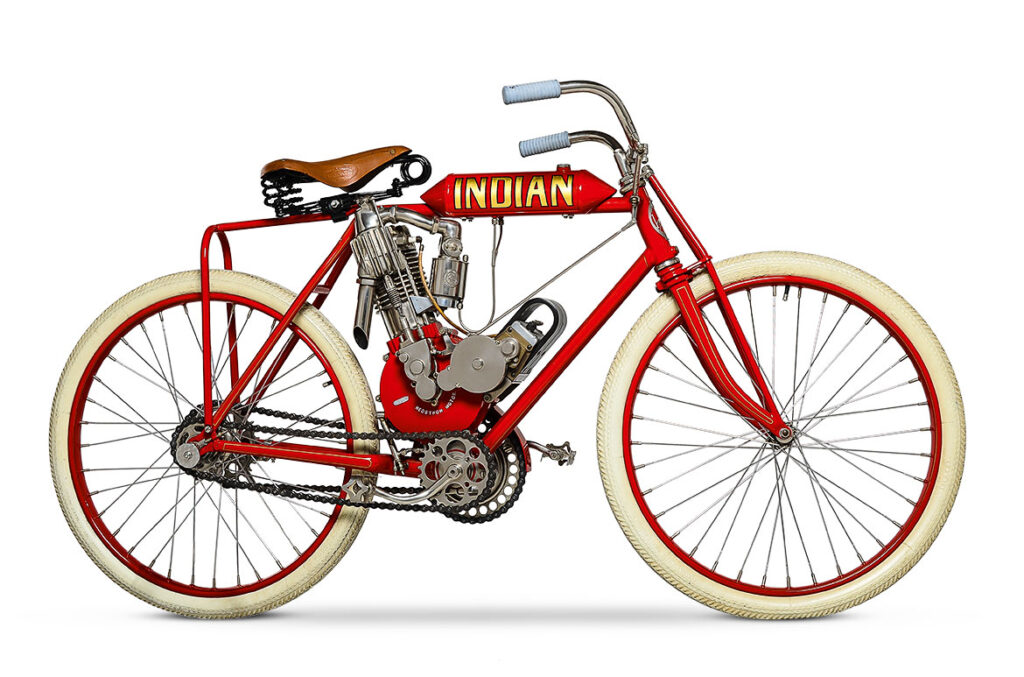
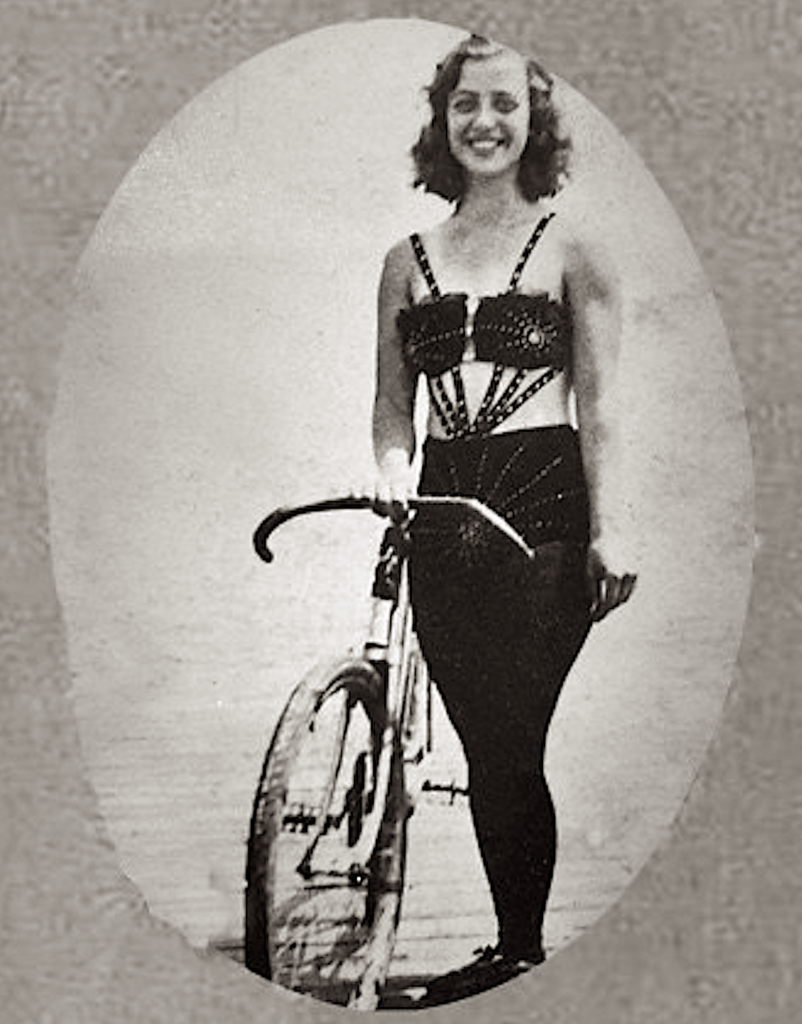
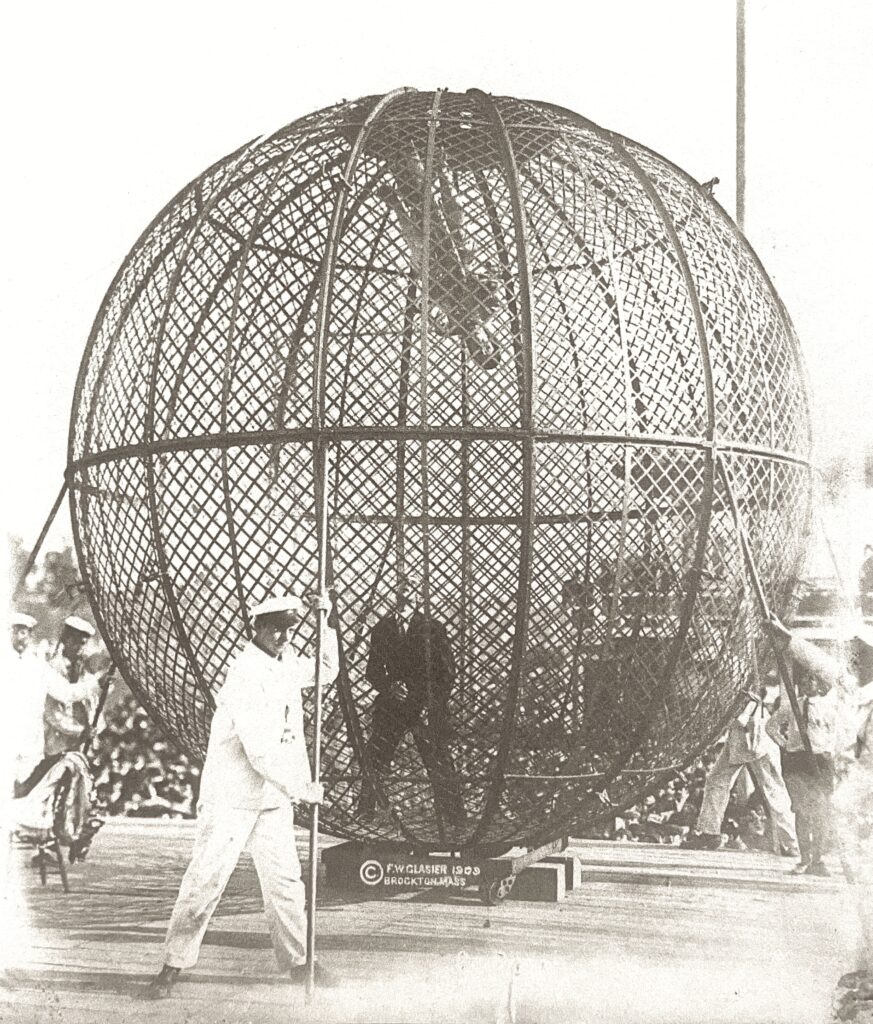


The Rarest of Racers: 1915 Indian 8-Valve
Say the words ‘8-Valve’ to a motorcycle collector and watch their ears perk up. That’s how potent the history of these exotic machines, built by both Indian and (later) Harley-Davidson, are in the story of American board track racing. It’s the most romantic era of motorcycle competition, mostly because of the extraordinary danger of the sport, it extreme toll on riders, and the bare-knuckles competition between brands that understood racing was the cheapest form of advertising. It was ‘Race on Sunday, sell on Monday’, and even if your star rider slipped on the two miles of oily pine 2x4s laid at a 50degree angle, and lost his life… well, that was a headline too. For a time in the 1910s, every major and many minor cities in the USA featured banked-track ovals with wooden surfaces, called either motordromes, autodromes, or board tracks. By the late 1920s they were all gone, destroyed by fires or bulldozers, and few missed the ‘murderdromes’, as they were dubbed in the press. Other forms of racing quickly supplanted the boards in the public’s imagination, with hillclimbing becoming the most popular motorsport in the USA by the late 1920s, and dirt track racing the most popular in the world.
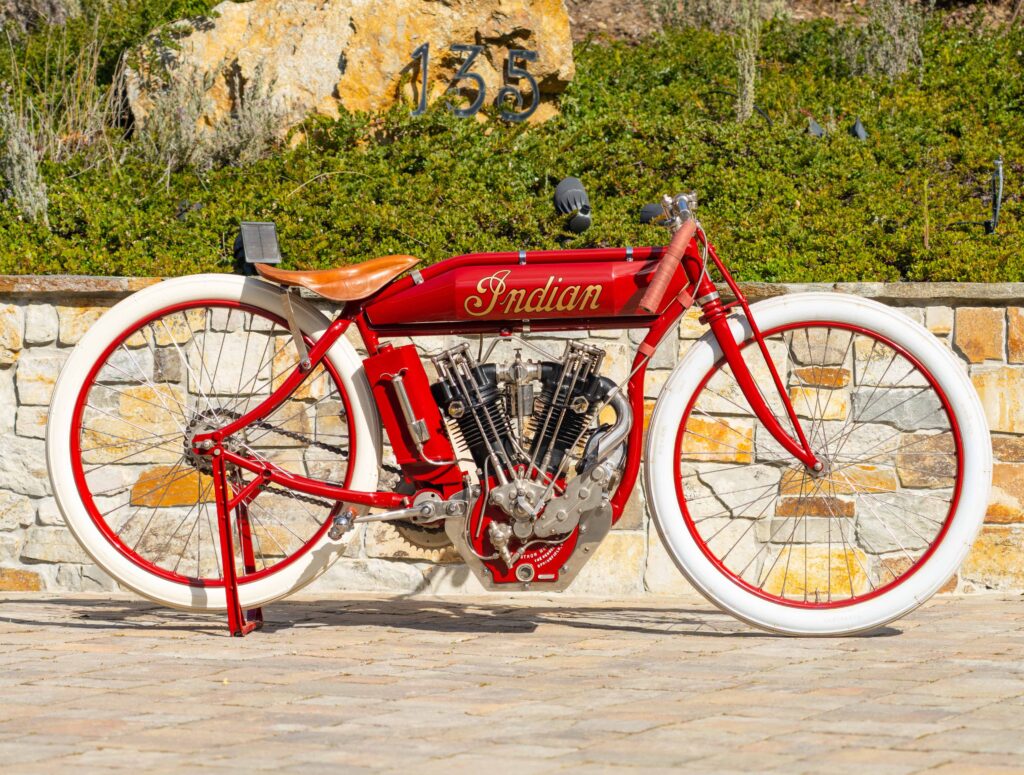
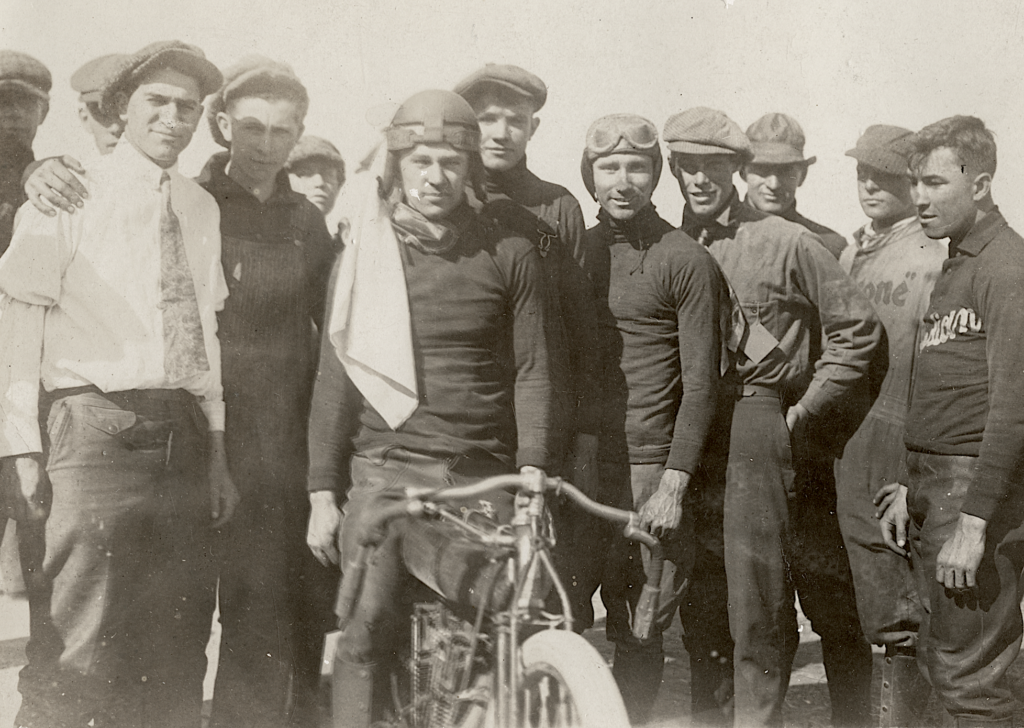
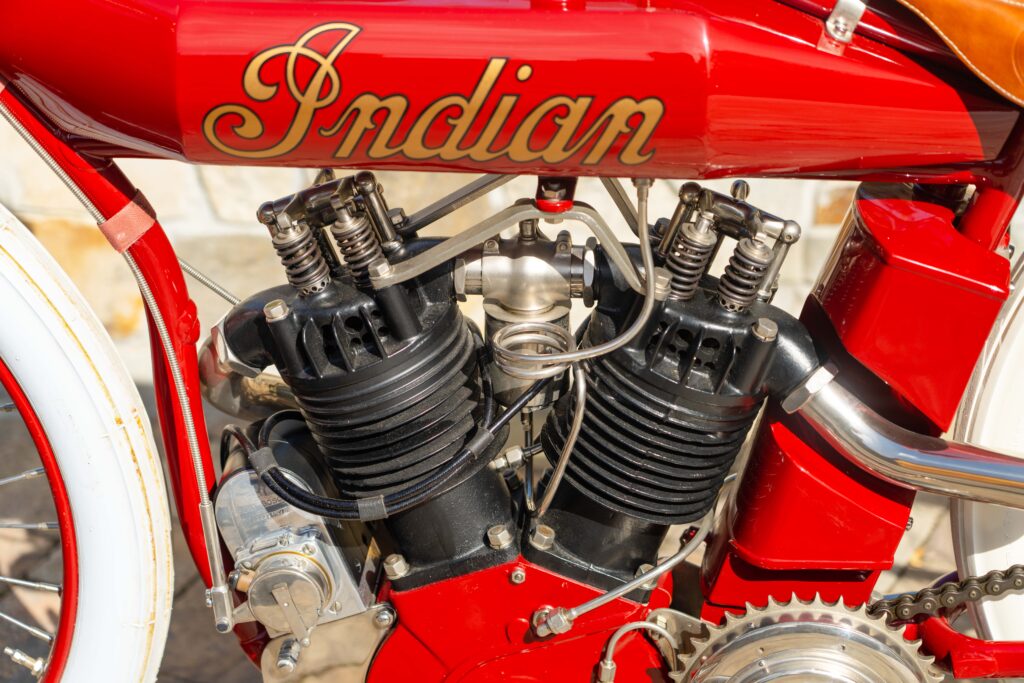
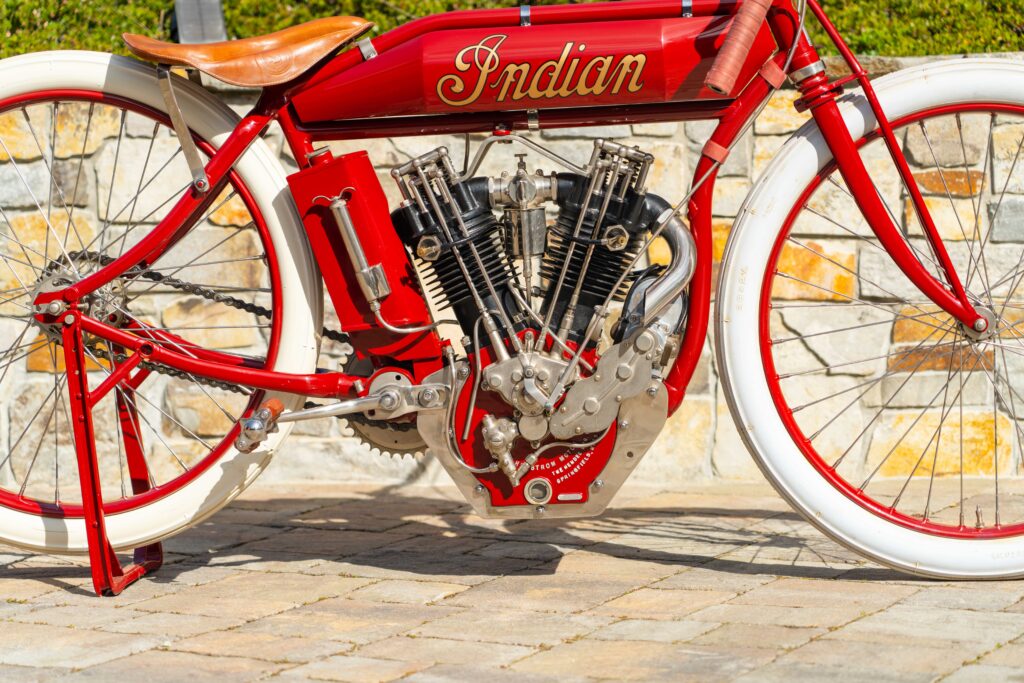
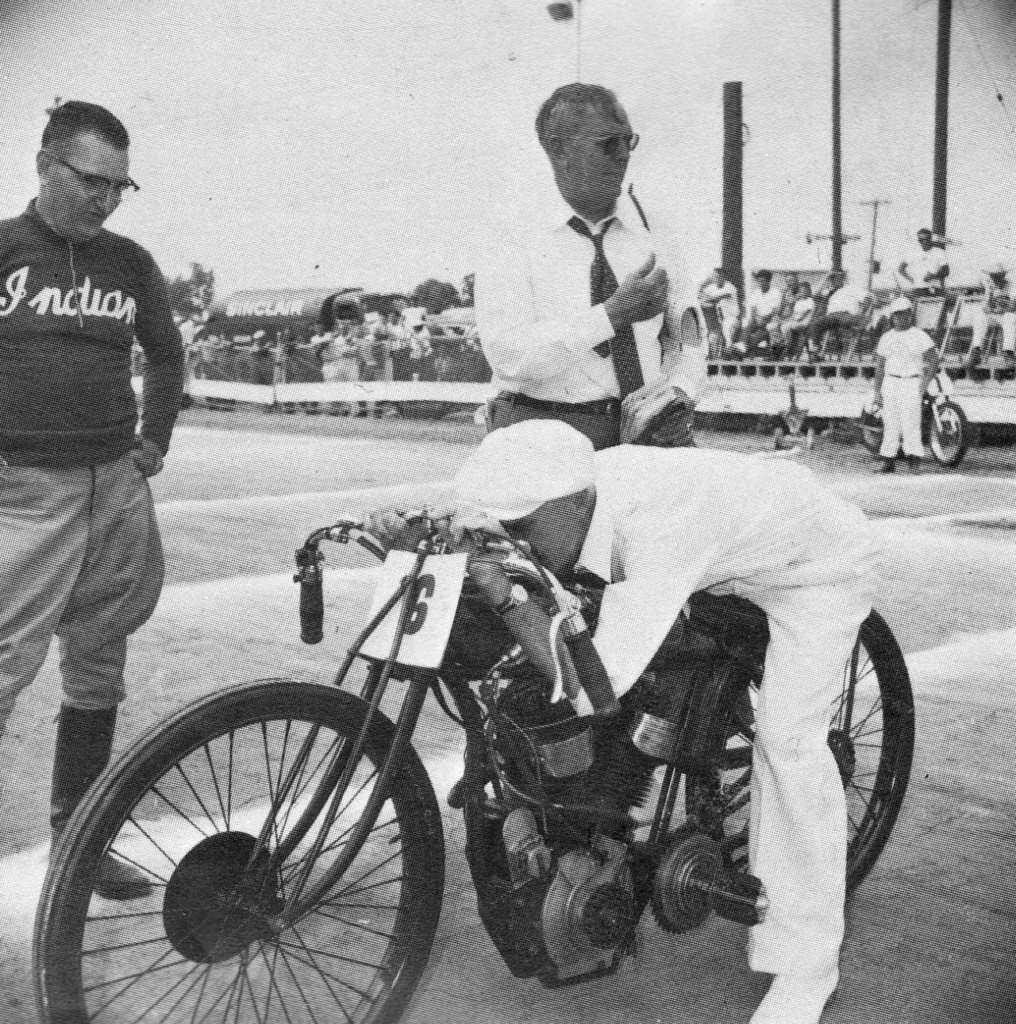

Do You Know the Monster Man?
[A version of this article originally appeared in Cycle World magazine]
Legendary motorcycle designer Miguel Galluzzi is as refreshingly direct as his most famous creation, the Ducati M900 ‘Monster’. When it was released in 1993, the bare-bones Monster was considered revolutionary, which speaks more about 1990s sportbike design than its status as the ‘first naked bike’. Regardless that motorcycle history was, like Eden, pretty much all naked, the mantra of ‘90s sporting motorcycles was all-plastic-everything, and Galluzzi landed in the thick of it, after a stint designing cars at GM/Opel in Germany. “I was getting fed up with the car business; each project took 10 years to develop – just too long. My boss Hideo Kodama heard that Soichiro Honda wanted a Honda motorcycle design studio in Milan, to understand how things were done in Italy. They hired me to start the studio in 1987”.


Artists have been messing around with Xerox machines since they were invented, so it's only appropriate a legendary motorcycle design was developed on Xerox too. Enjoy 'Photocopy Cha Cha' (2001) by Chel White, a film made entirely from sheets of color Xerox paper. [Bent Image Lab]
The Monster’s birth was midwifed by an early ‘90s high tech device - a color copier. “We had the first color Xerox machine at our office, so I copied magazine photos of a bare chassis, and drew some simple lines with minimal bodywork, like bikes had been since the beginning of time. The form of what a bike should be; just enough to enjoy the ride.” In the summer of 1990 Galluzzi asked his boss if he could pick up some parts at Ducati. The 851 had just come out, and it was blowing people’s minds – the first twin-cylinder sportbike that could rev to 10,000 RPM. “I built a raw special using all factory parts, but the 4V engine was too expensive for my project. But we had plenty of 900ss motors lying around; it was affordable stuff, which meant a bike could be much cheaper. That was the beginning of the Monster”.
